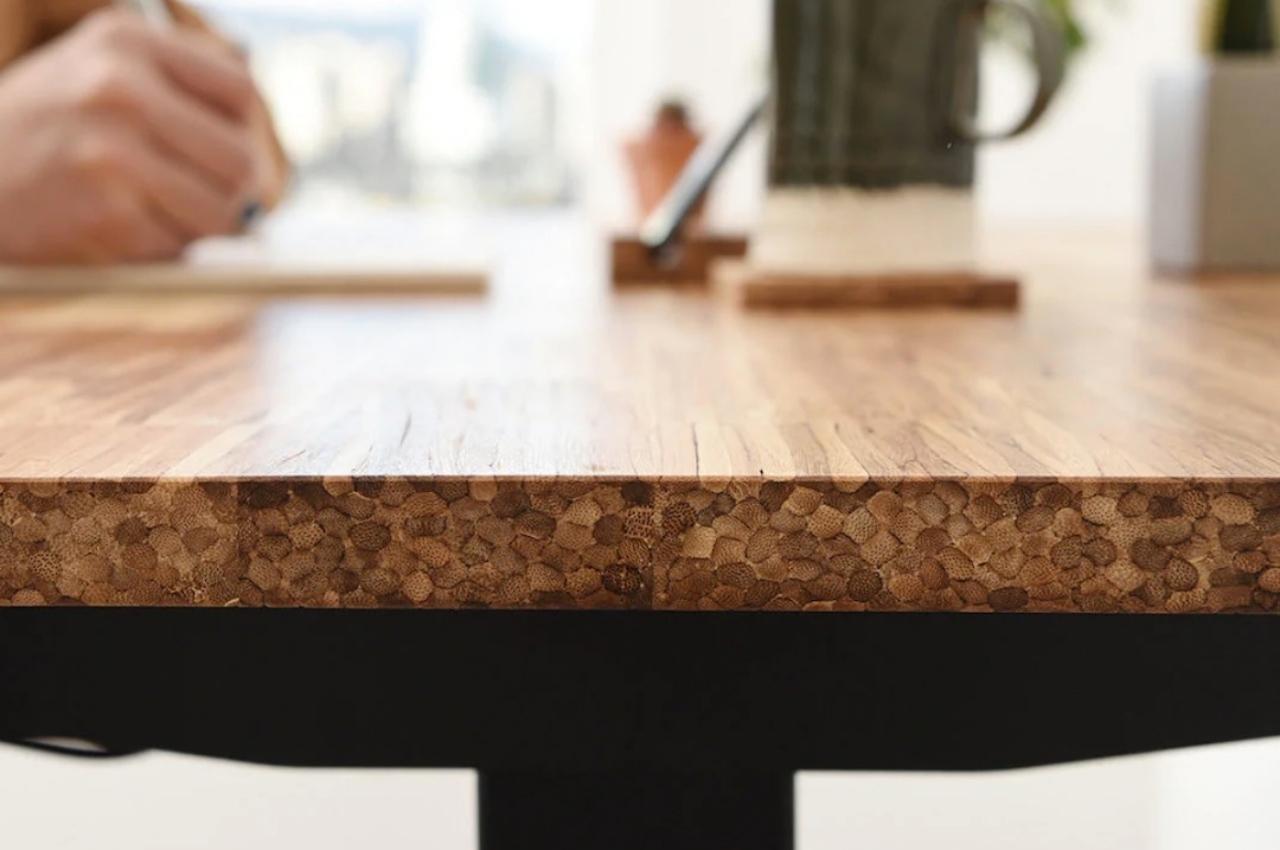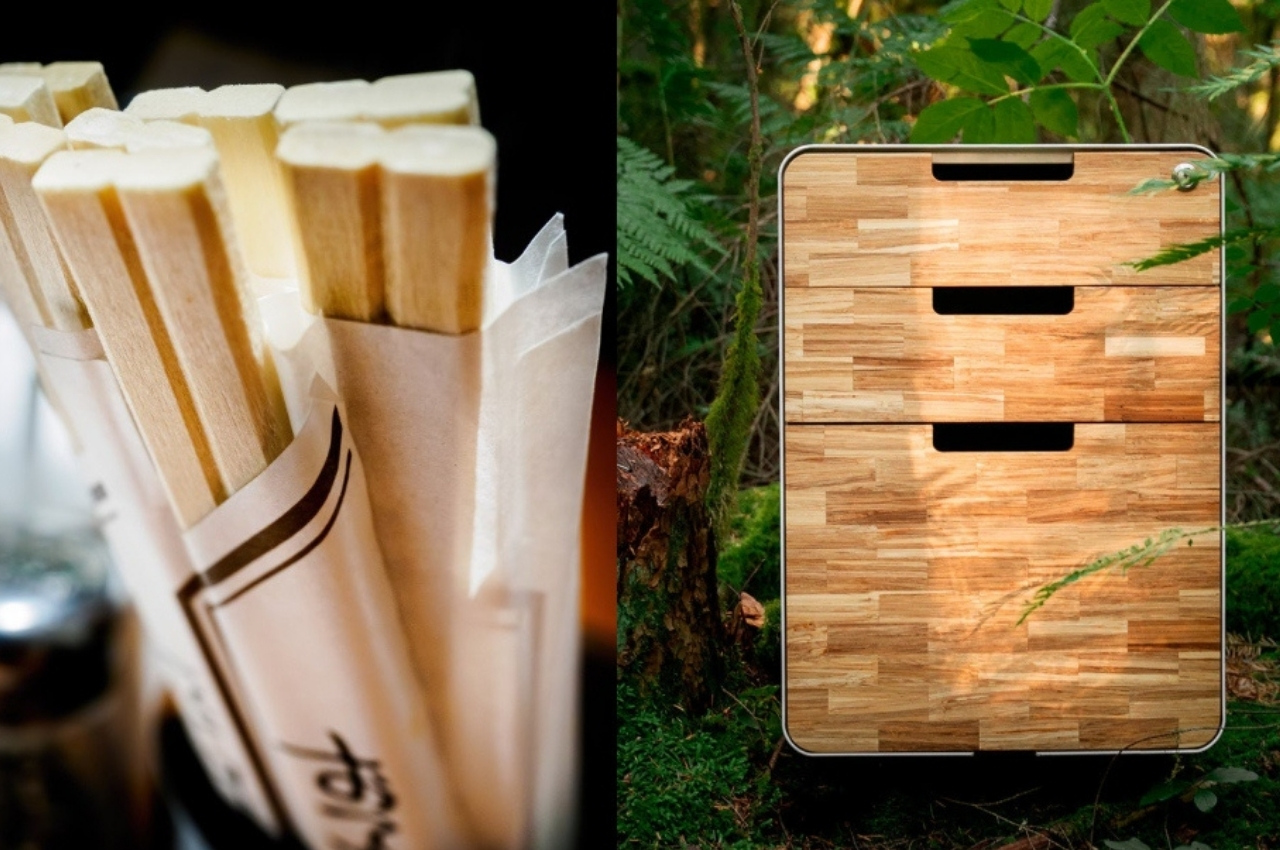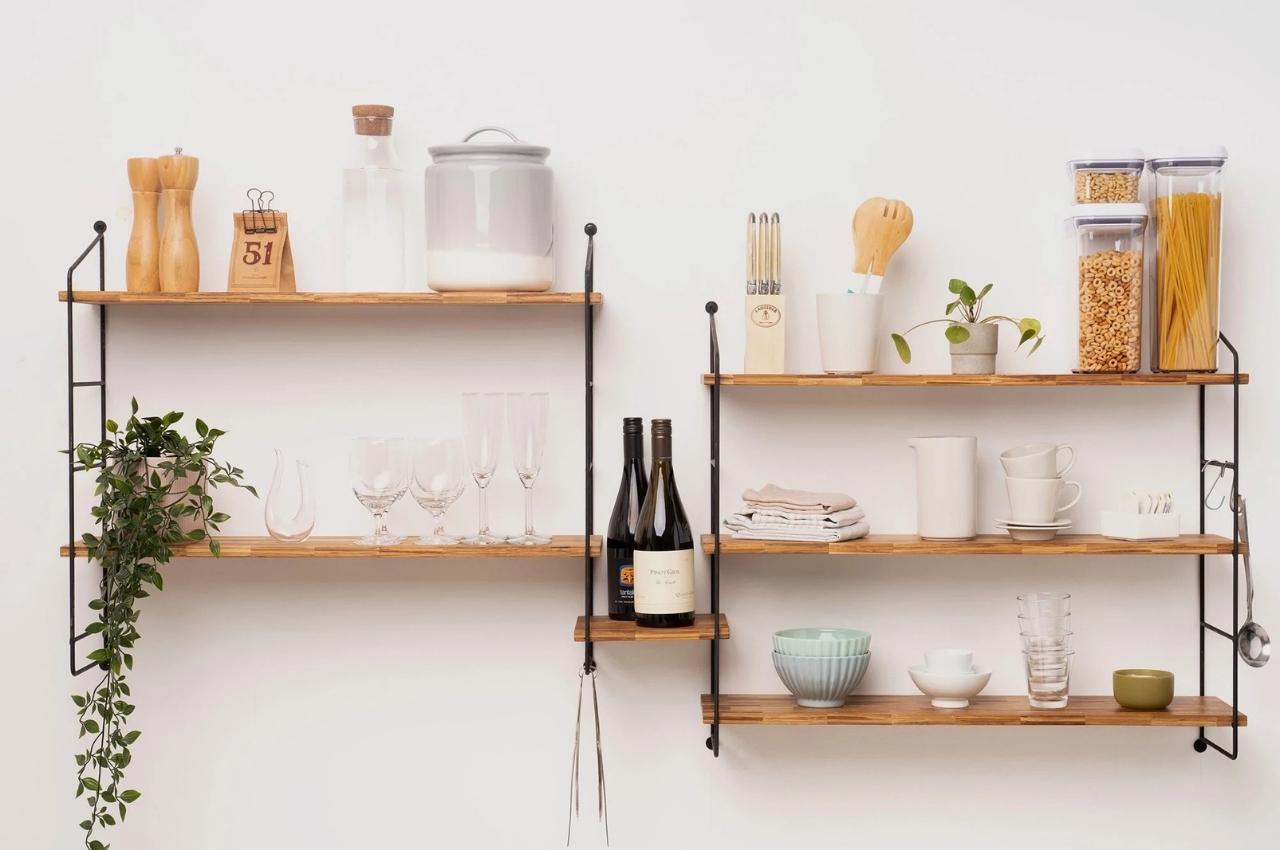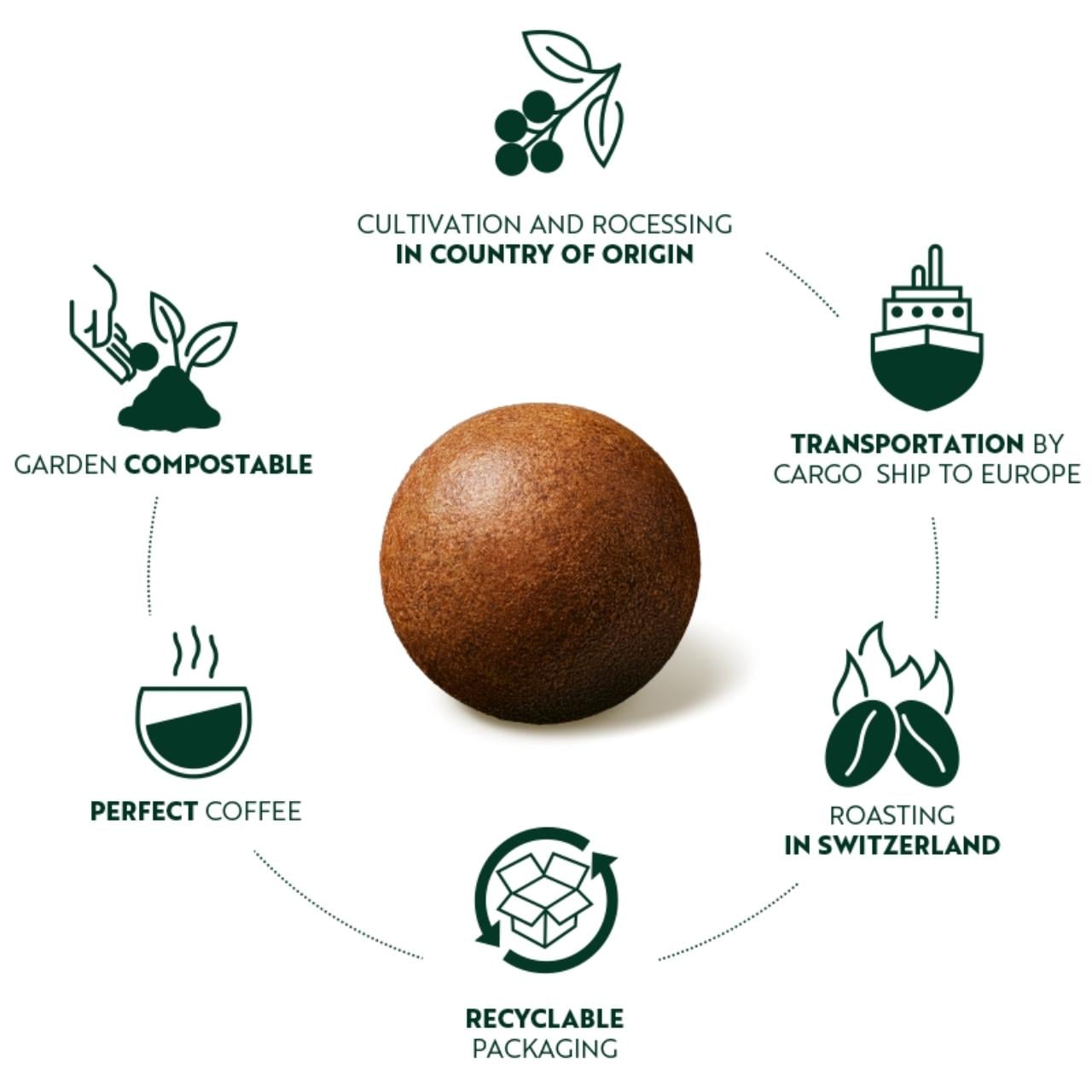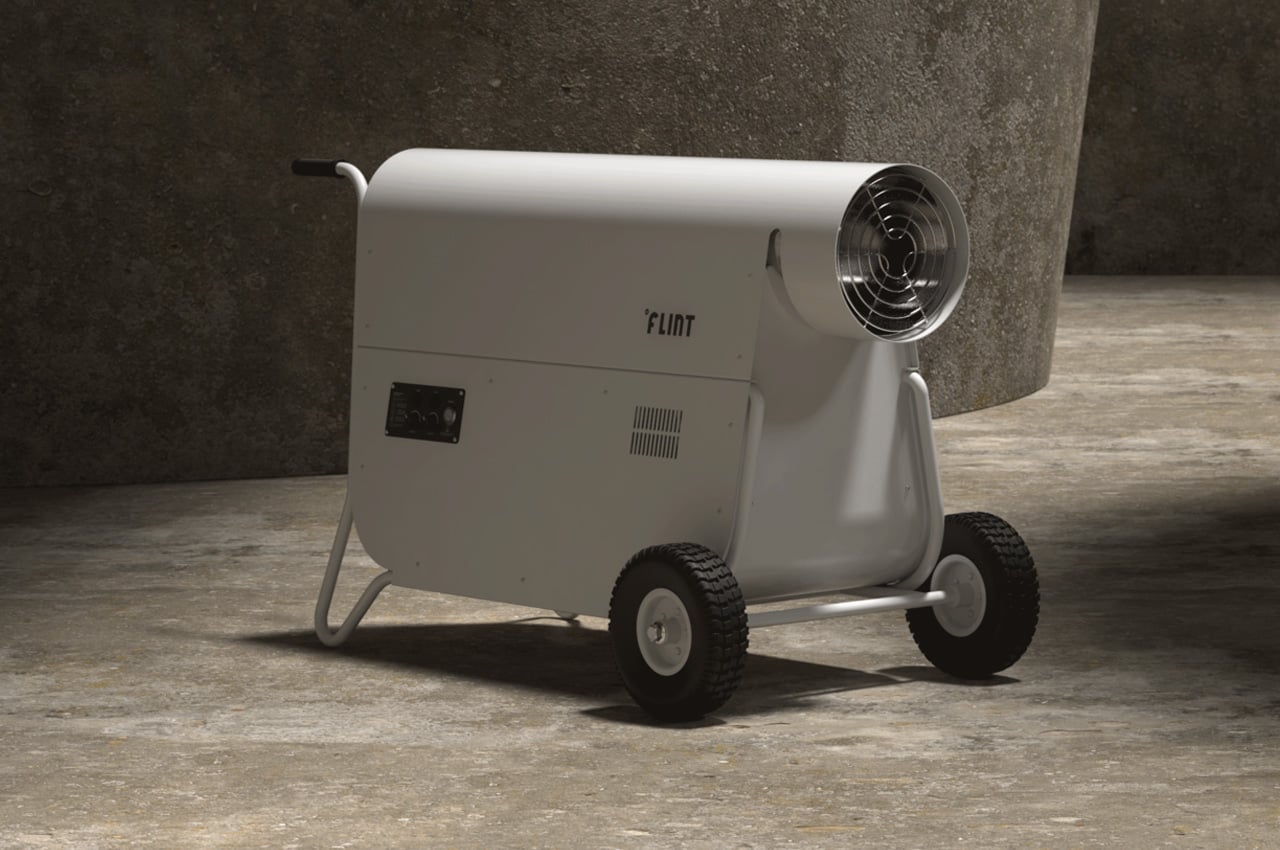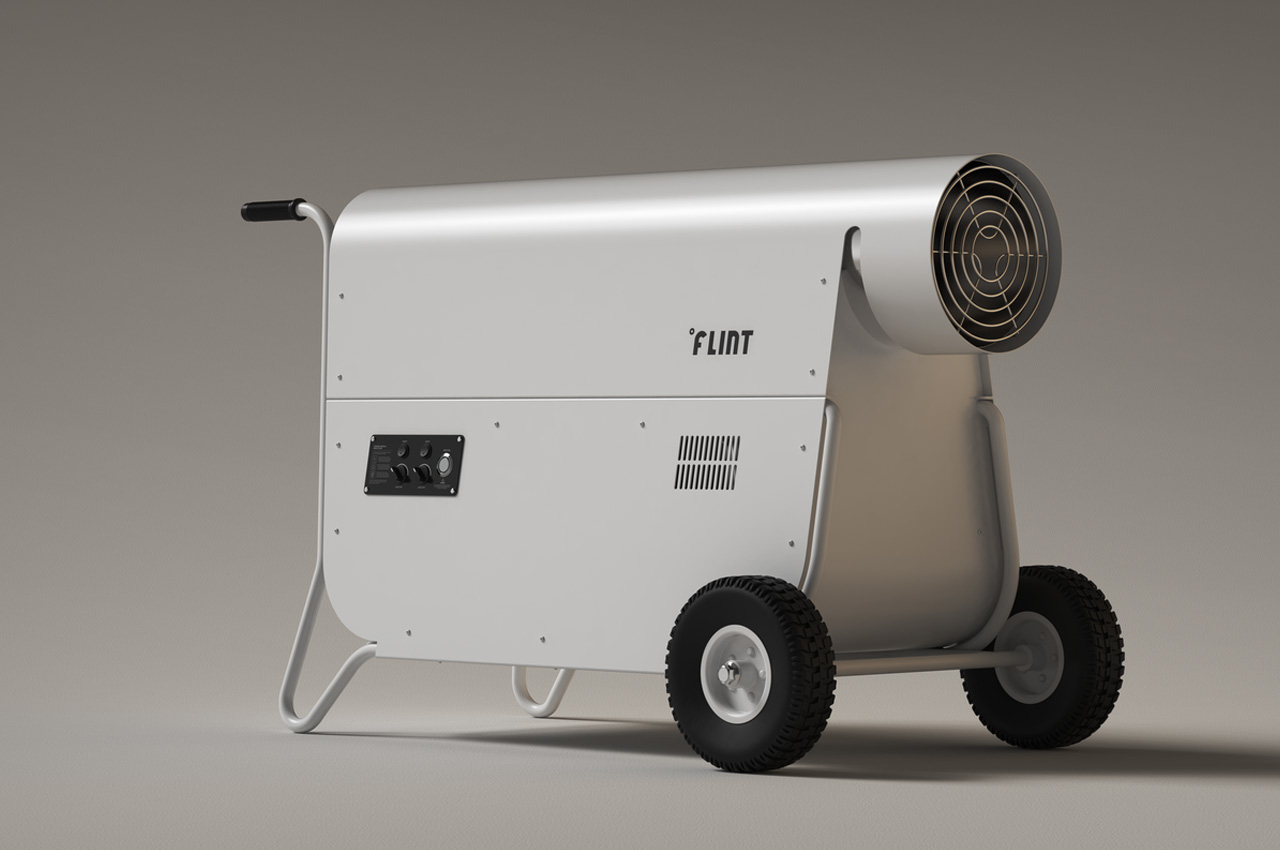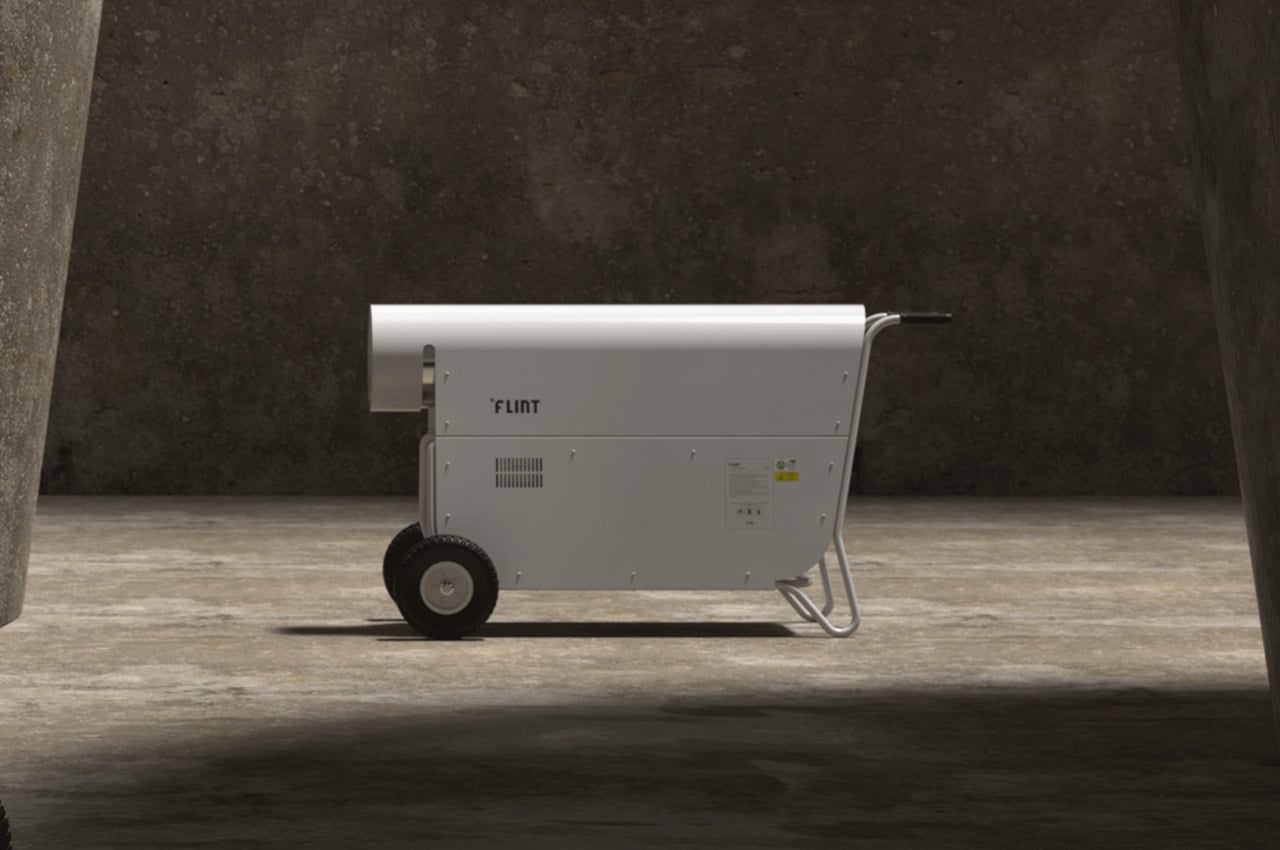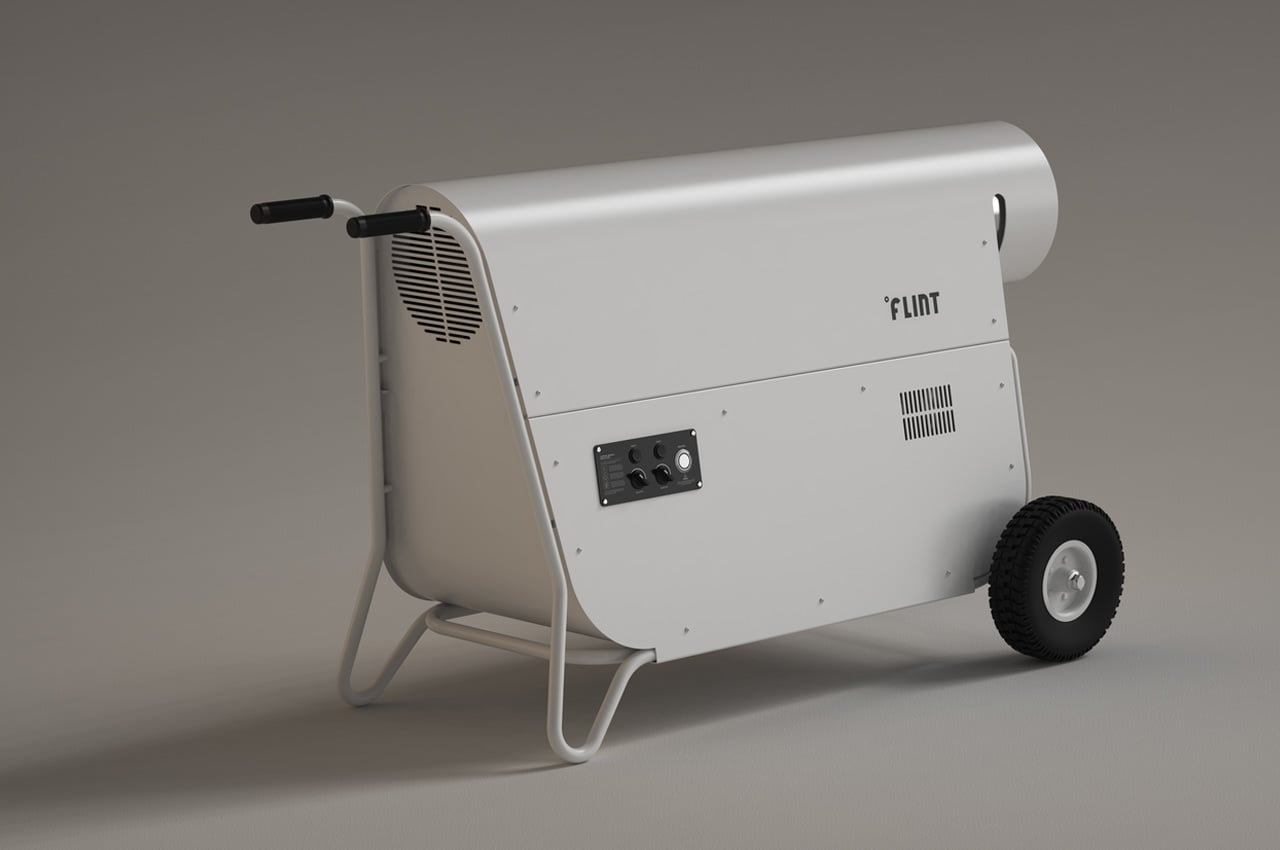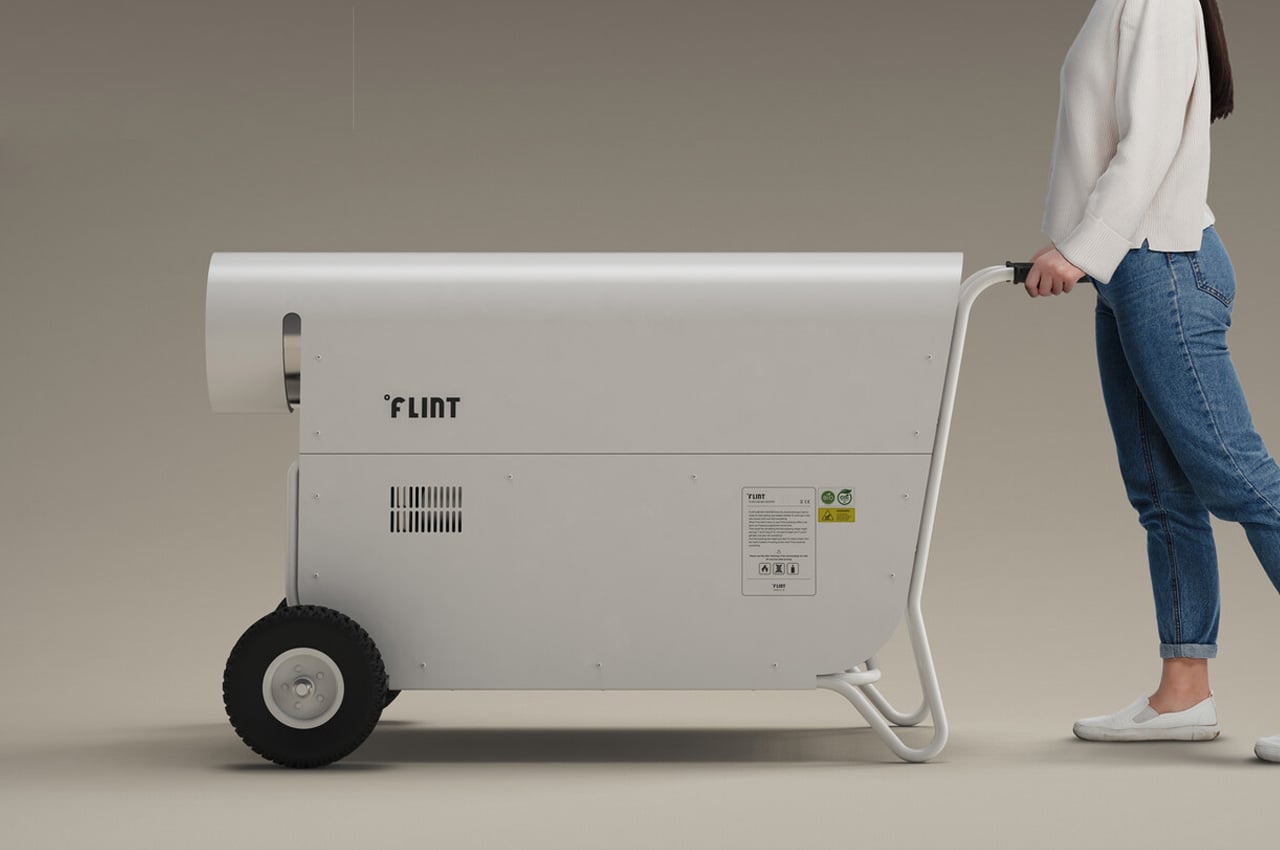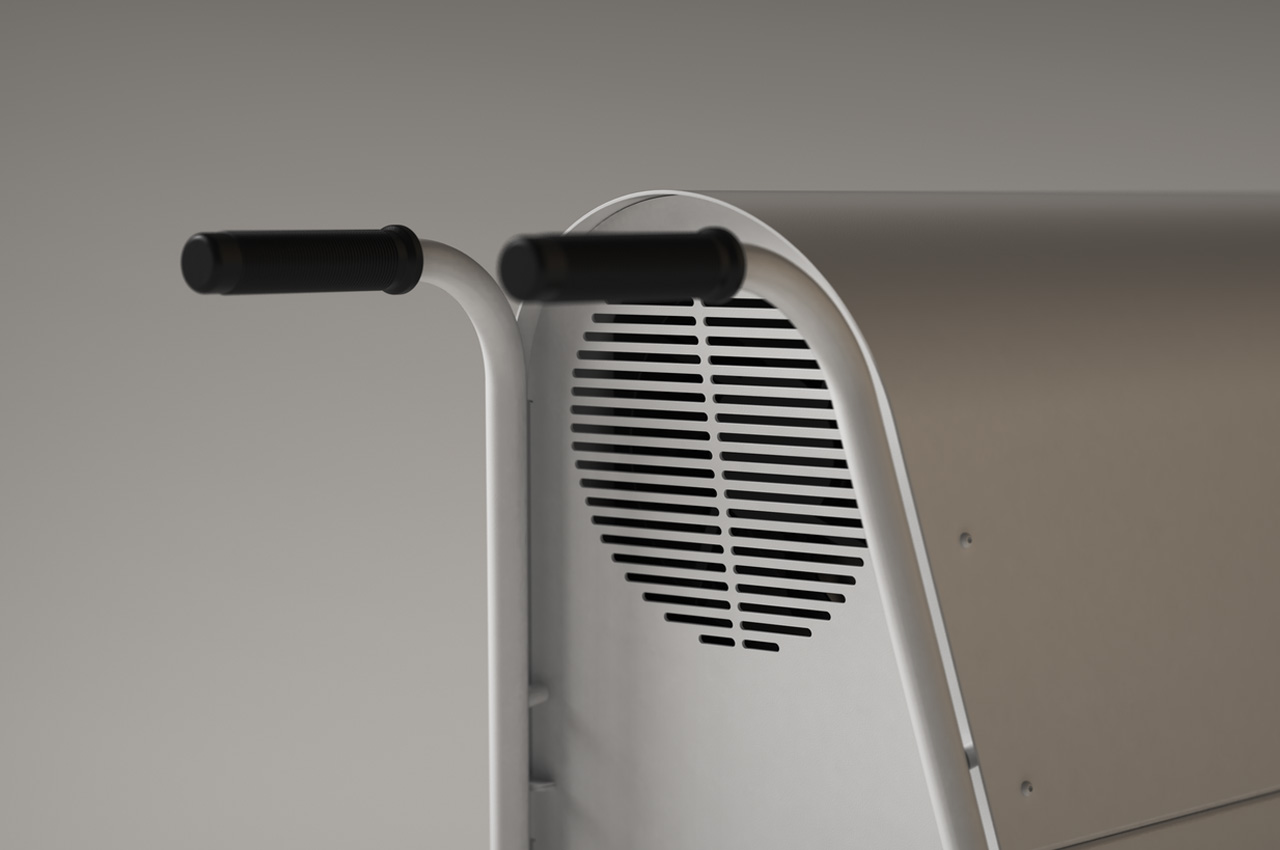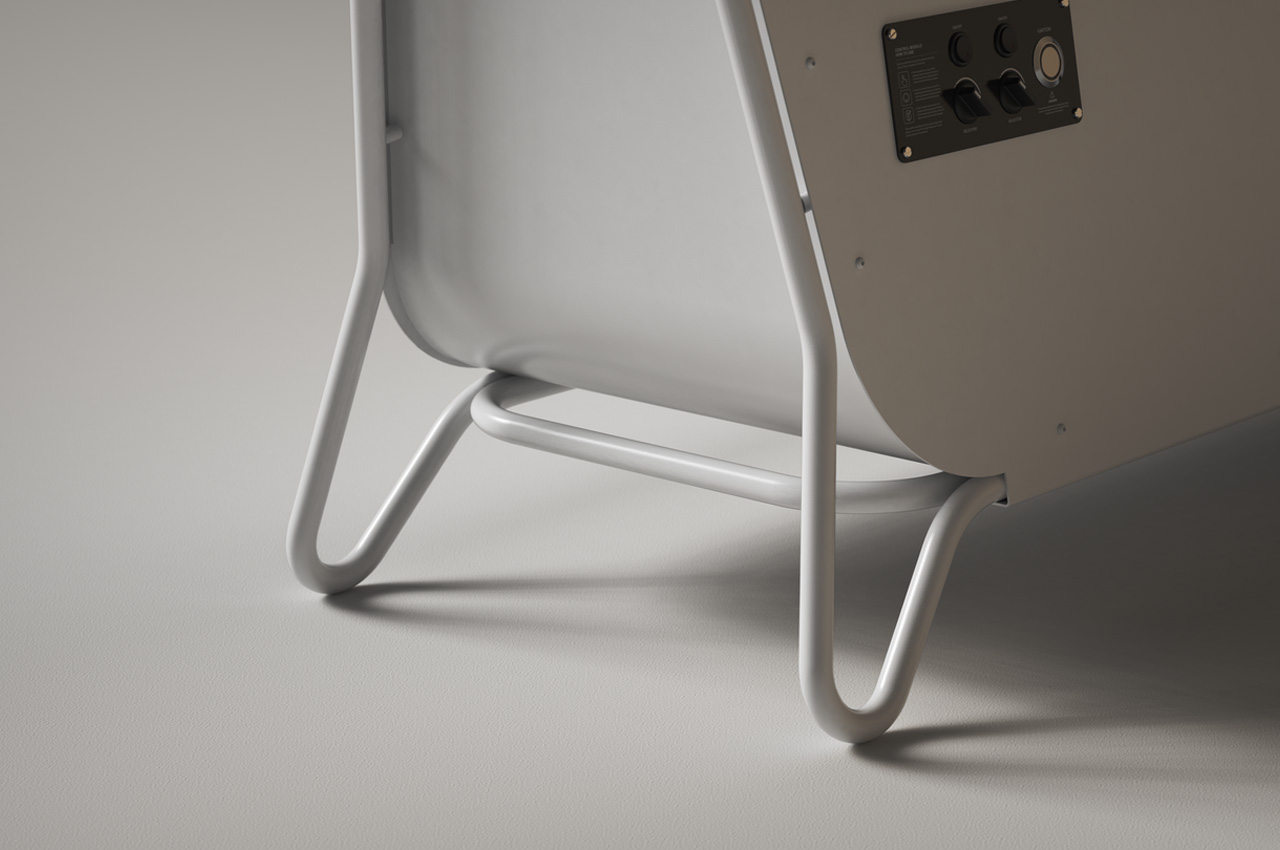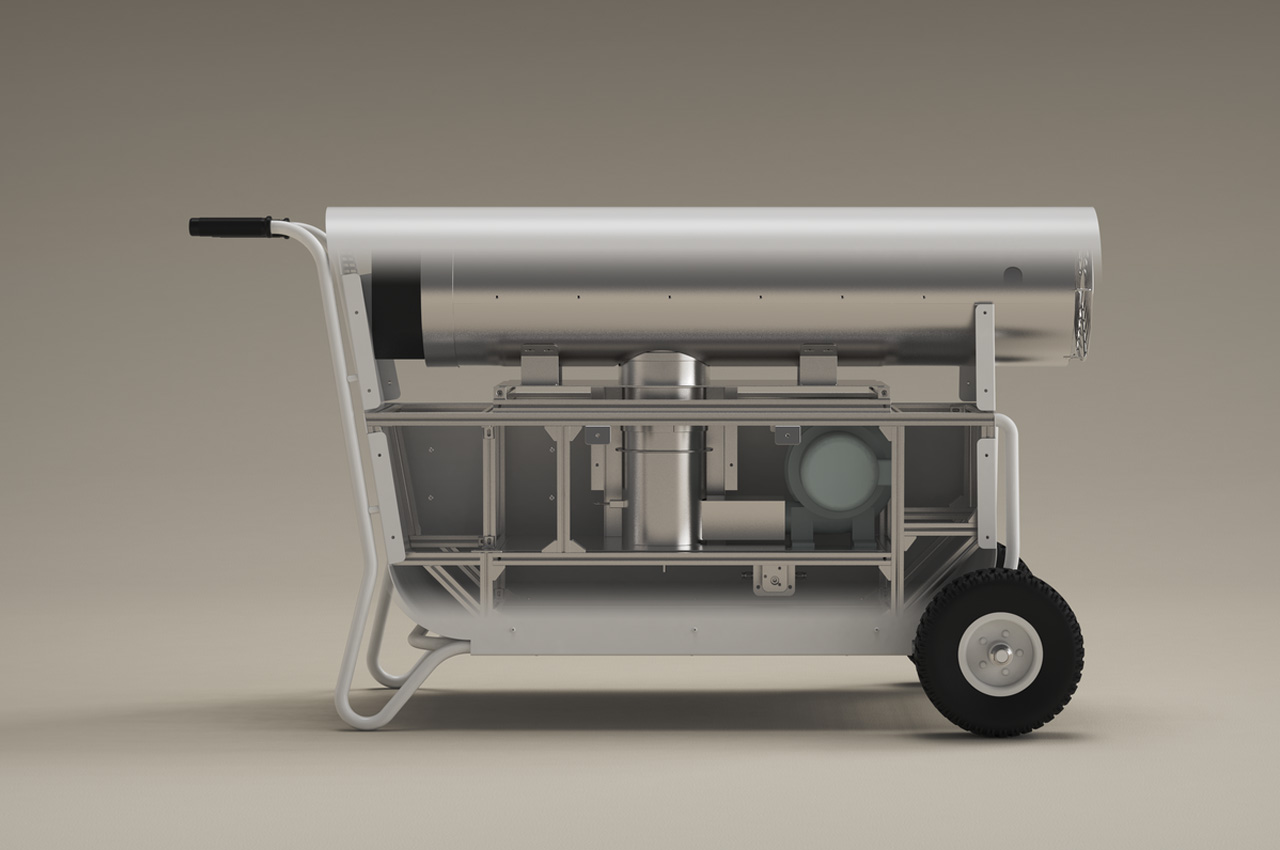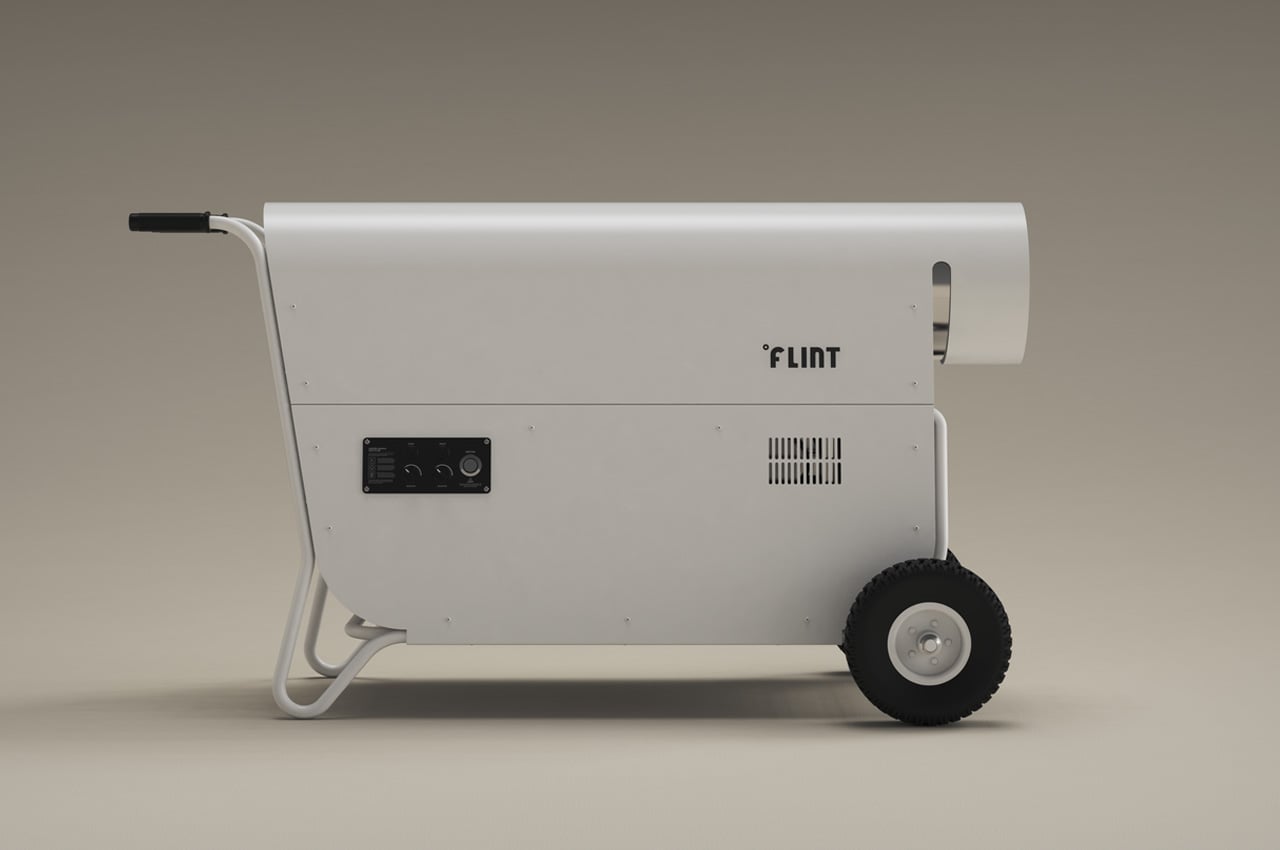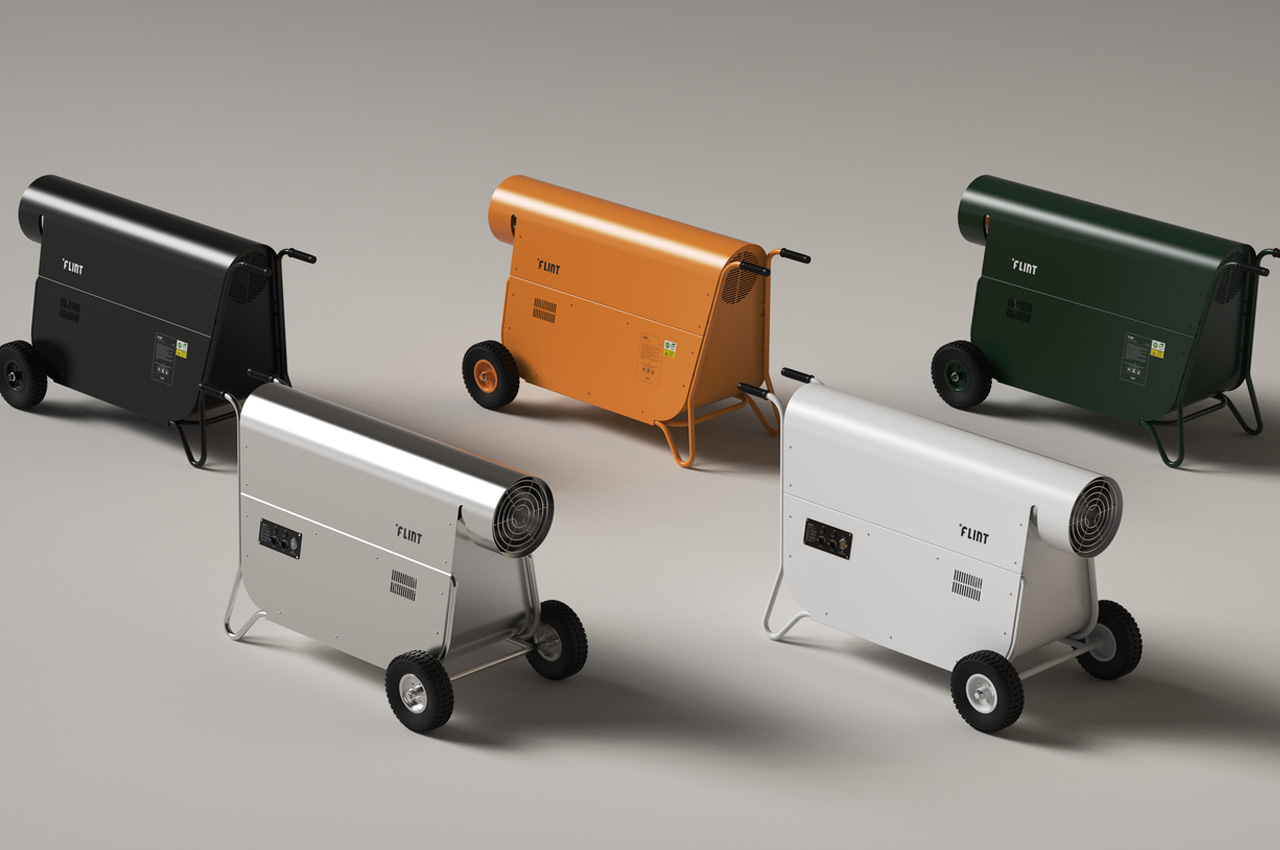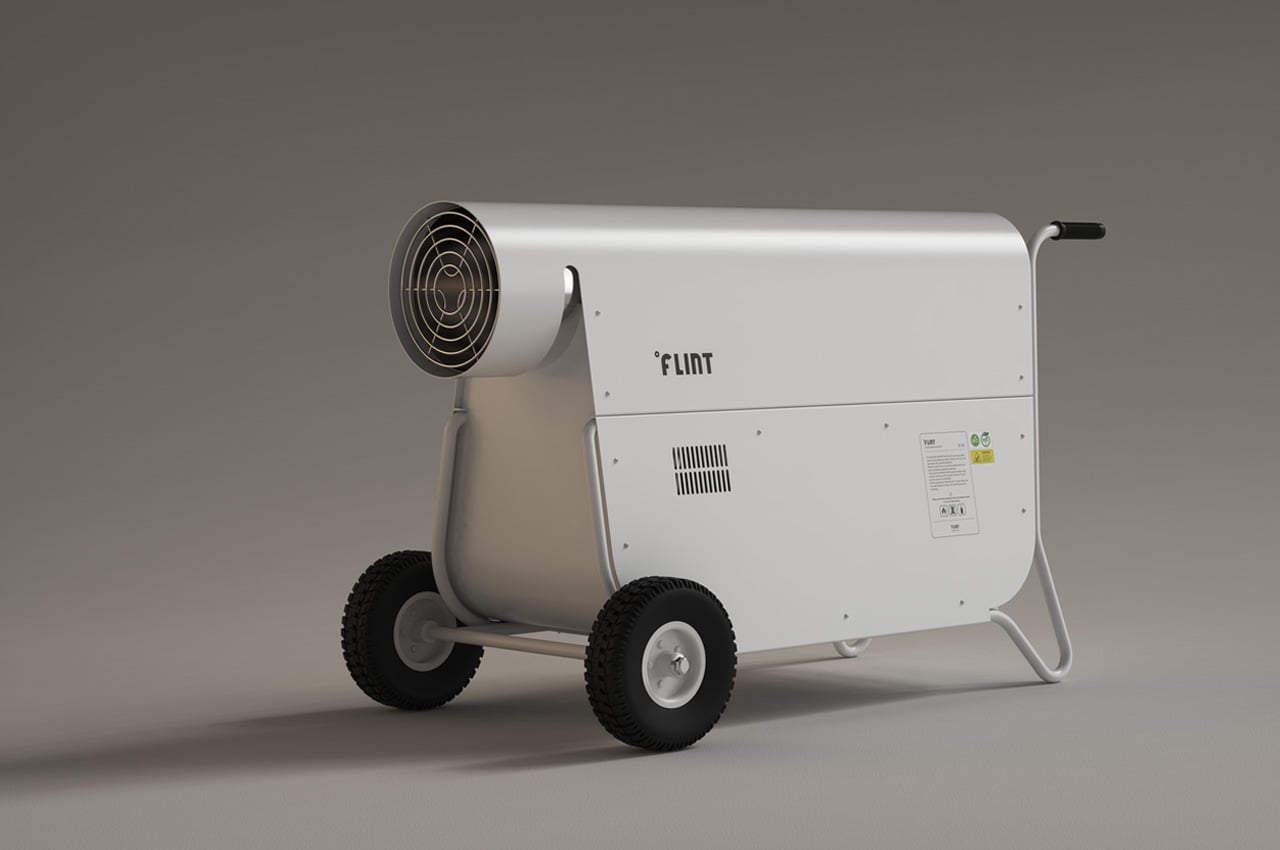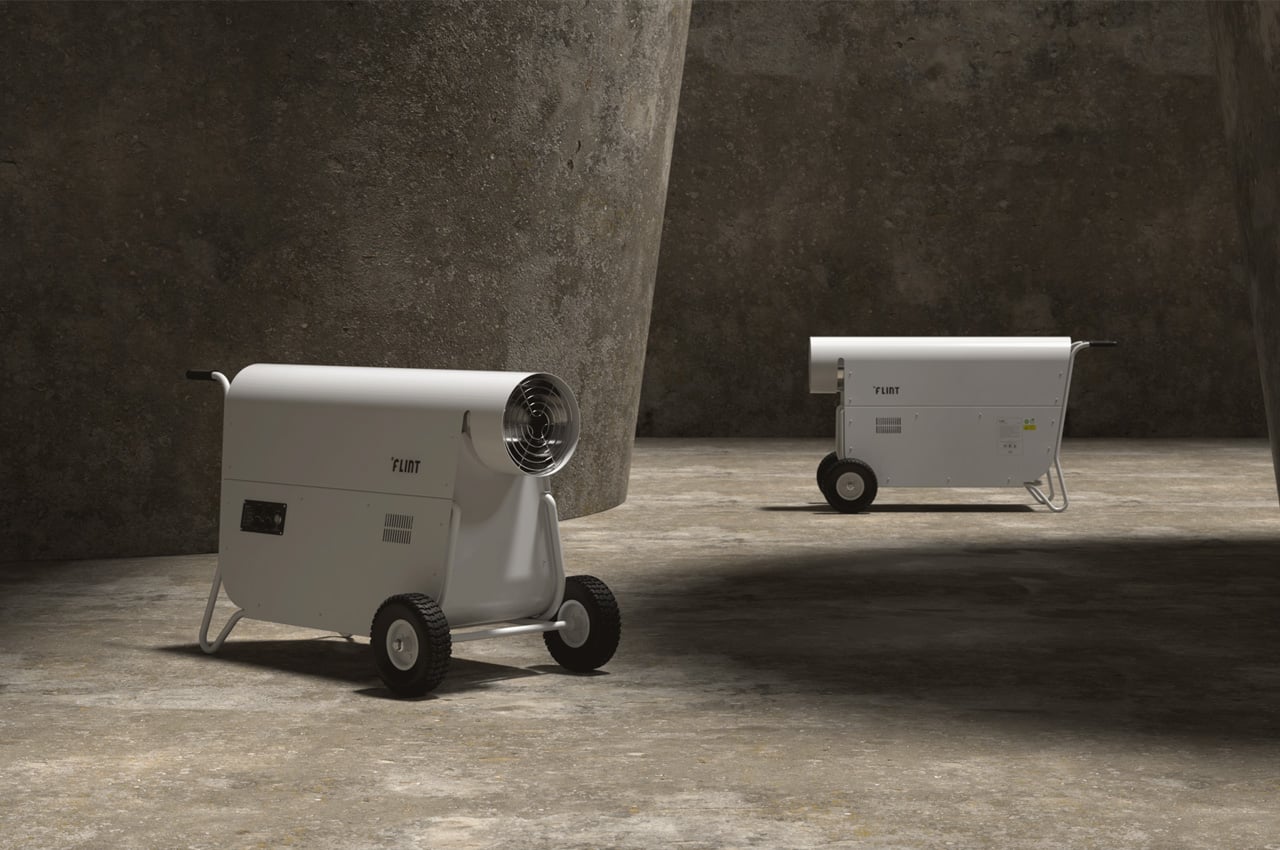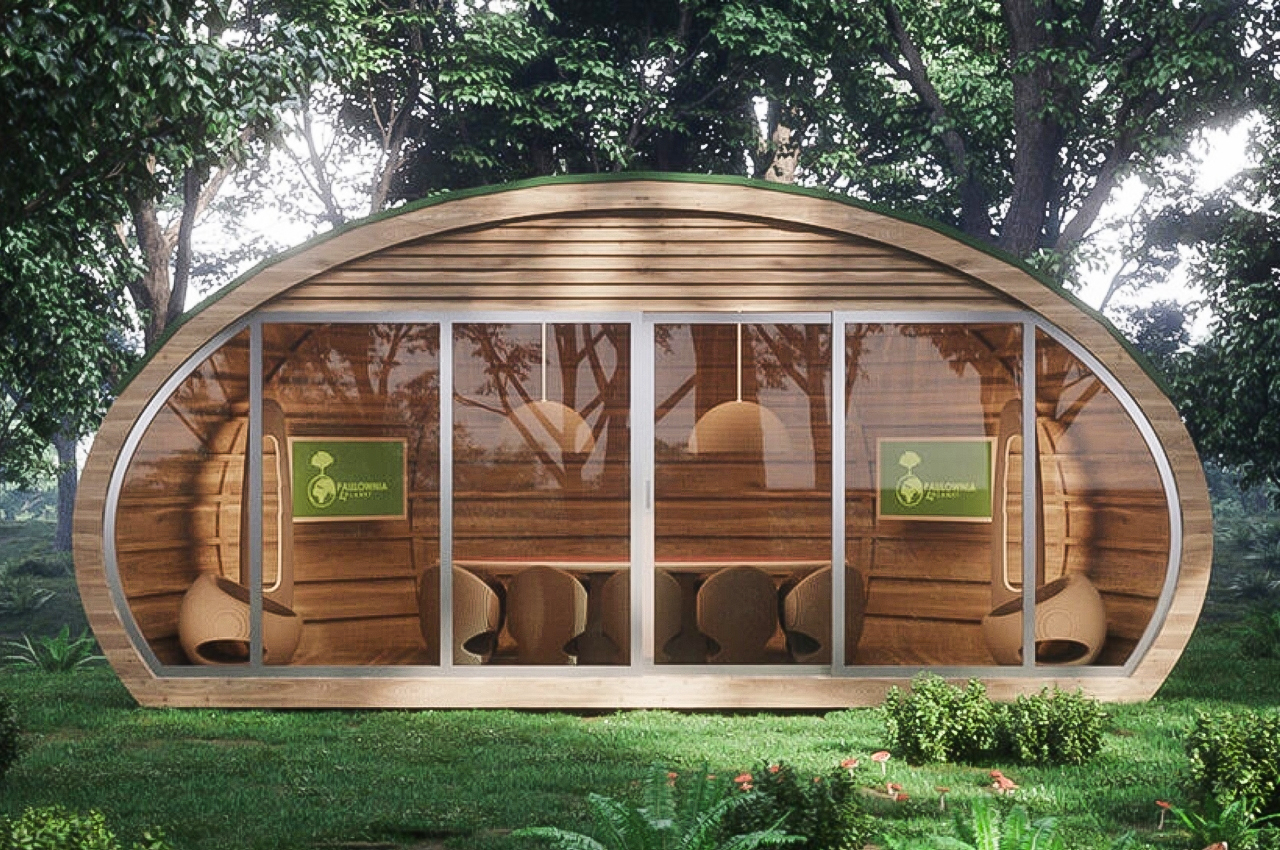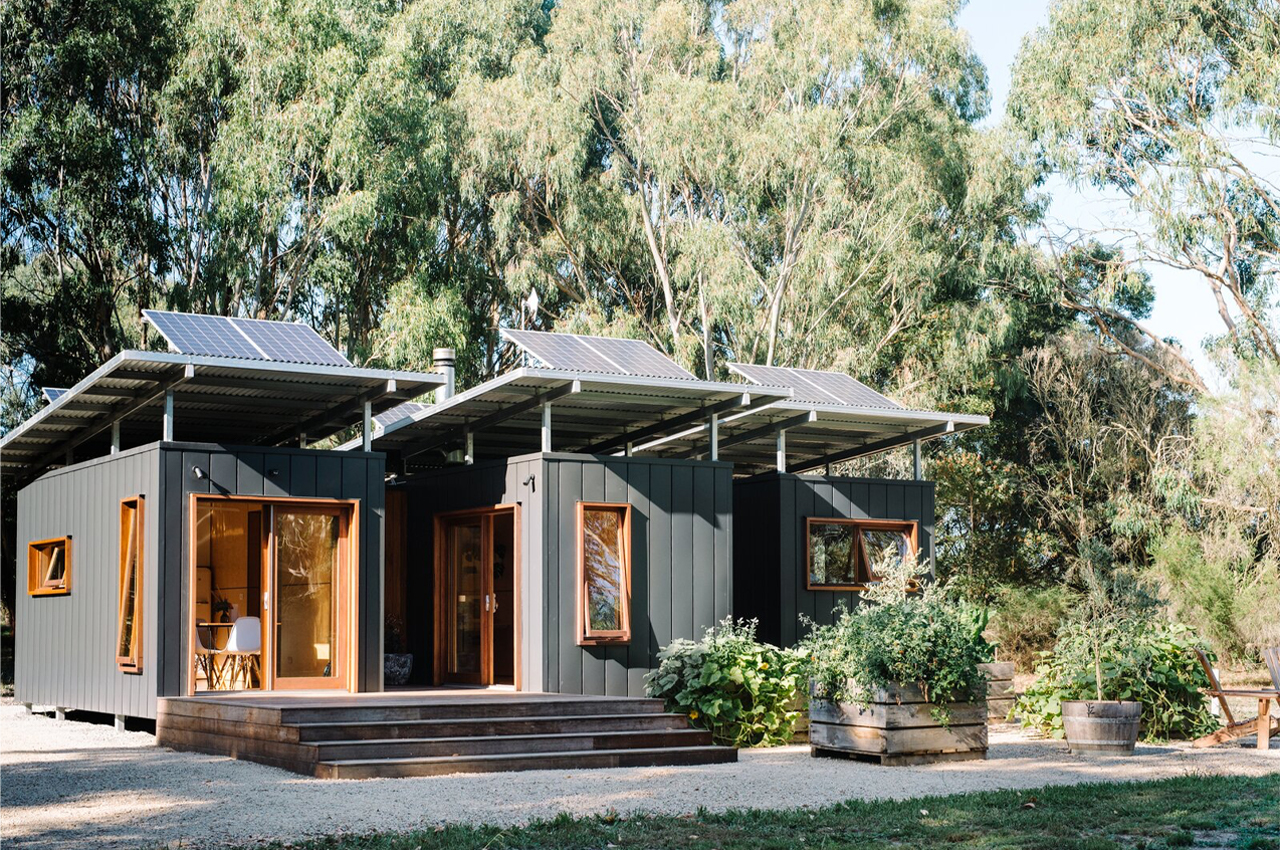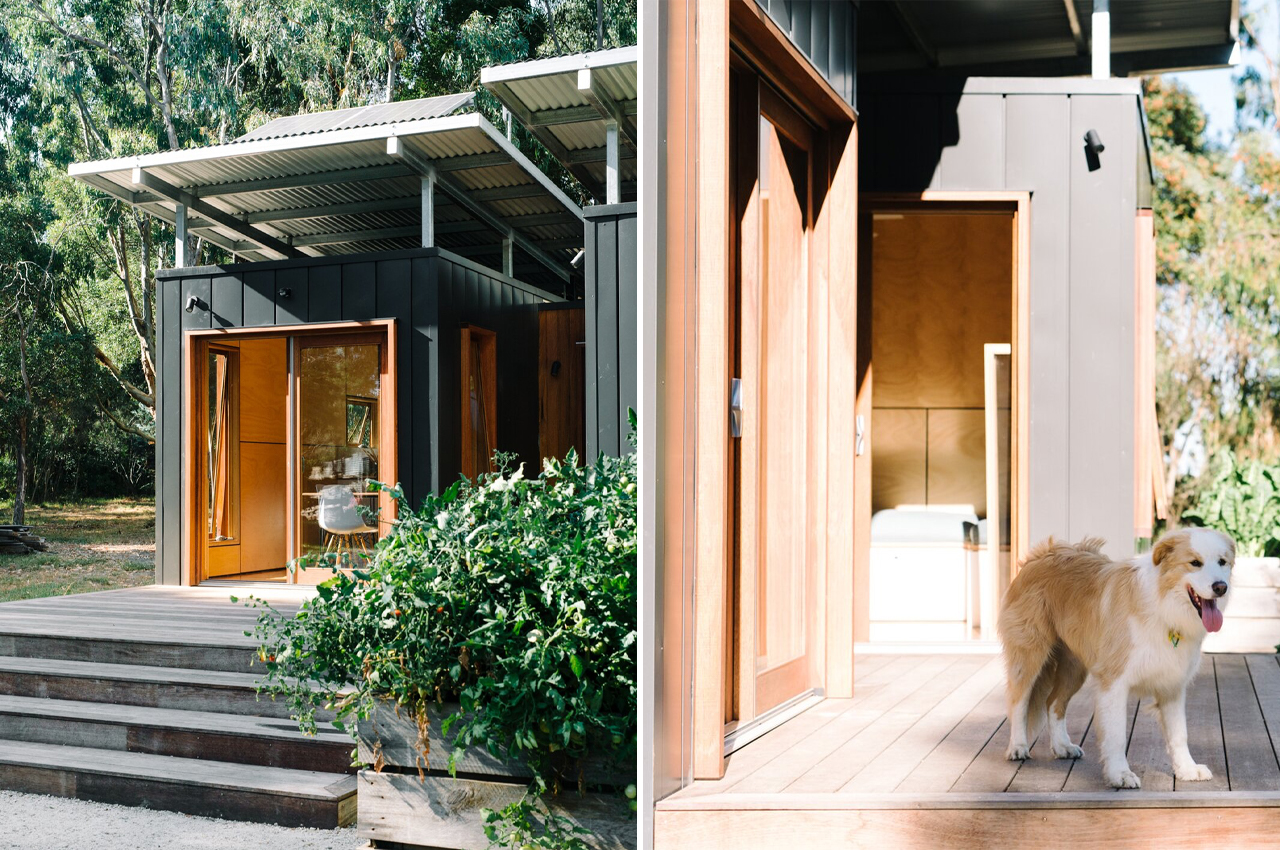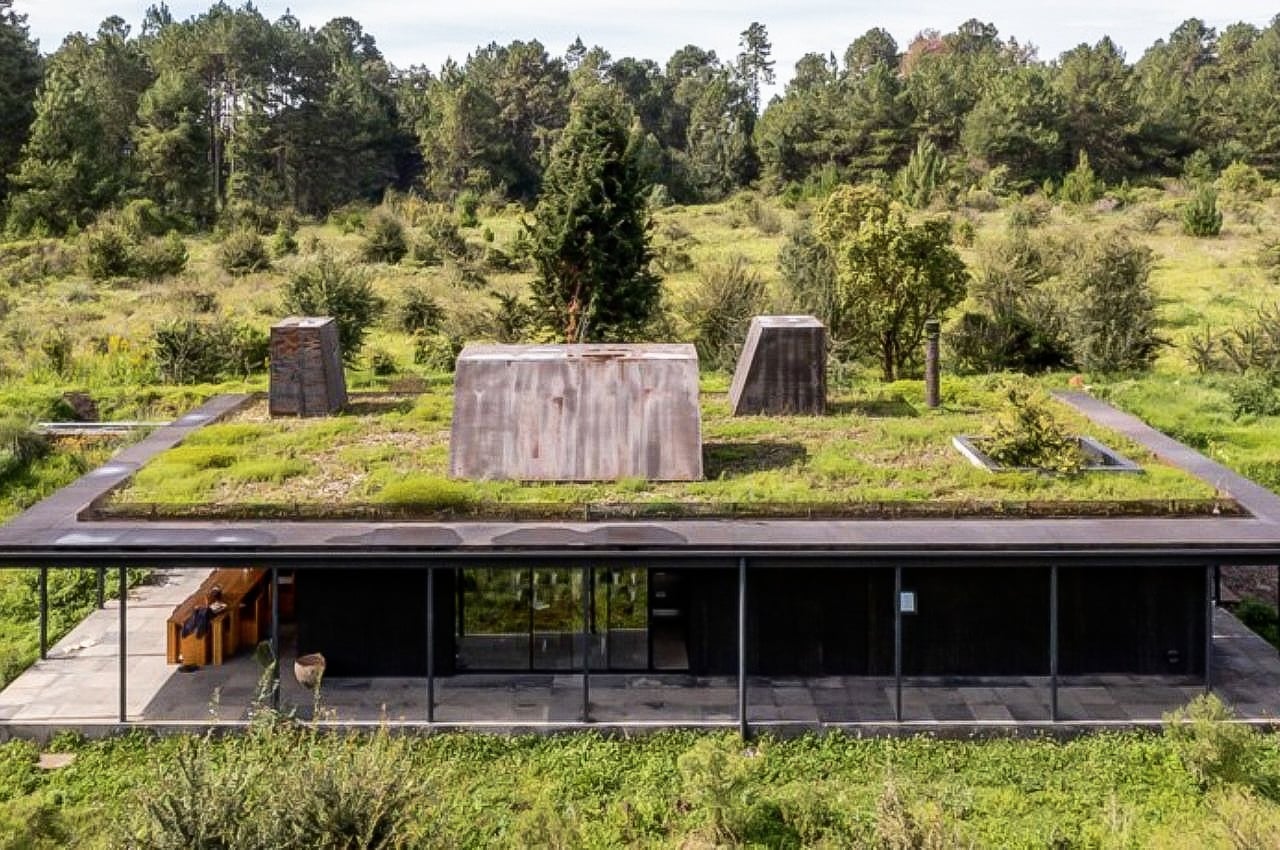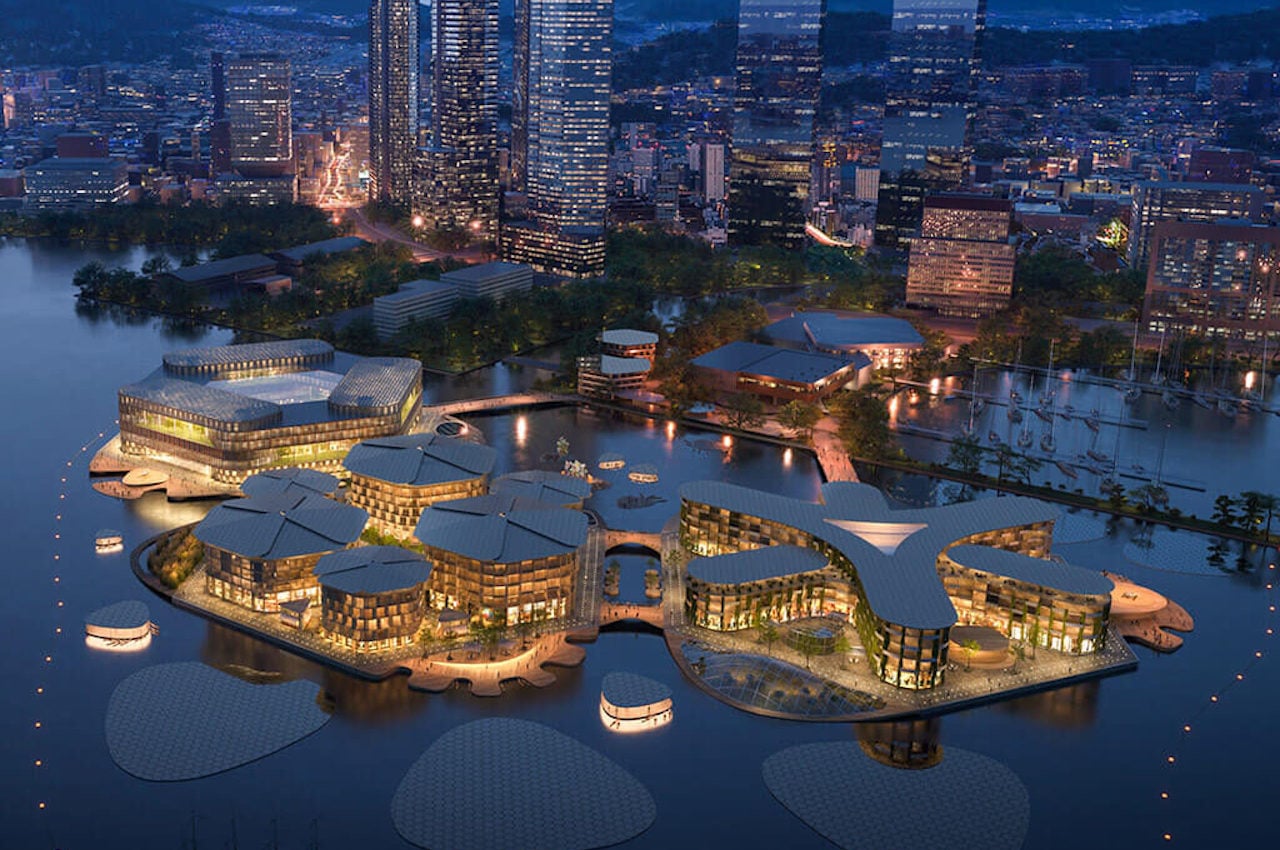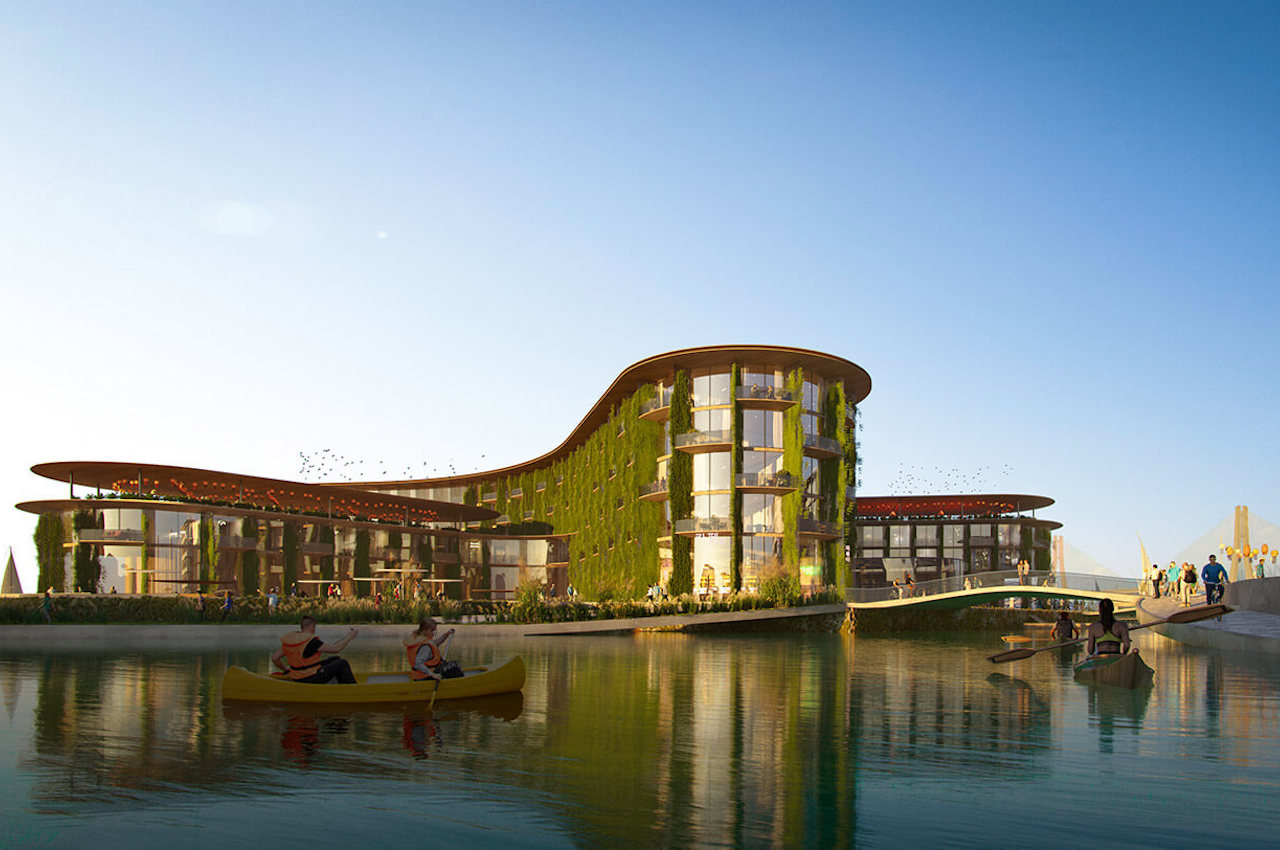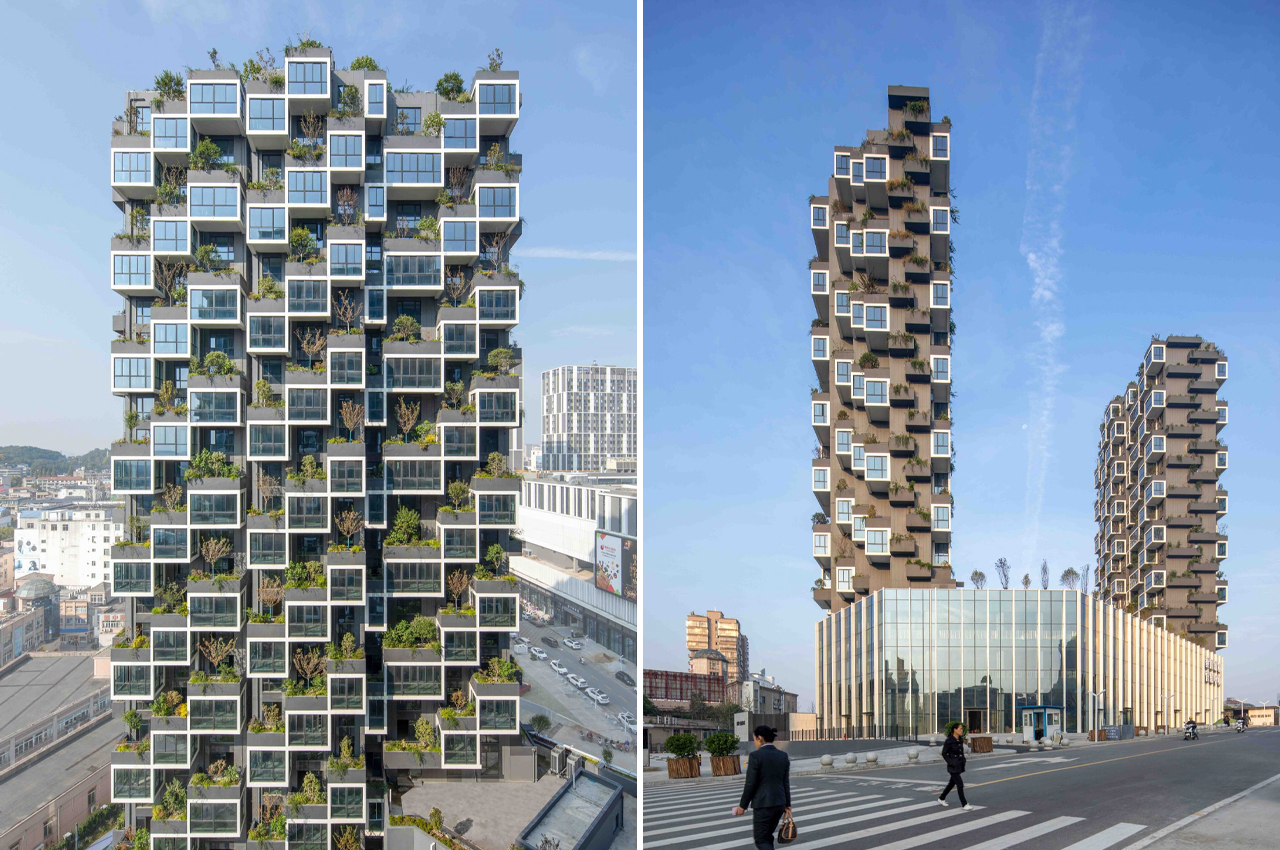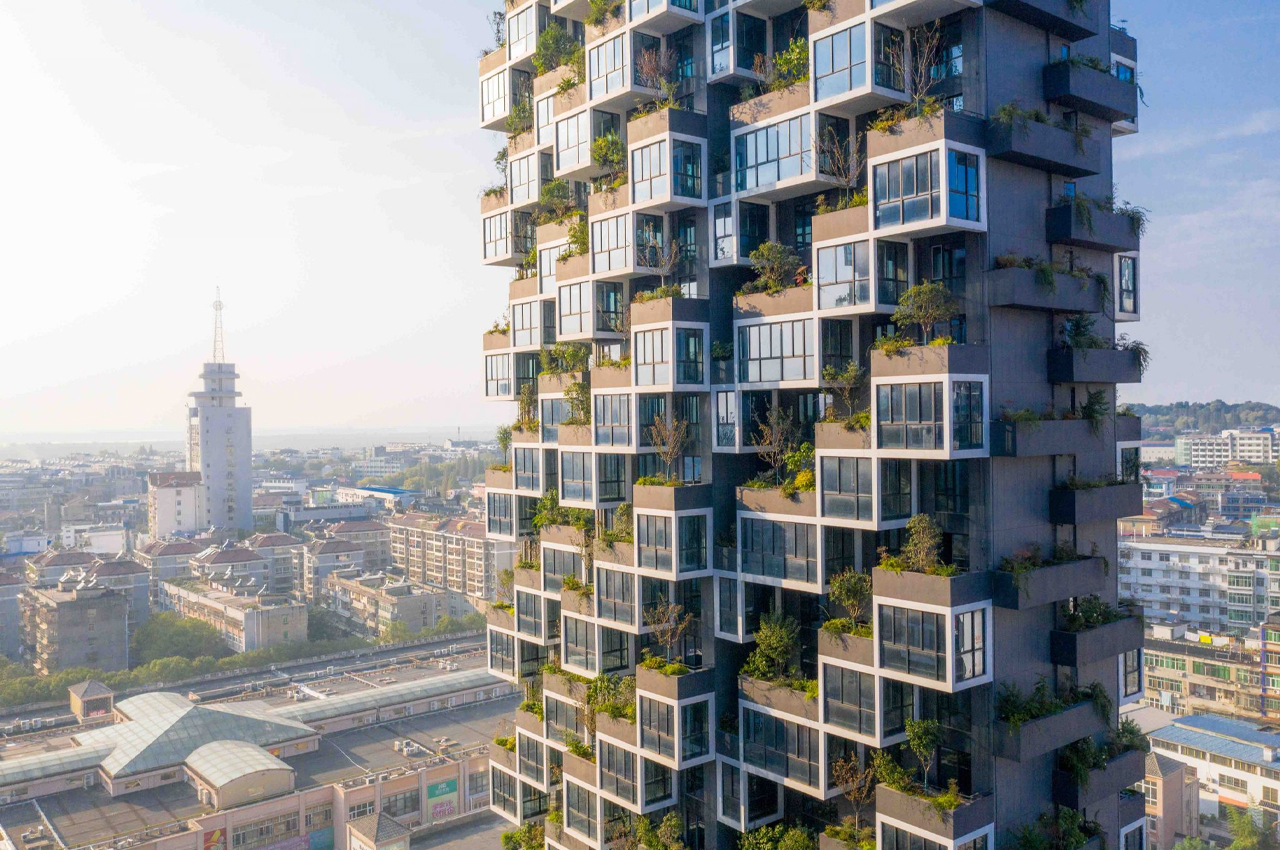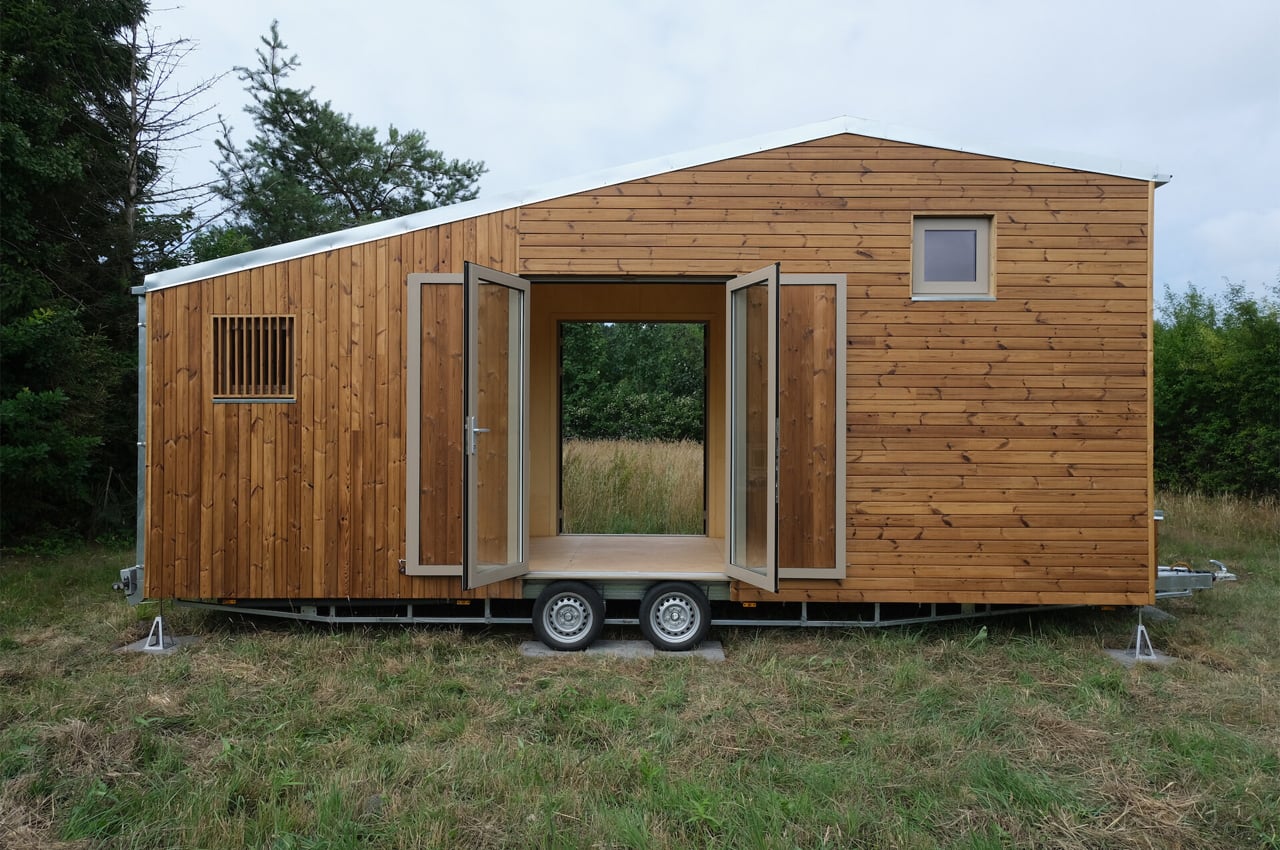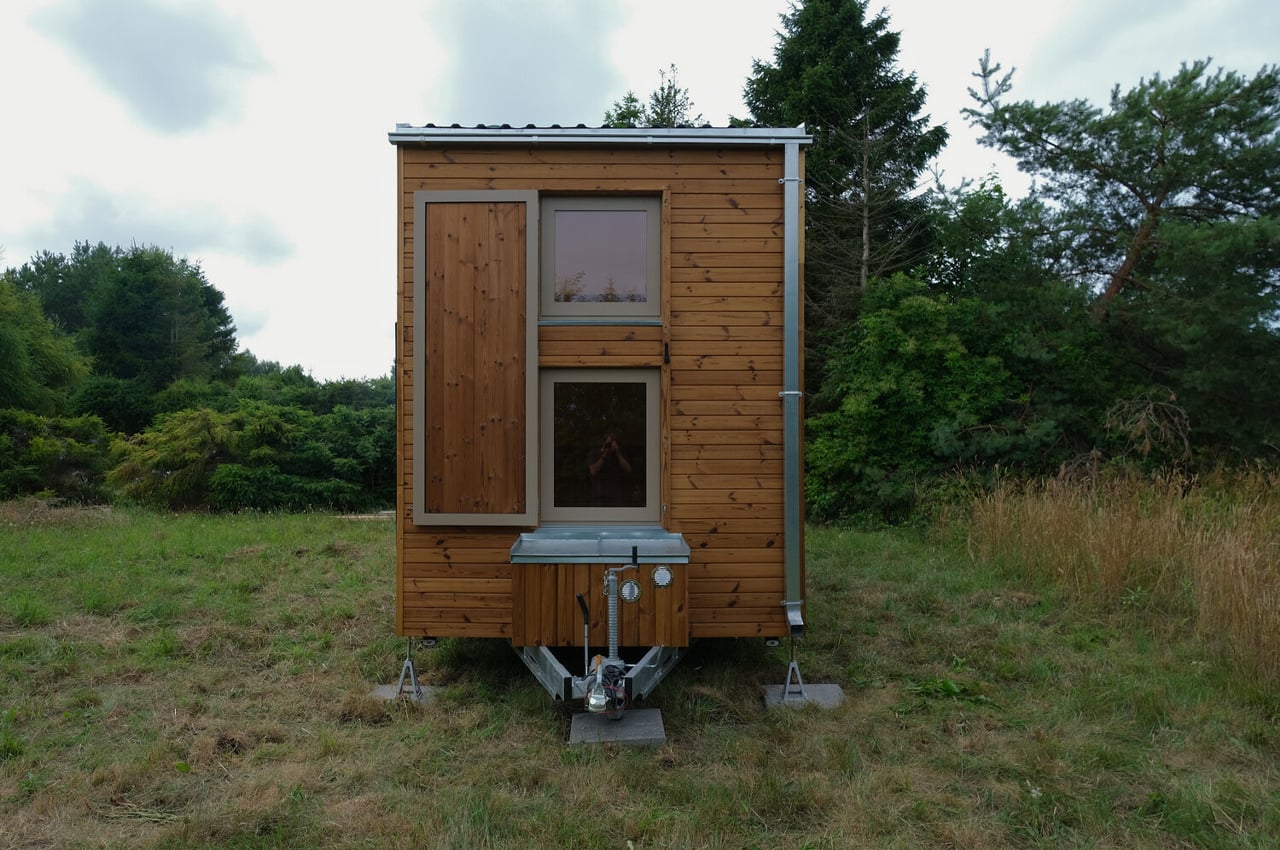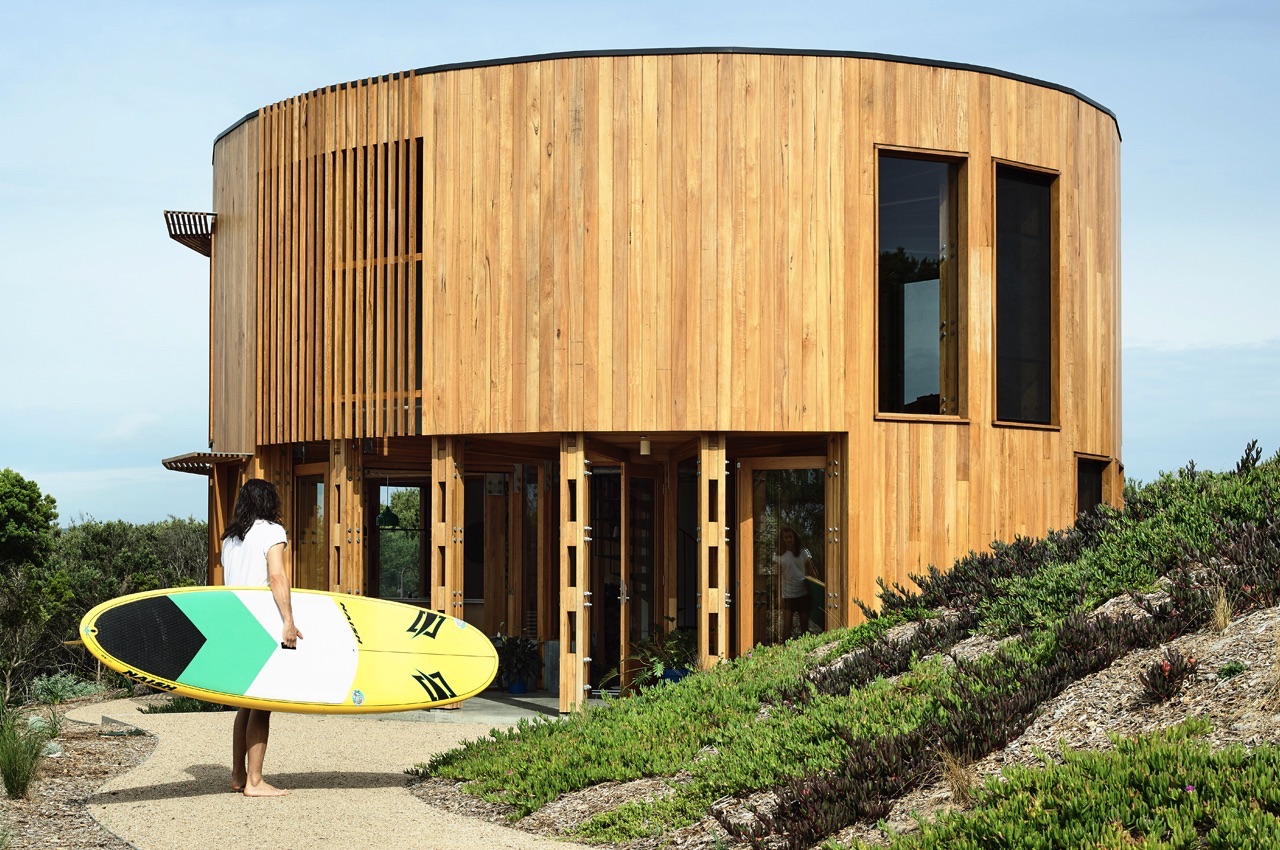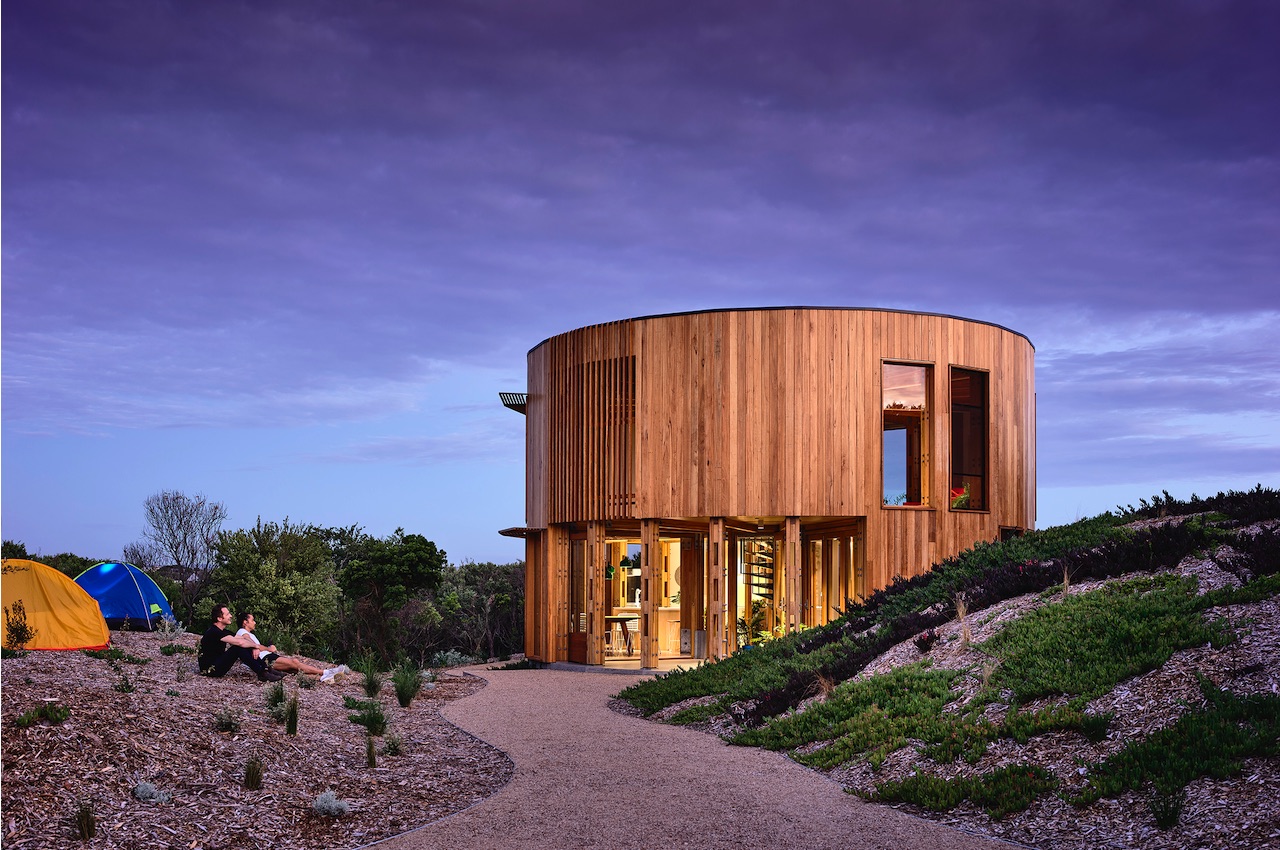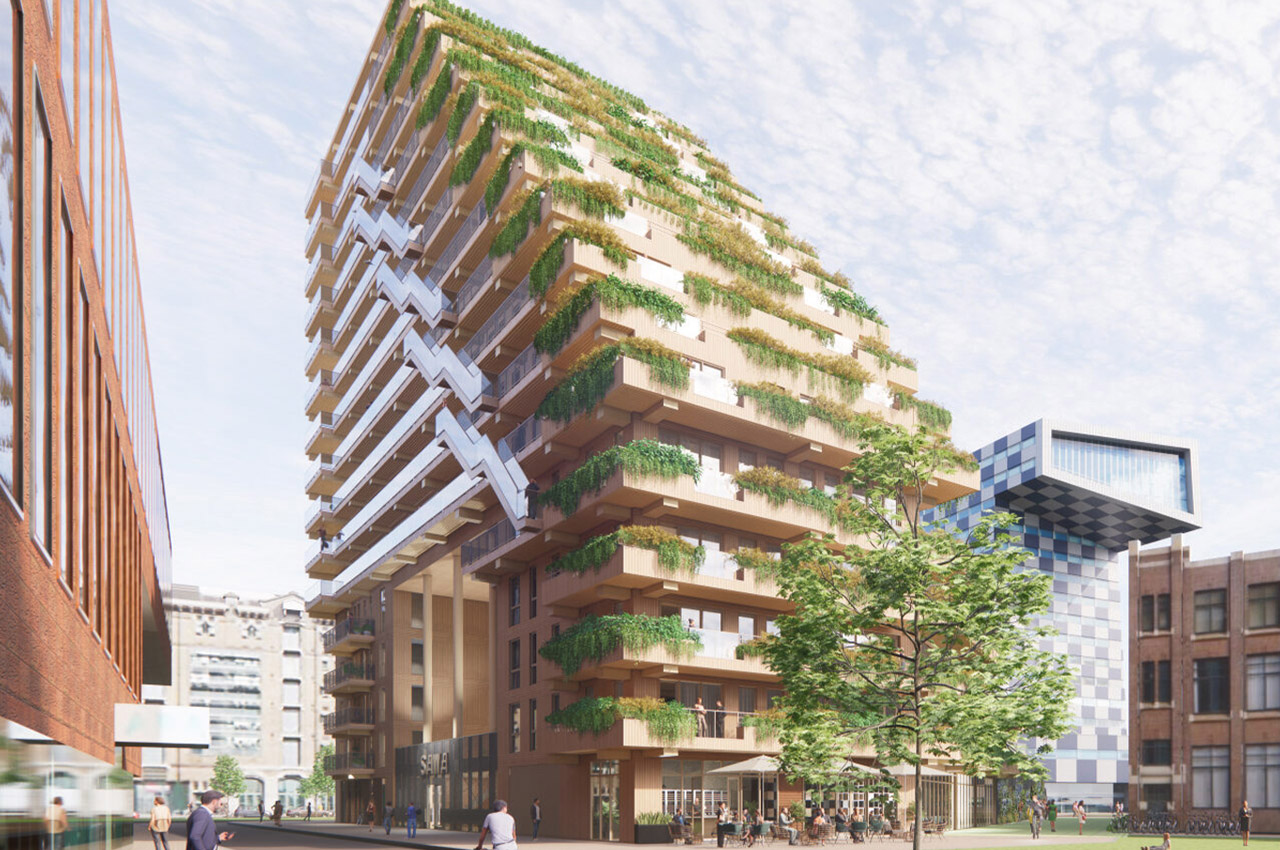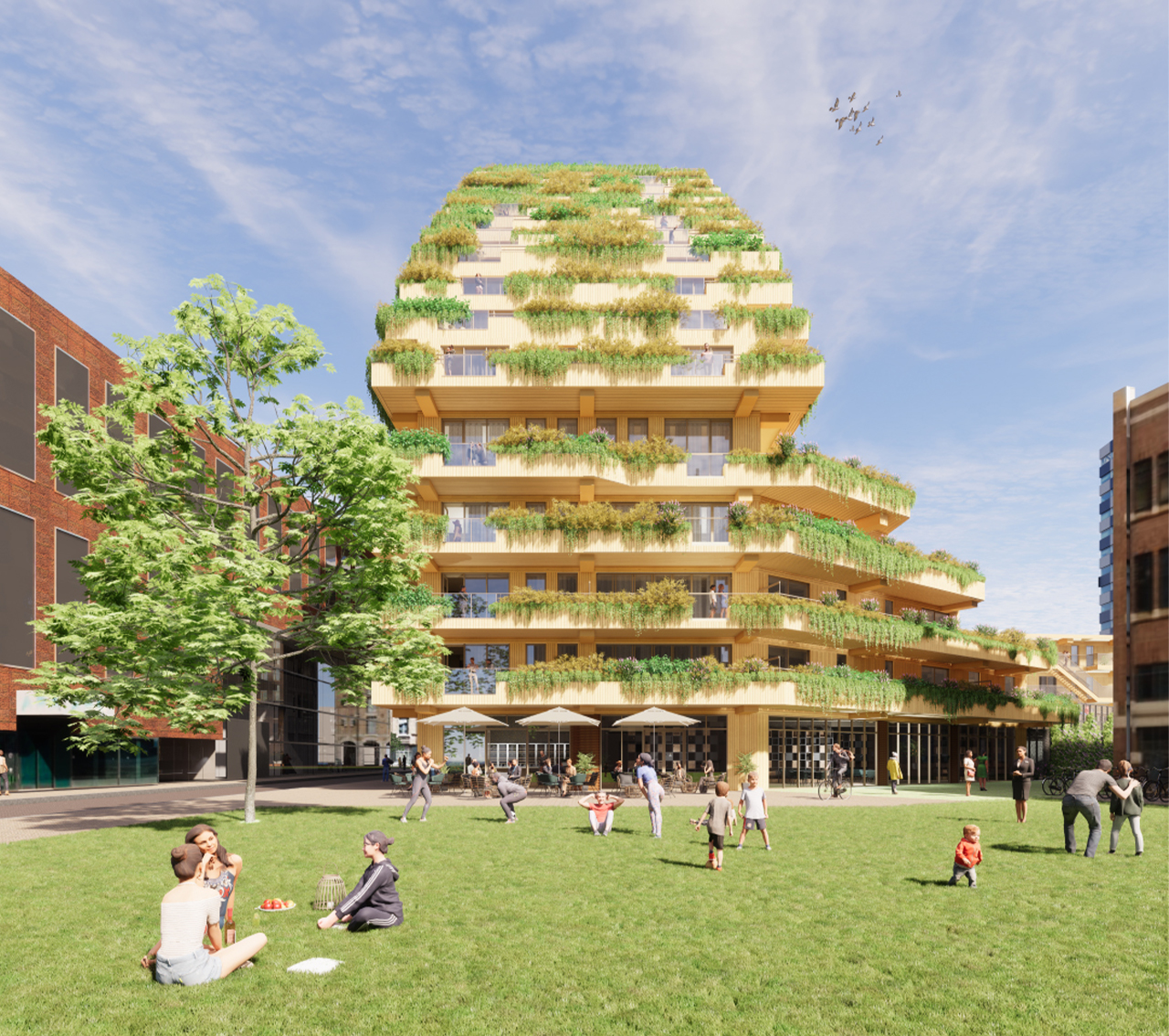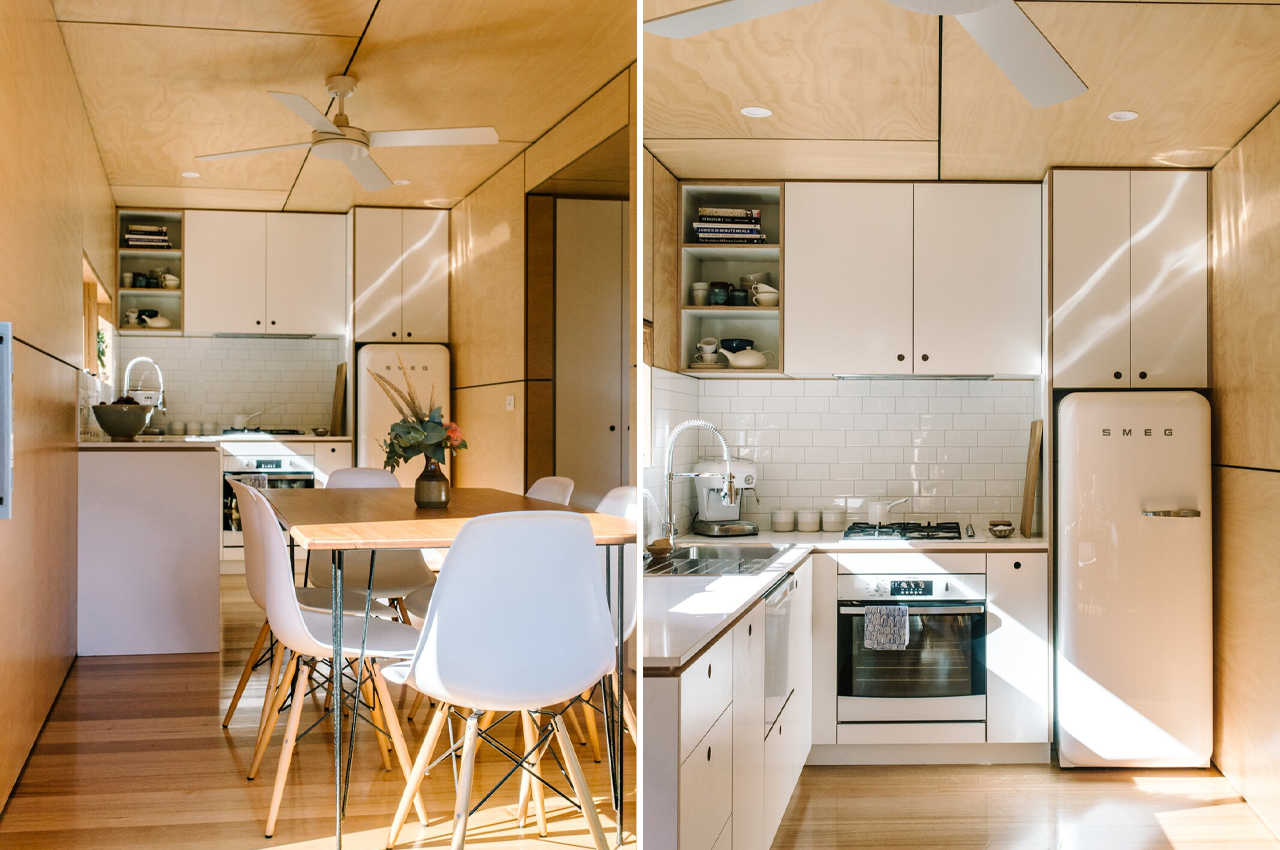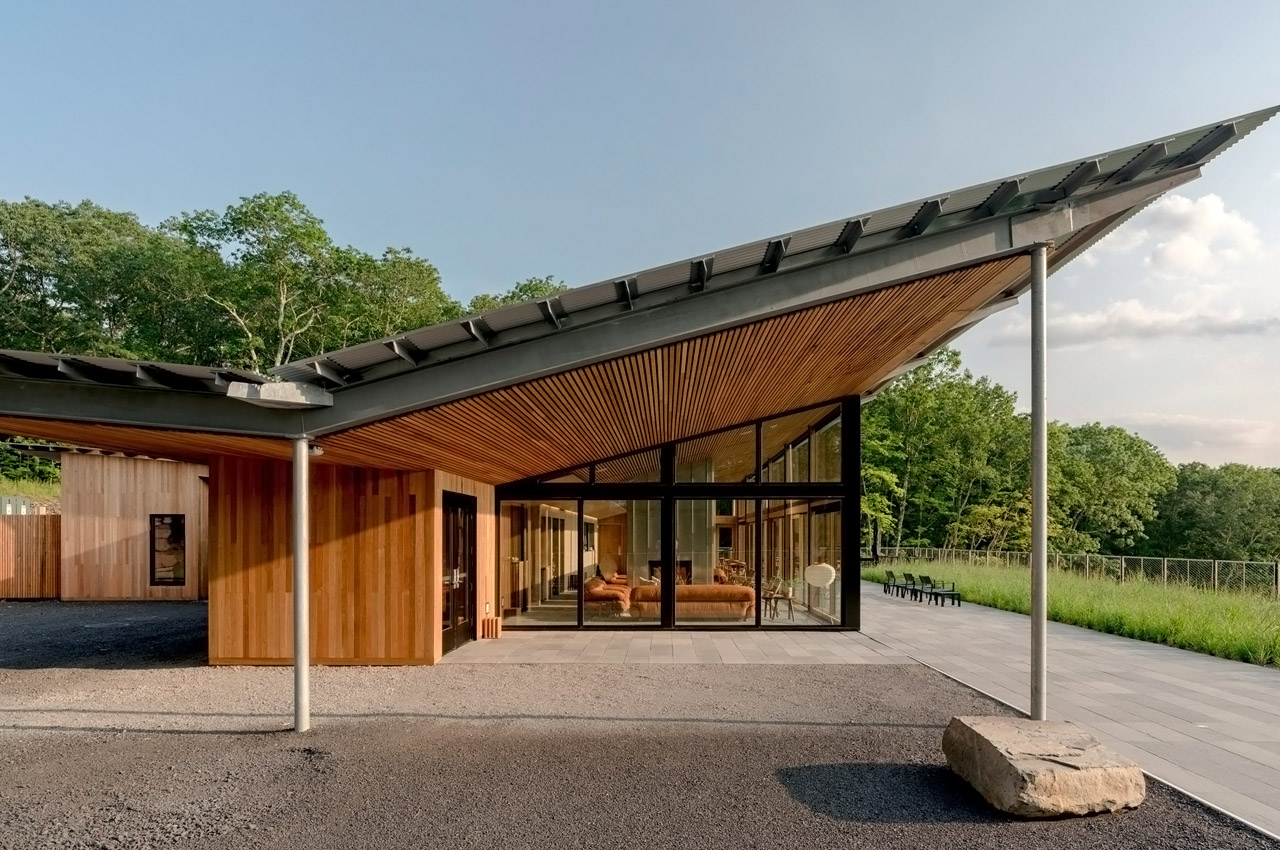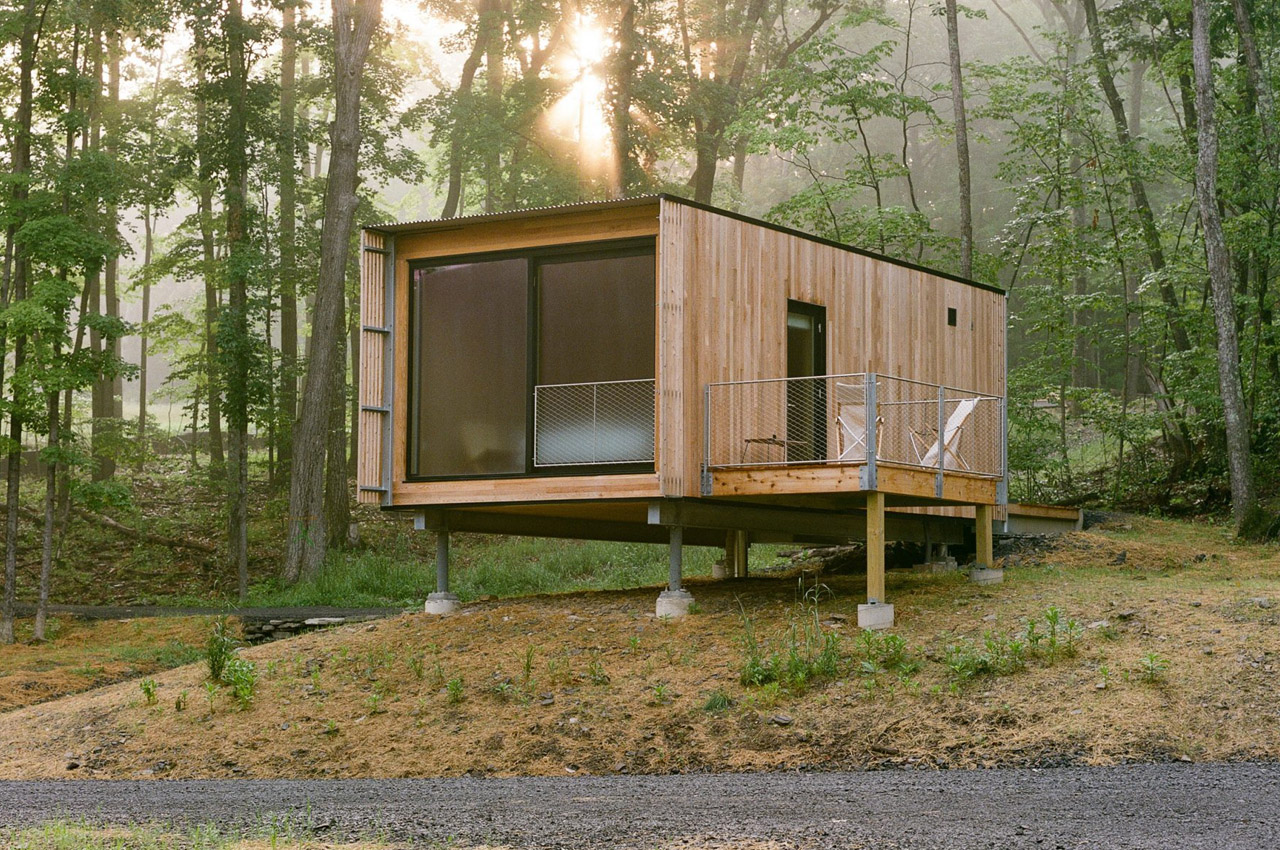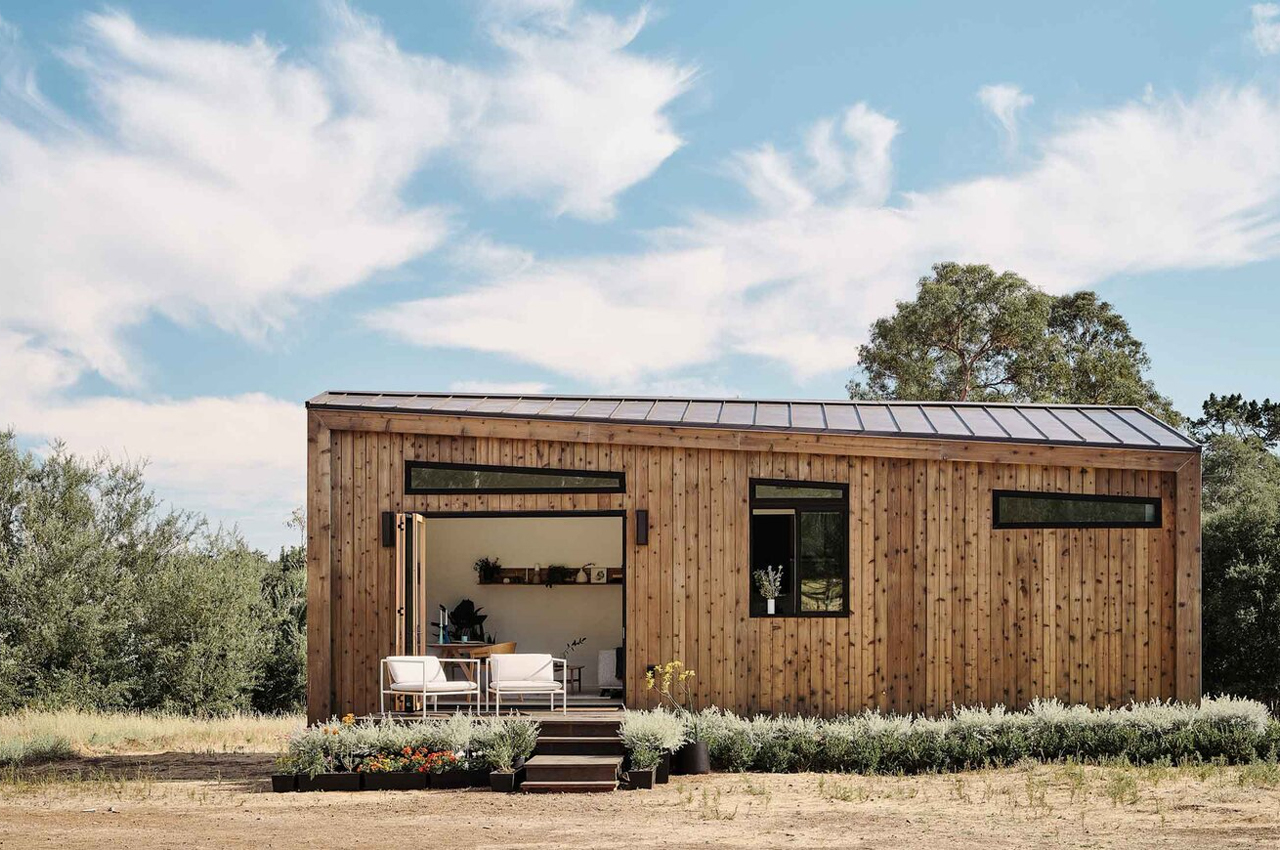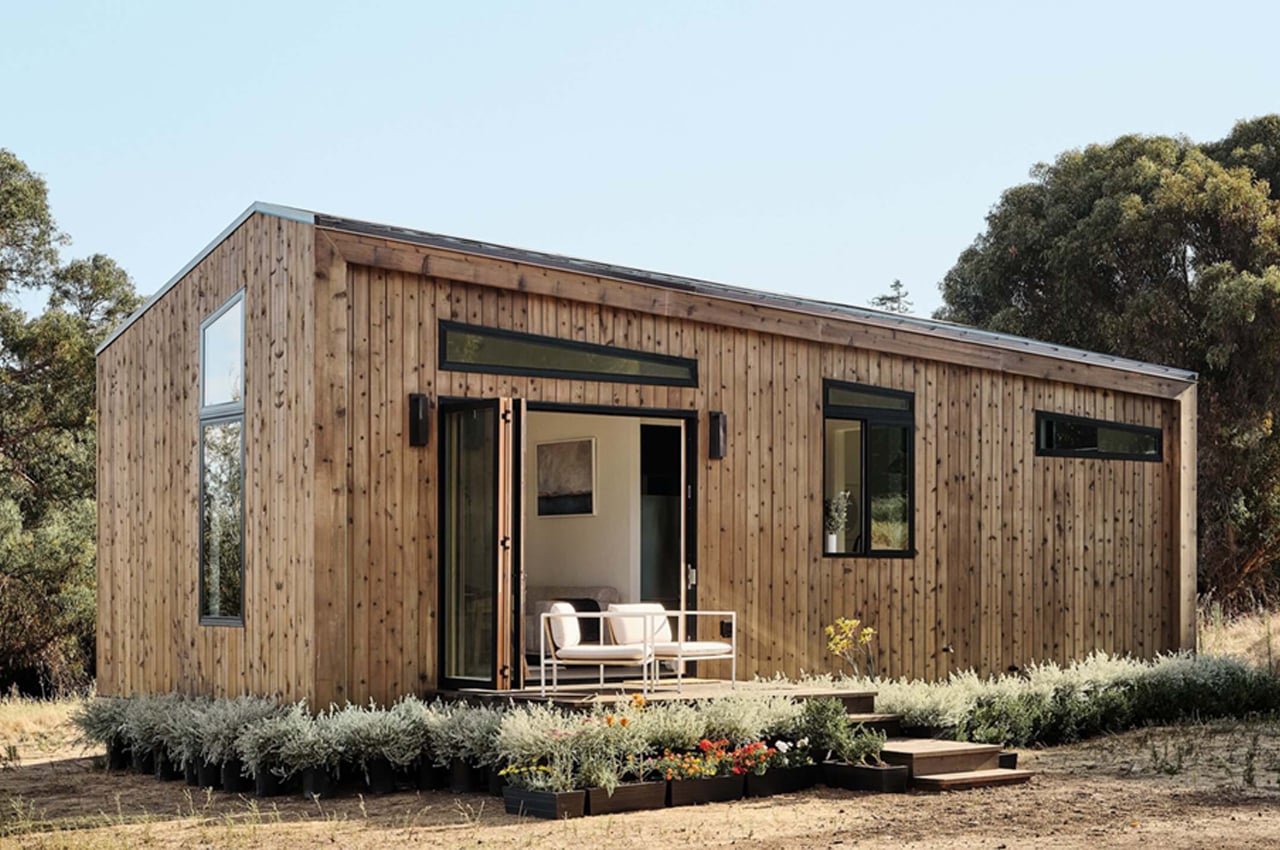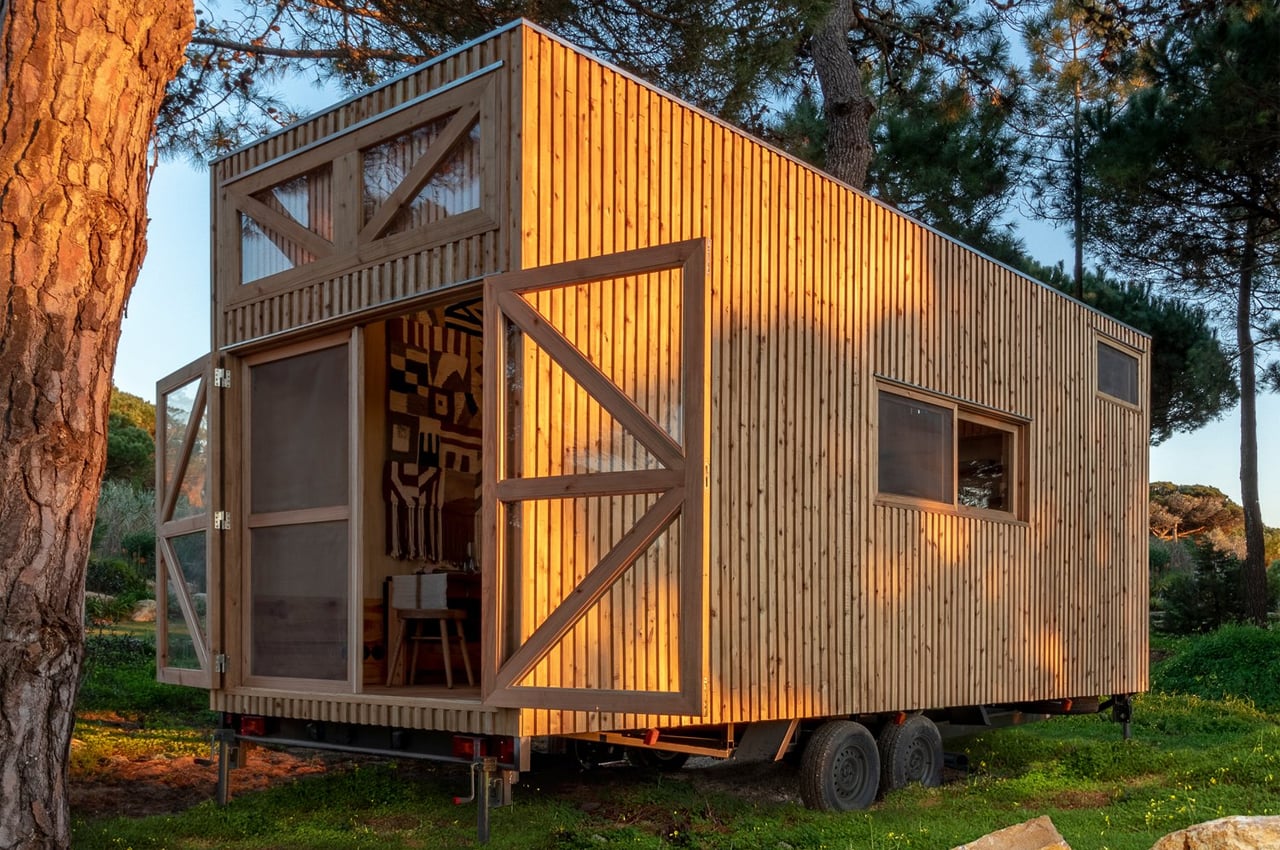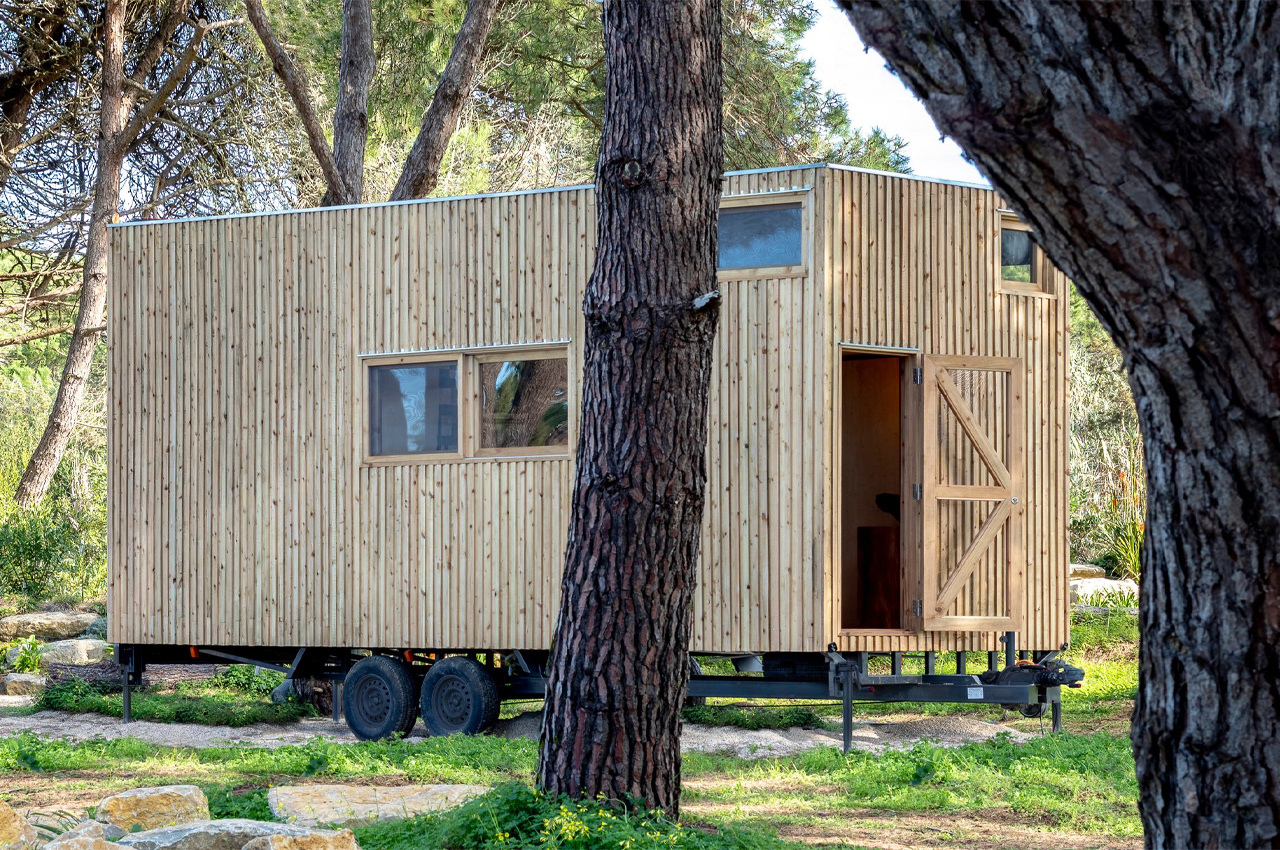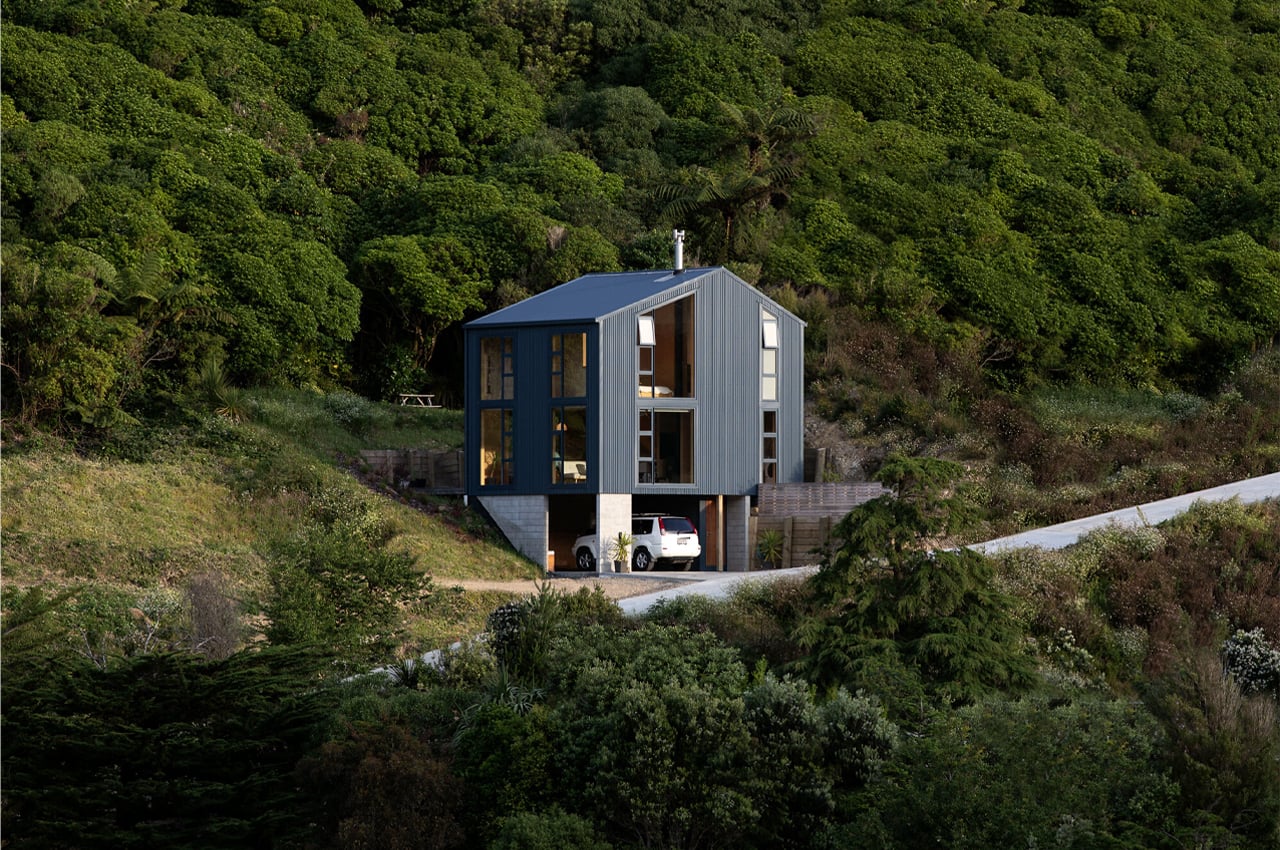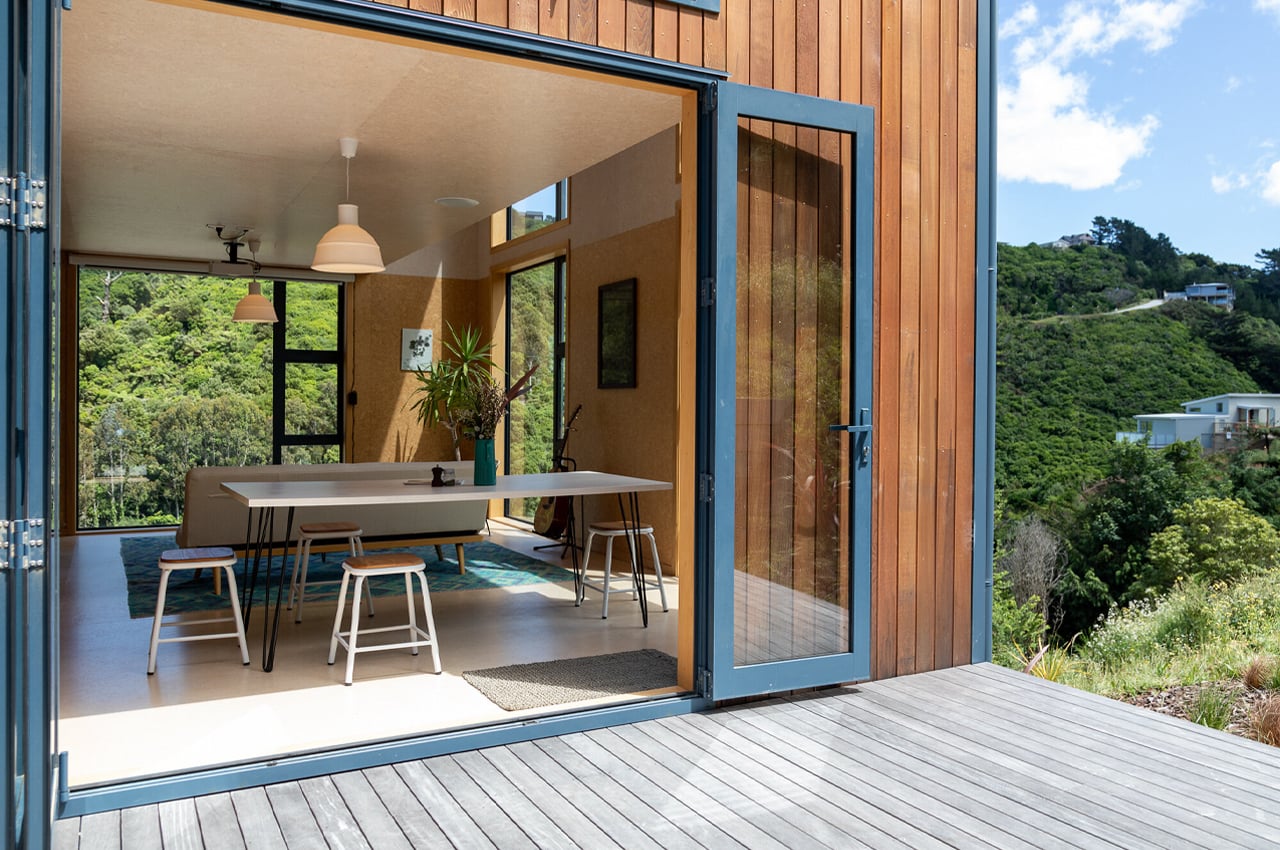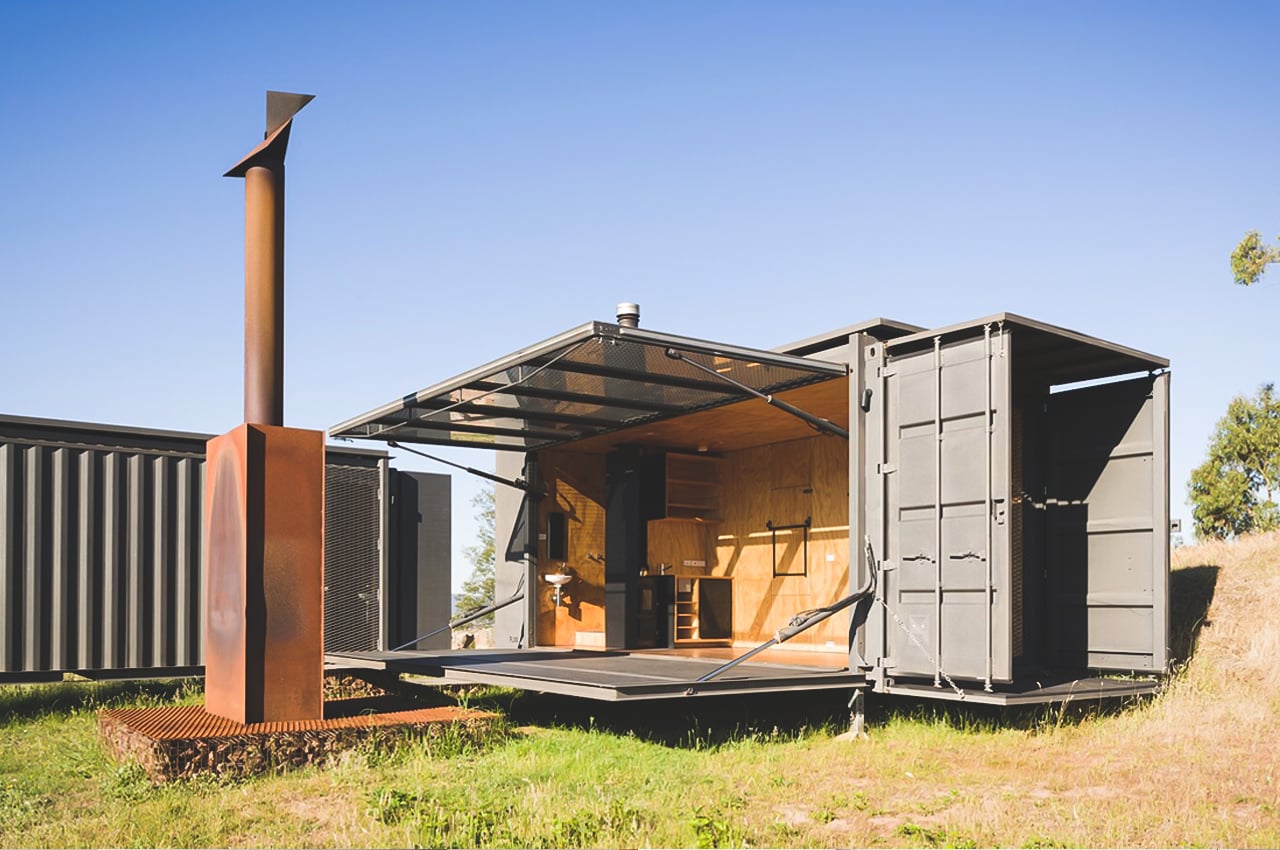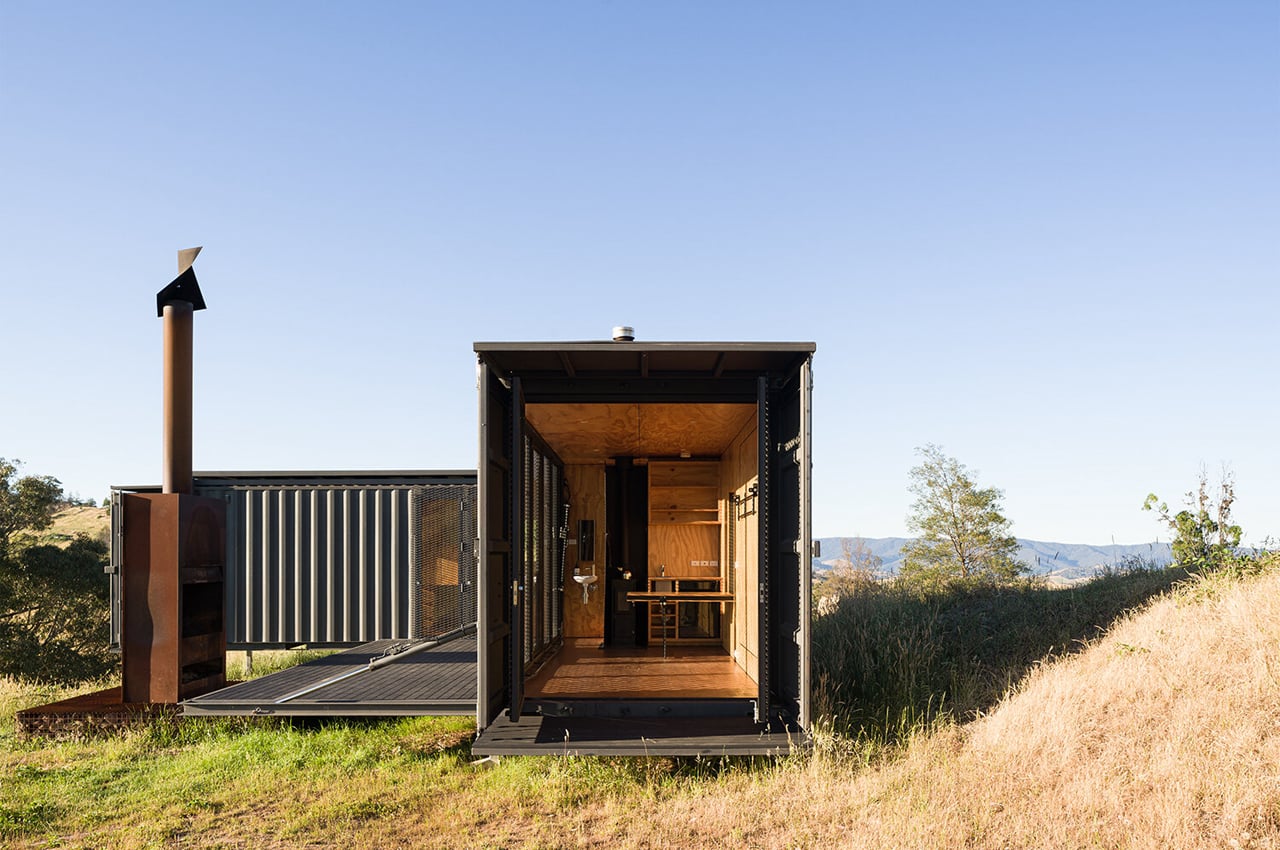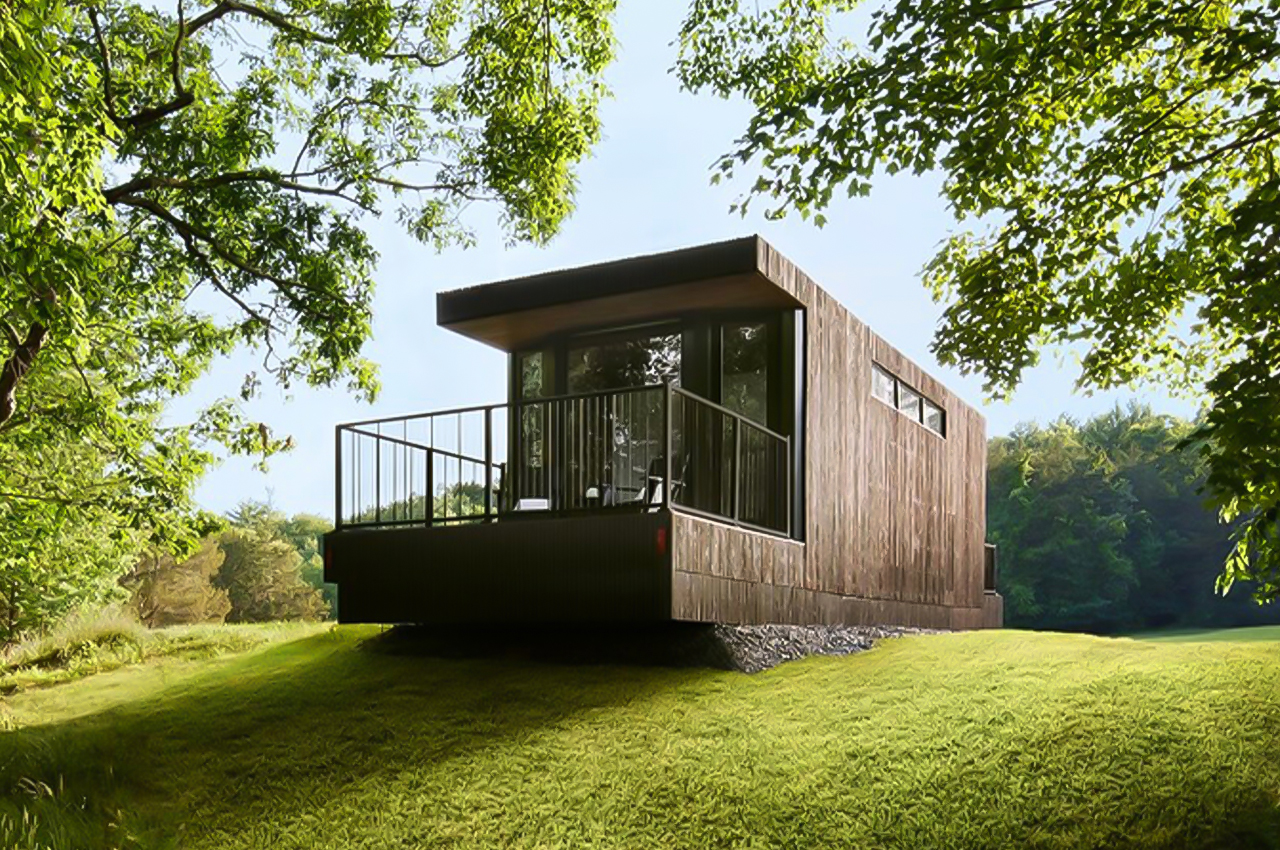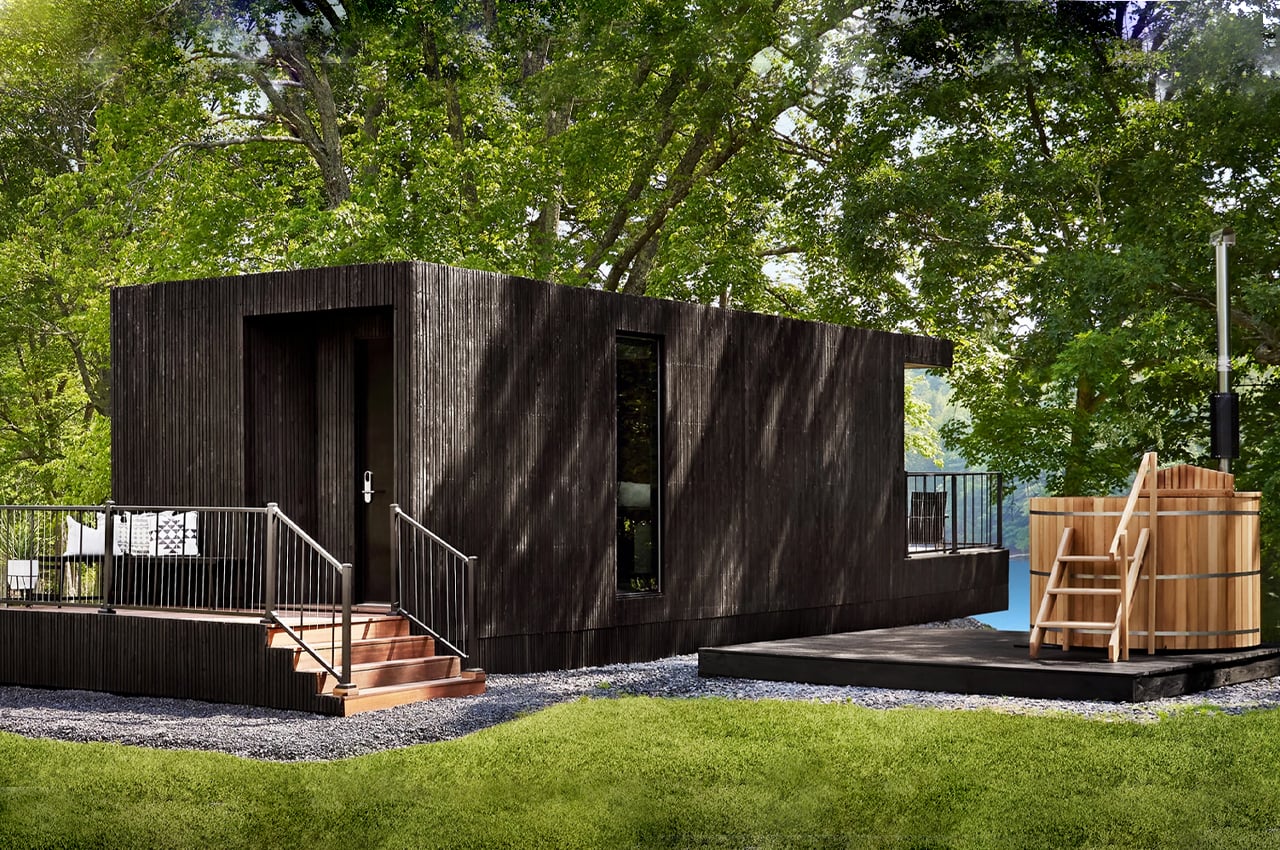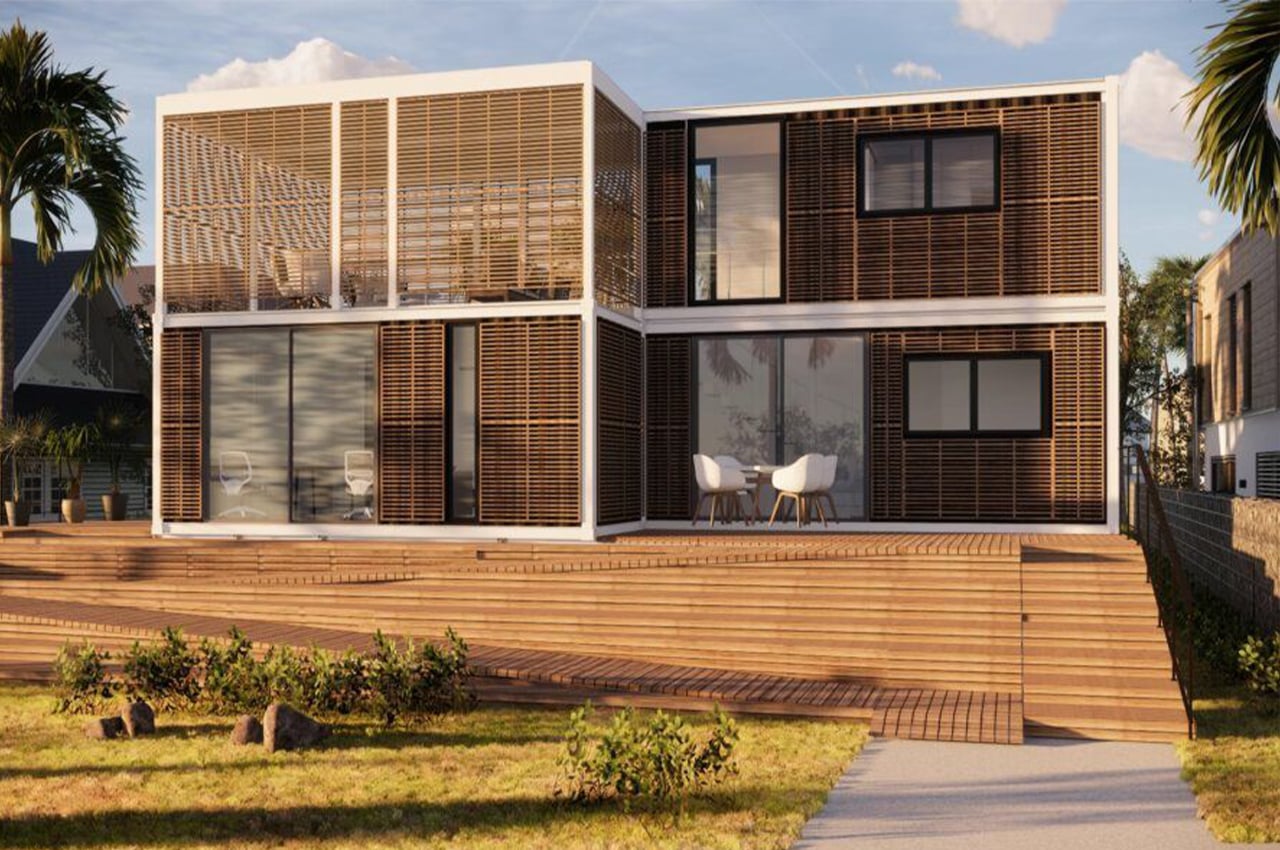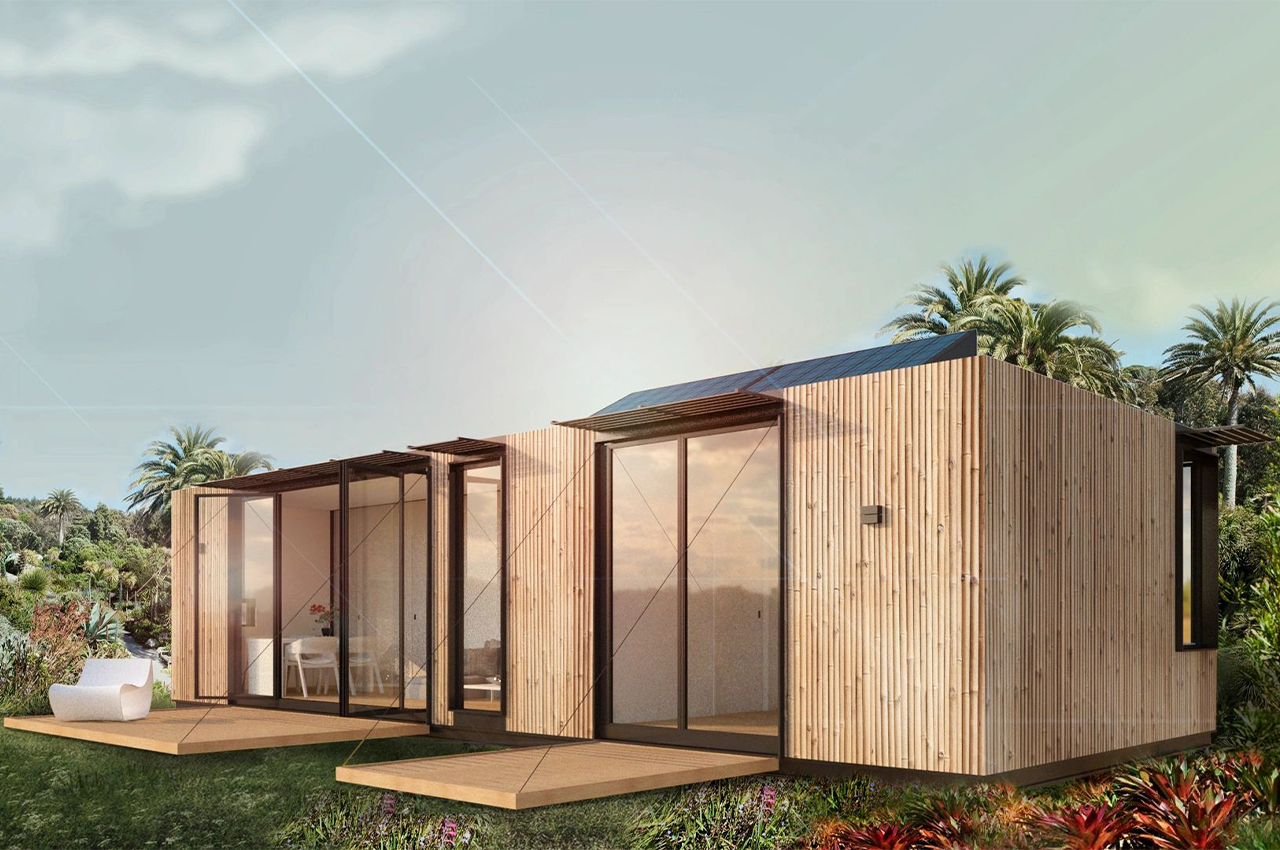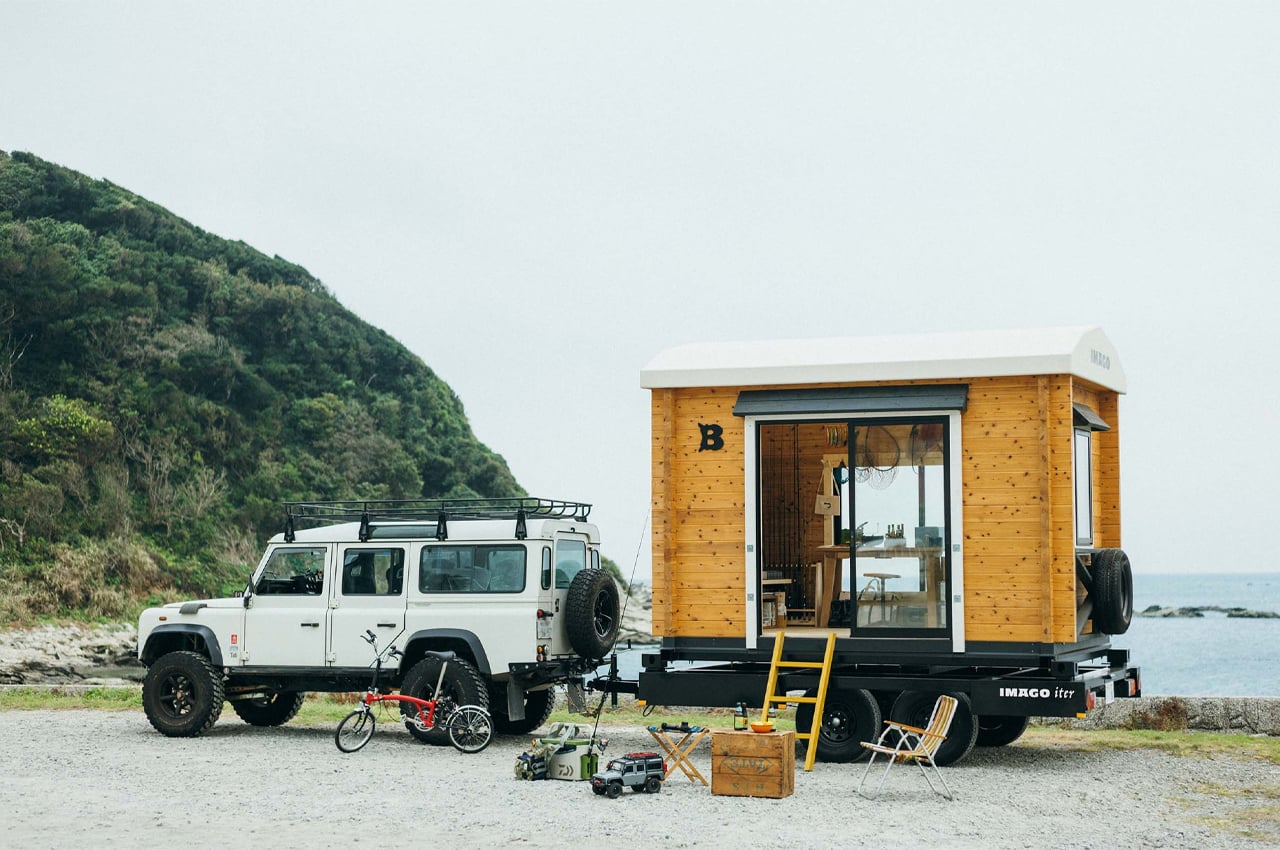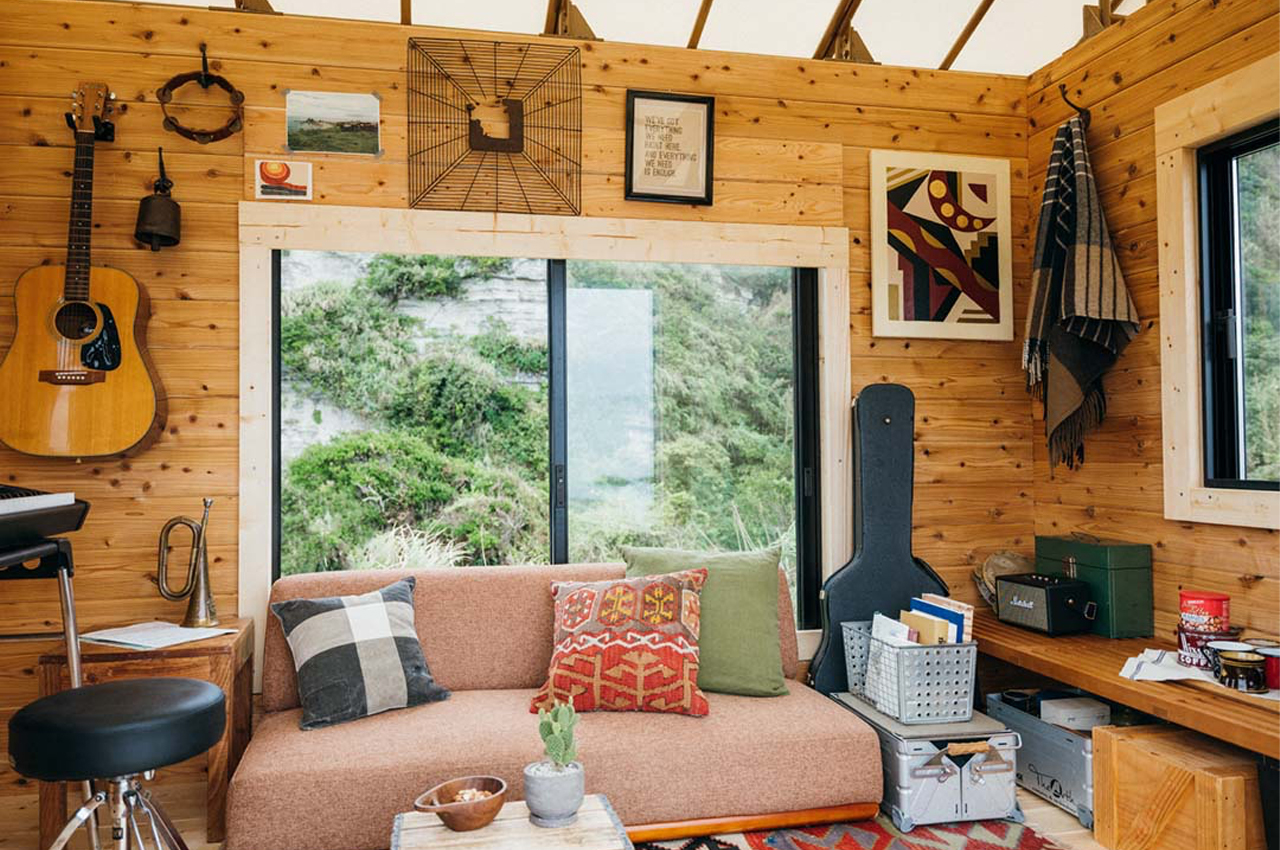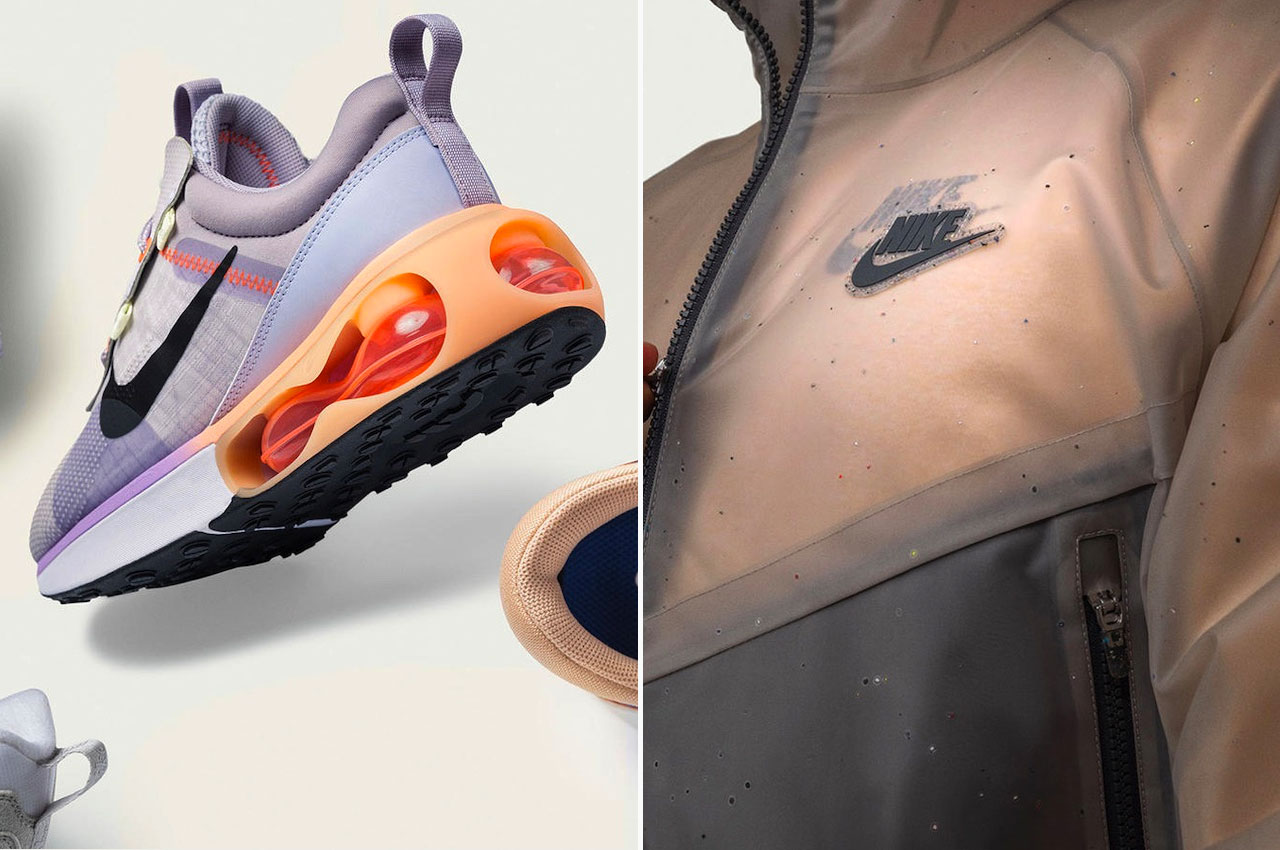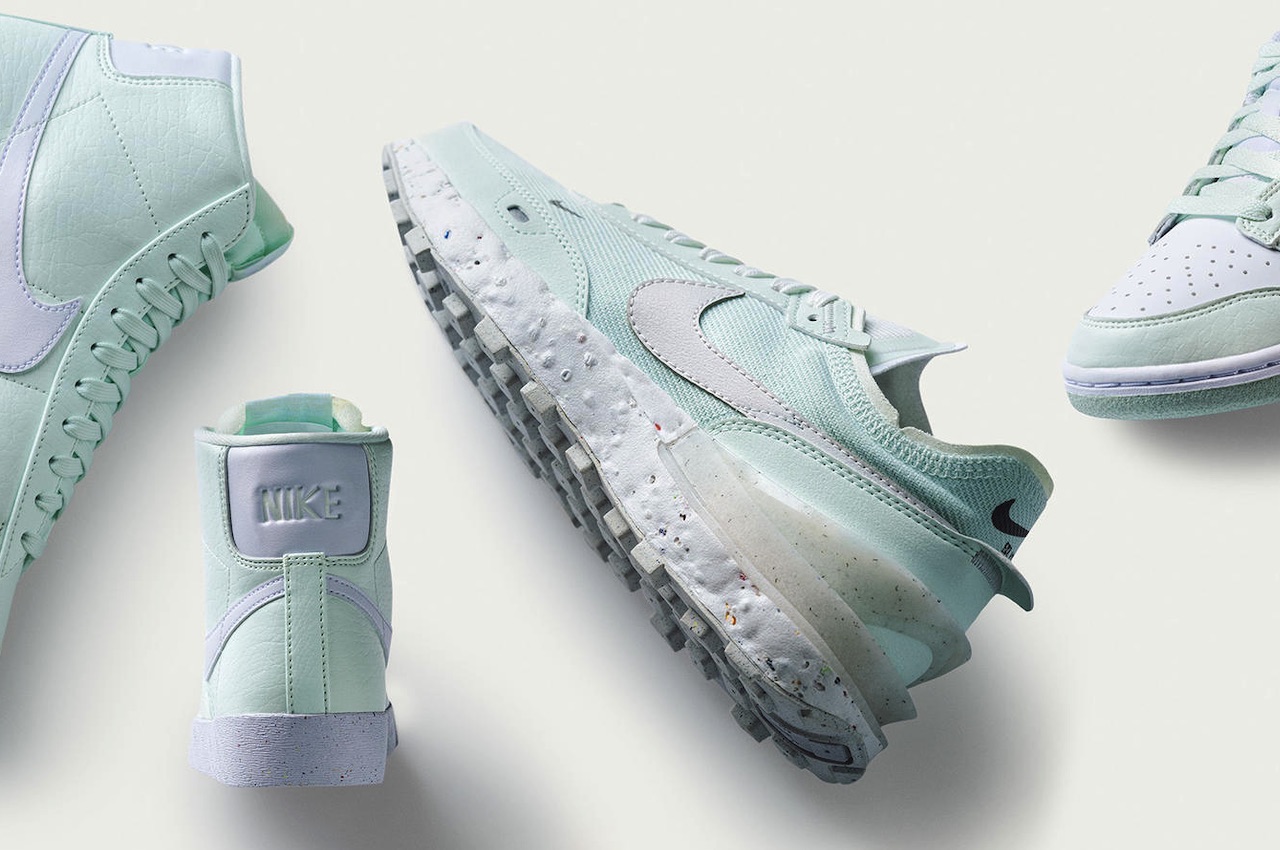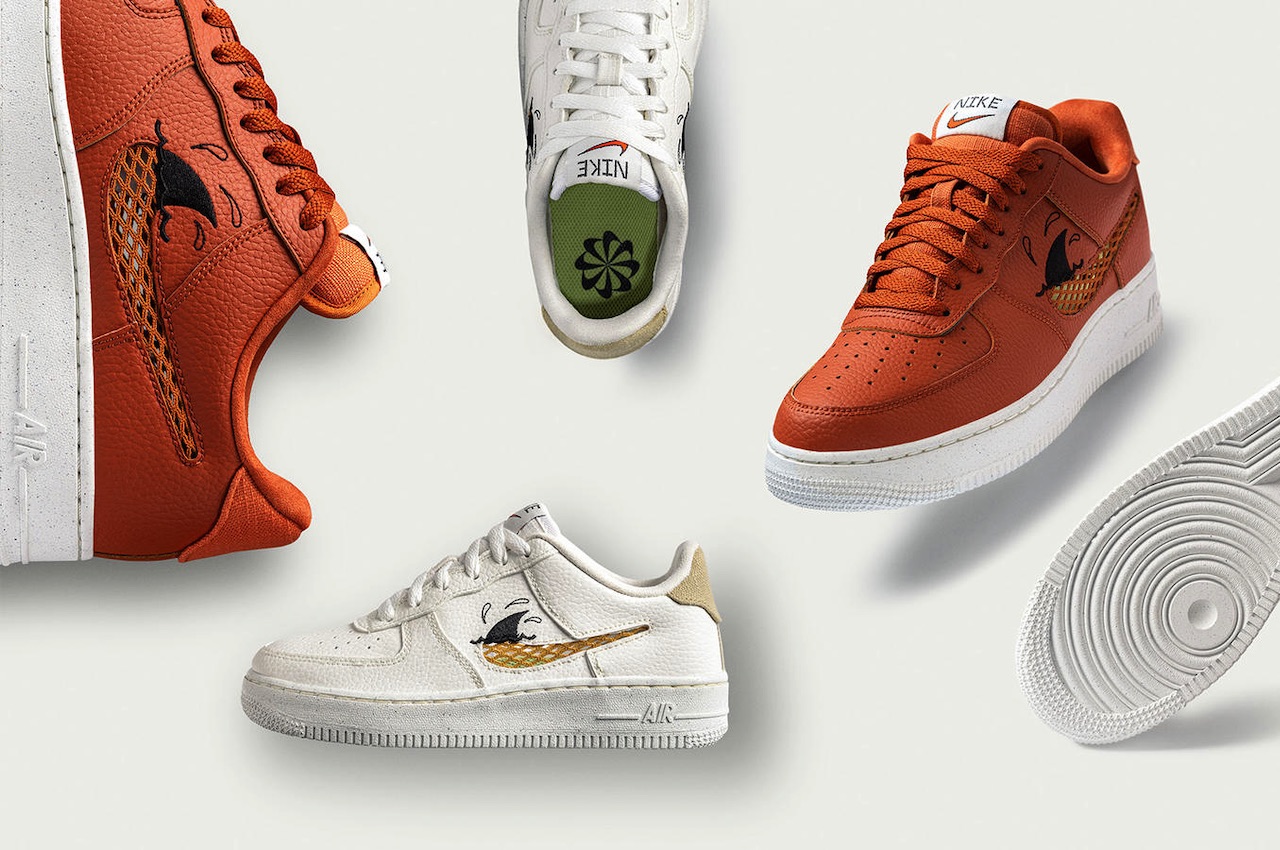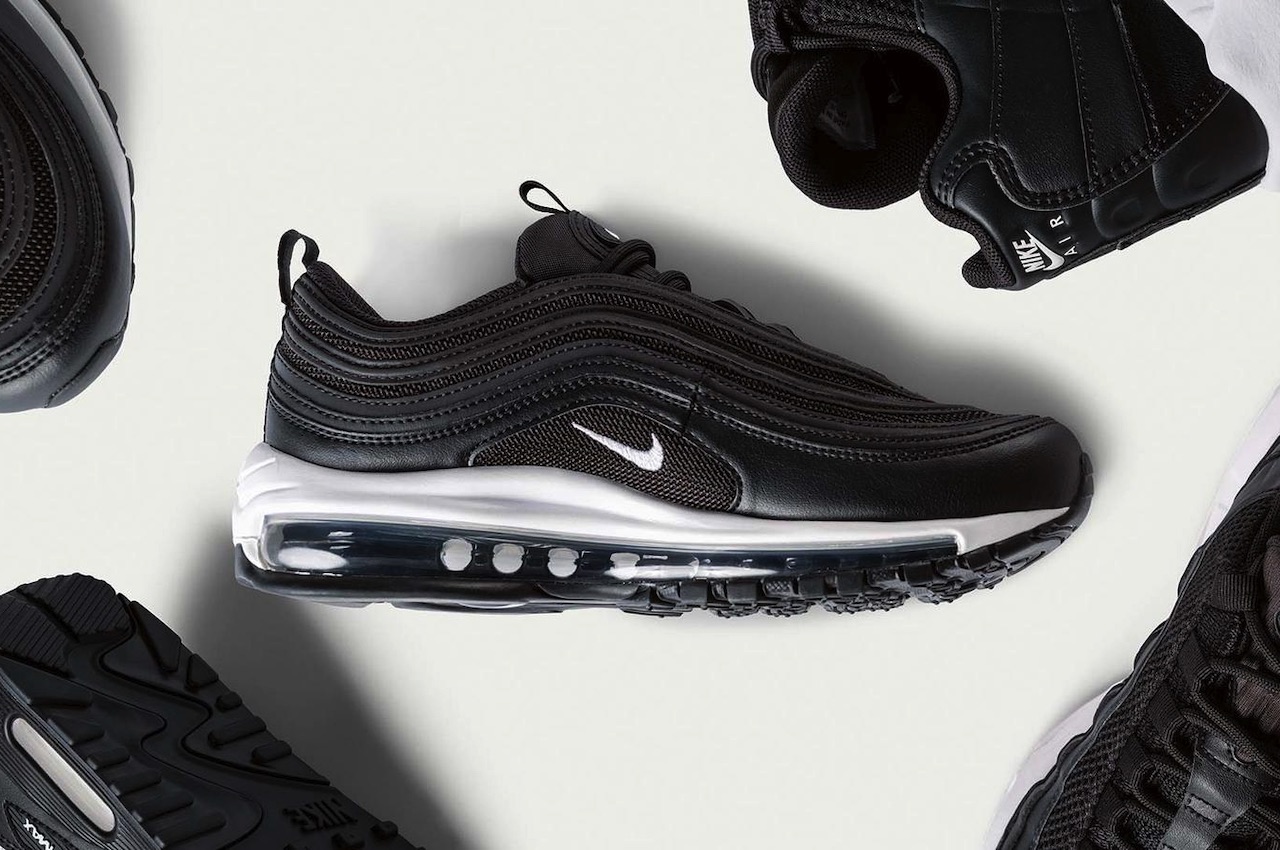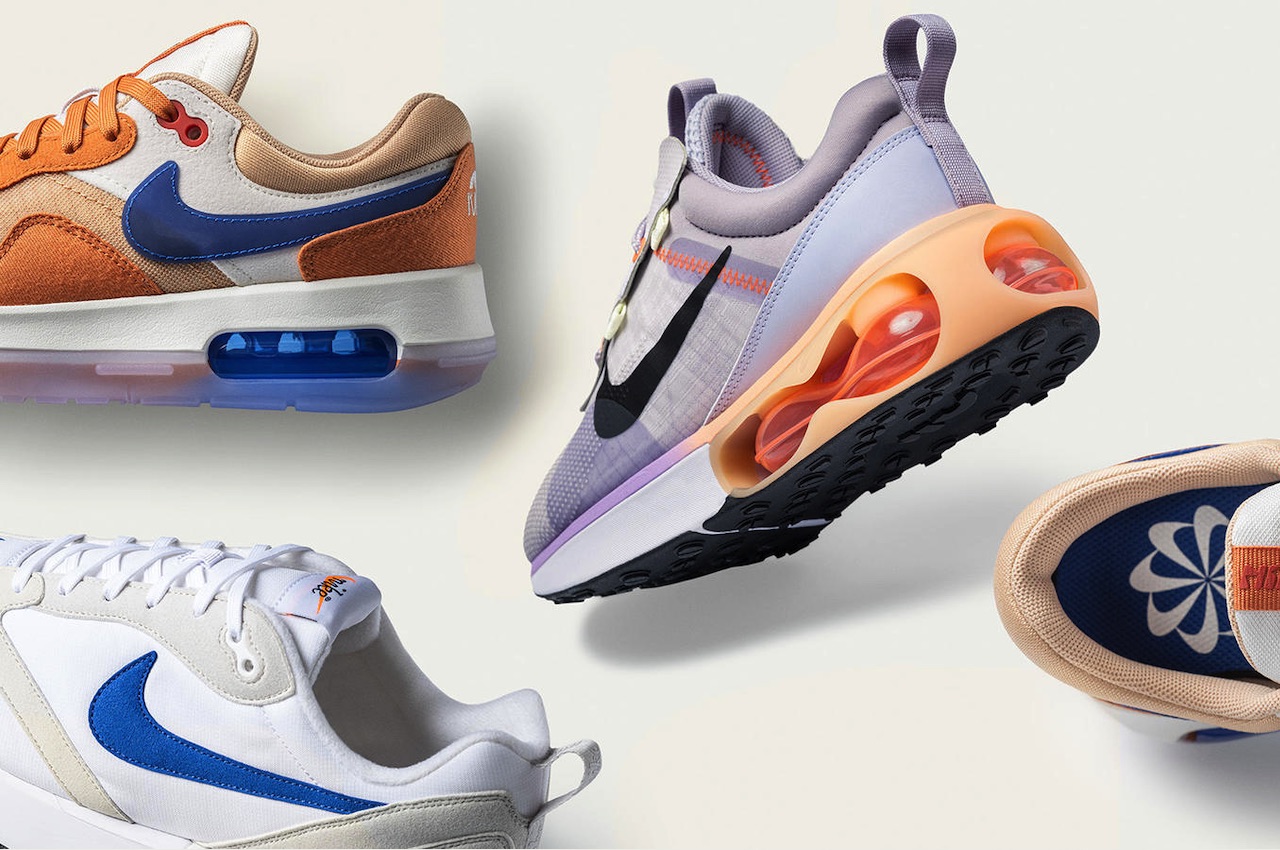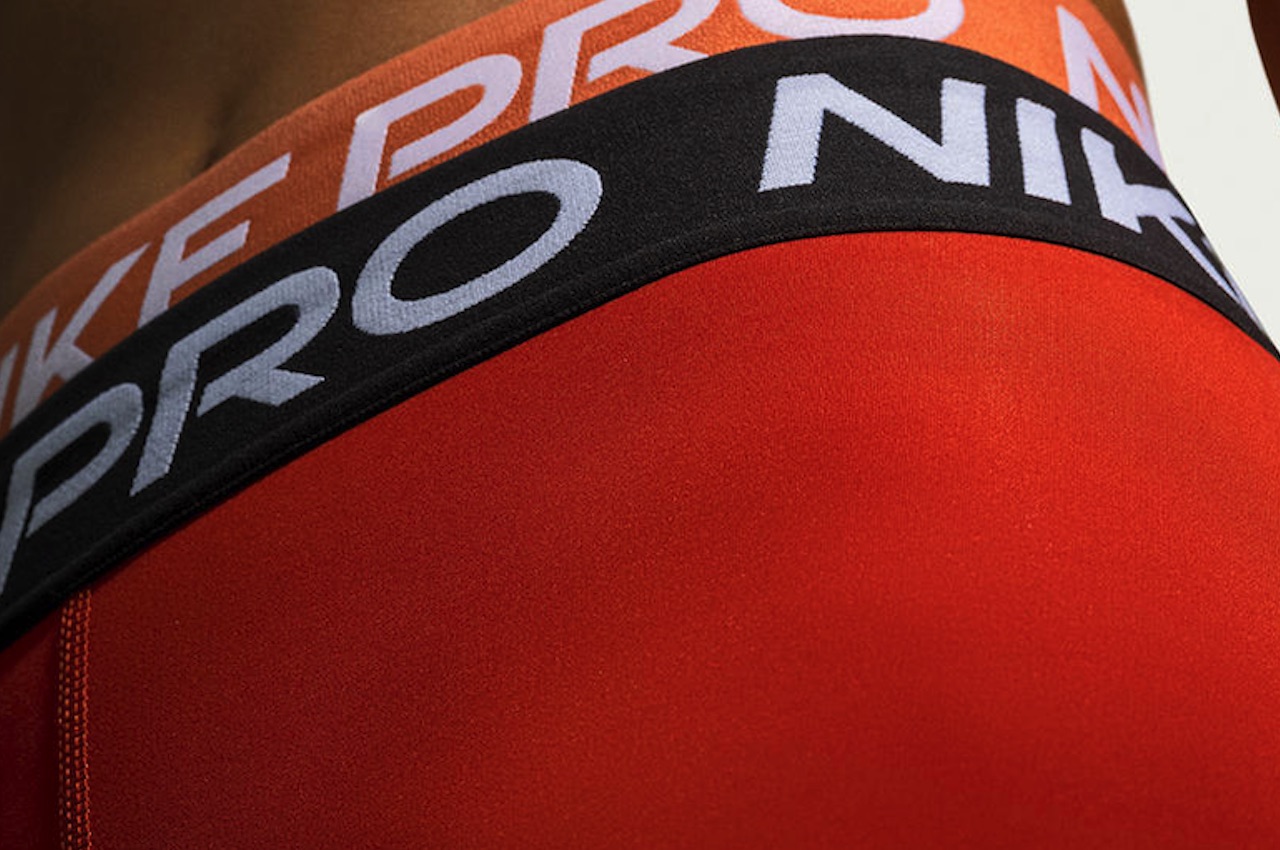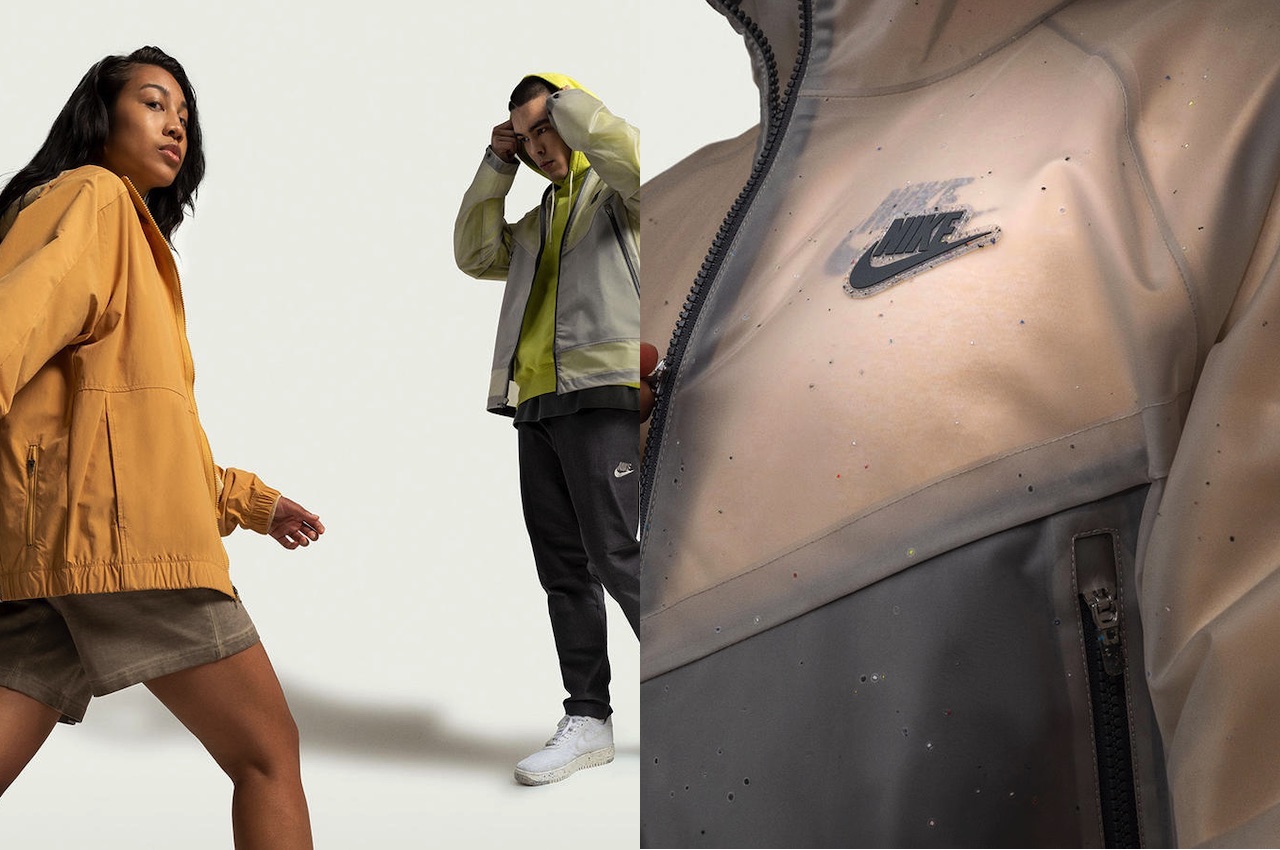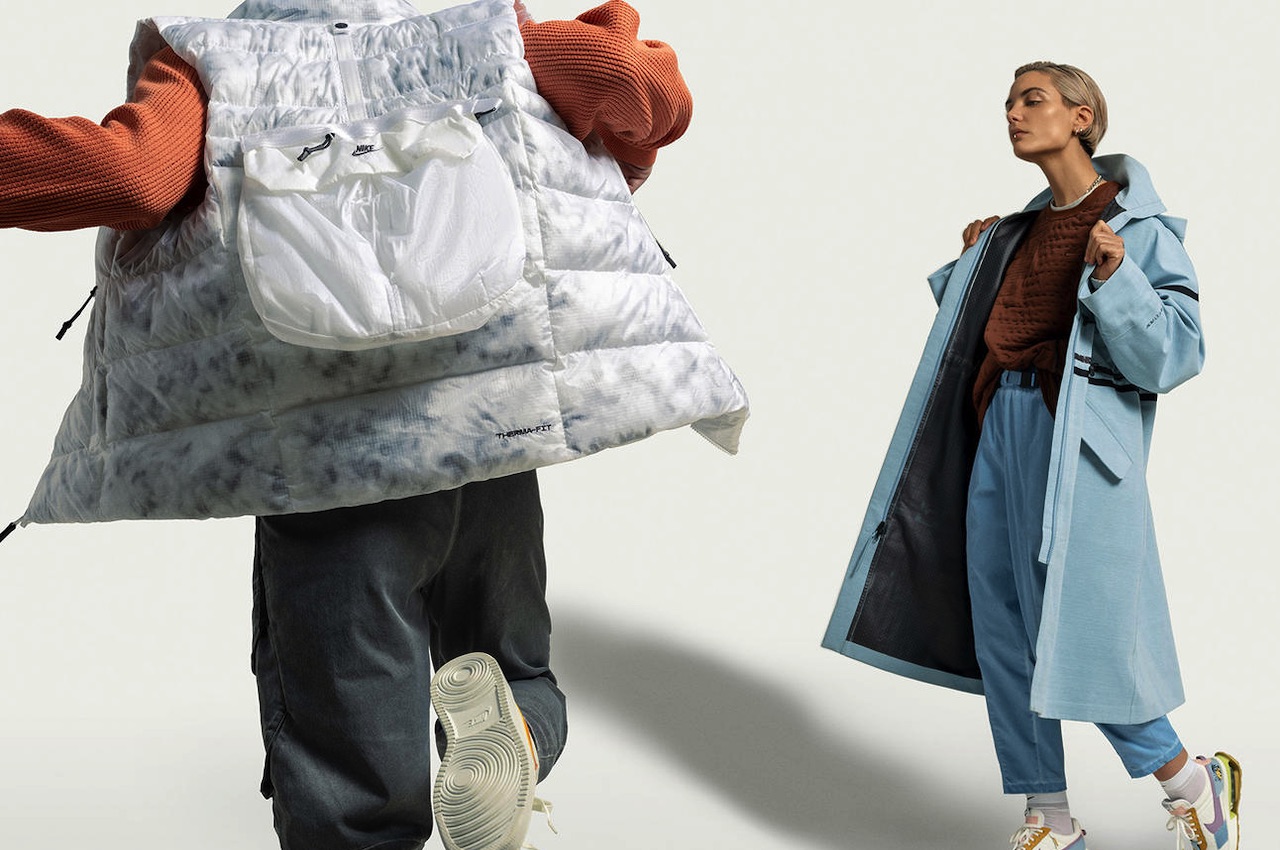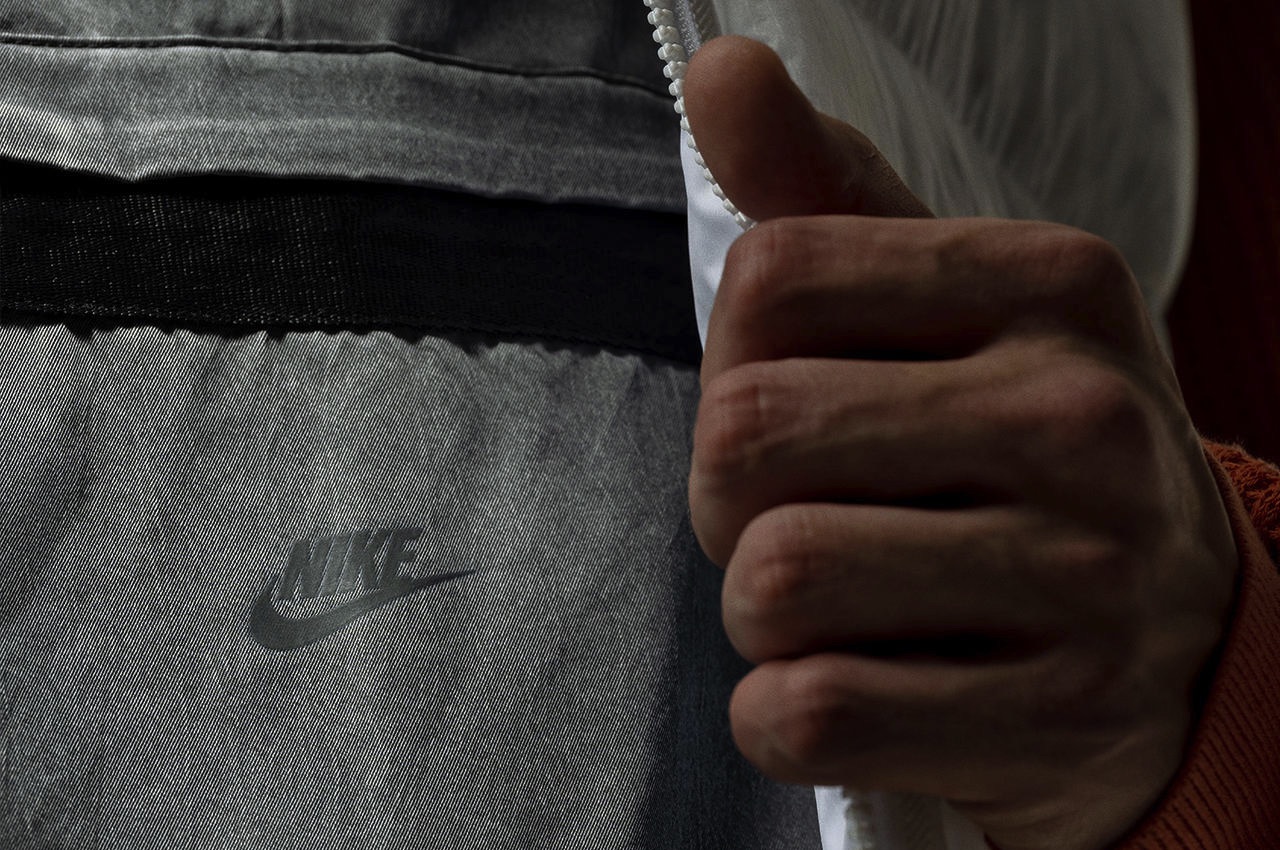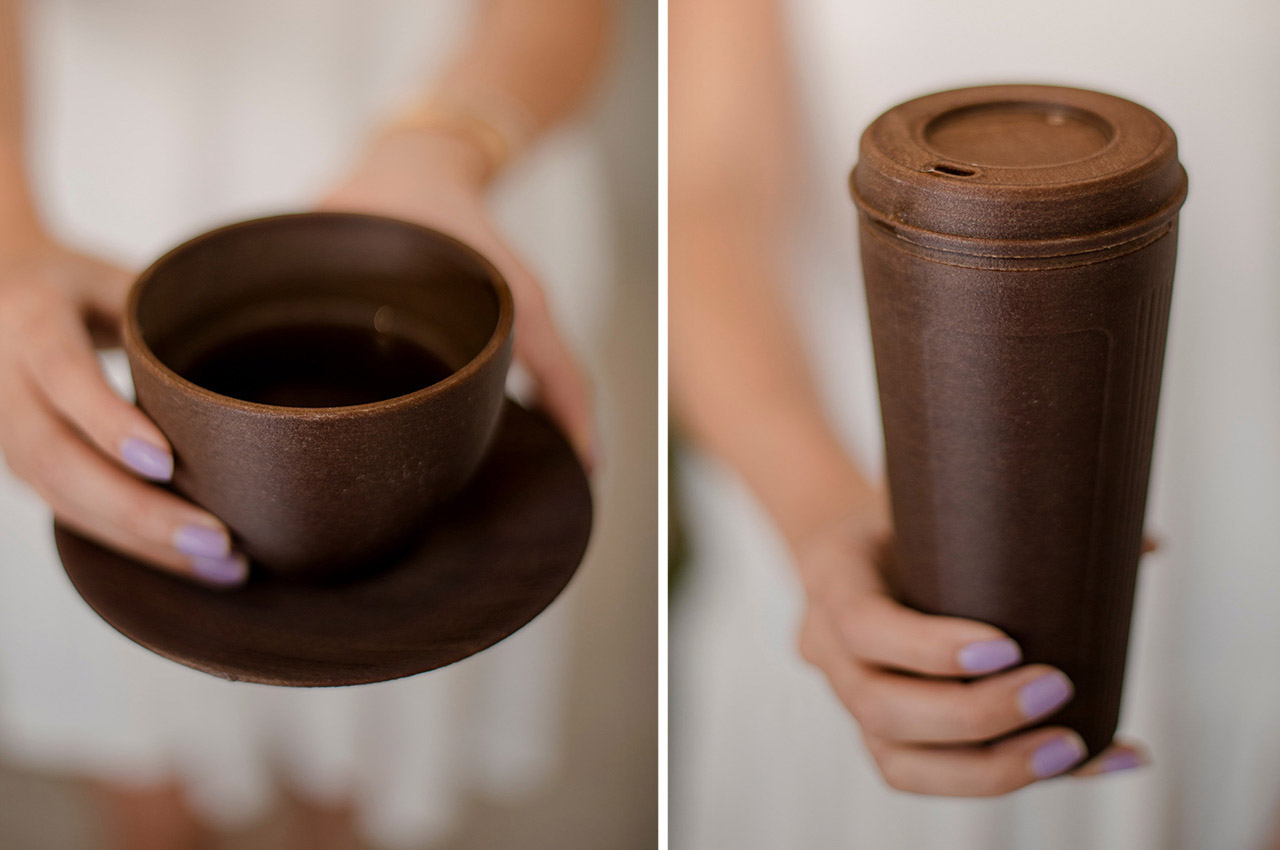
Our unhealthy practices and way of living are truly harmful to the environment and have been slowly leading to its deterioration. And the world has been changing (for the worse) because of this. Hence, it is extremely important to live sustainably and consciously and to take care of the environment. Designers and creators are coming up with eco-friendly alternatives for almost everything. Every product that is necessary and utilized by us in our everyday routine has a green alternative to it. Replacing our usual mass-produced designs with these eco-friendly options will make a huge difference to the environment and Mother Earth. From soap packaging made using artichoke waste to eco-friendly iPhone 14 cases – we’ve curated a whole collection of sustainable product designs to help you go green!
1. The Kreis Cup
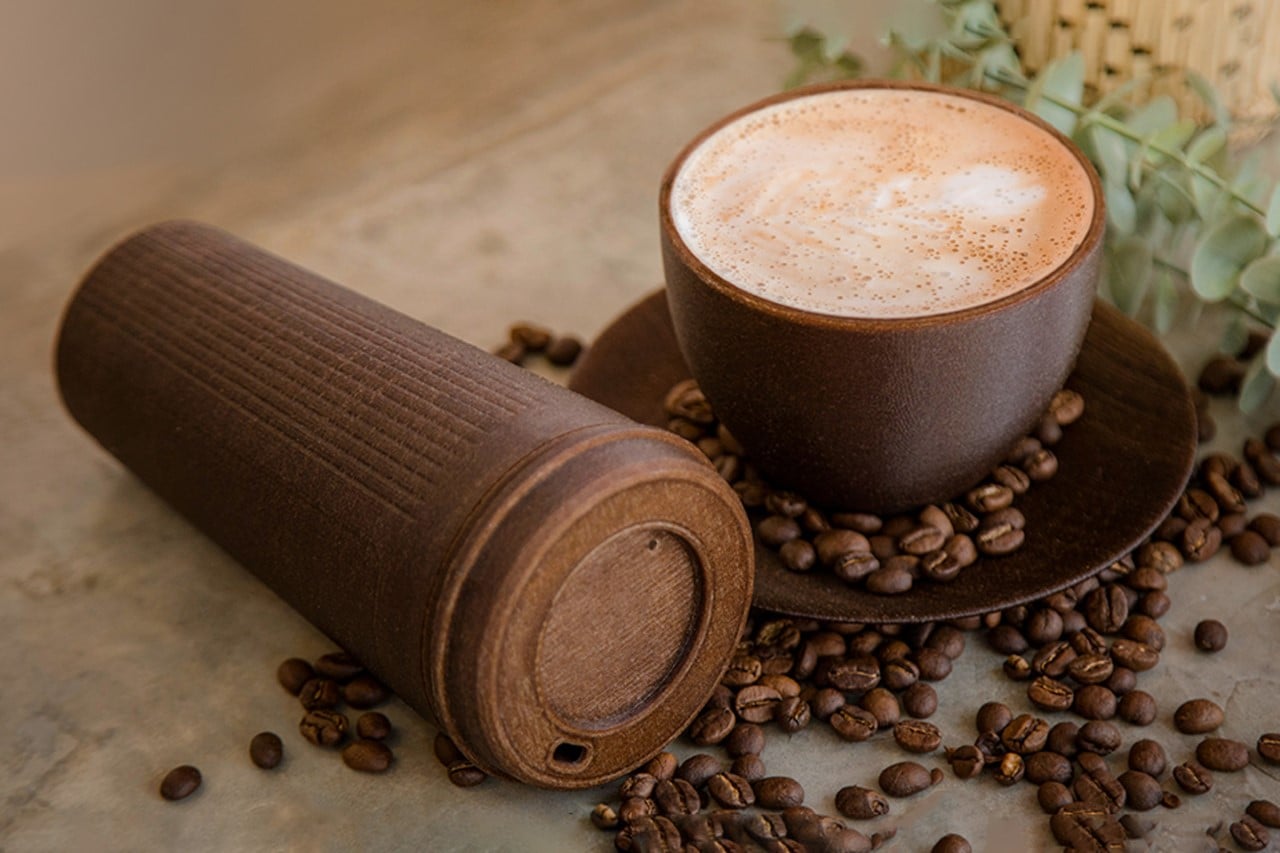
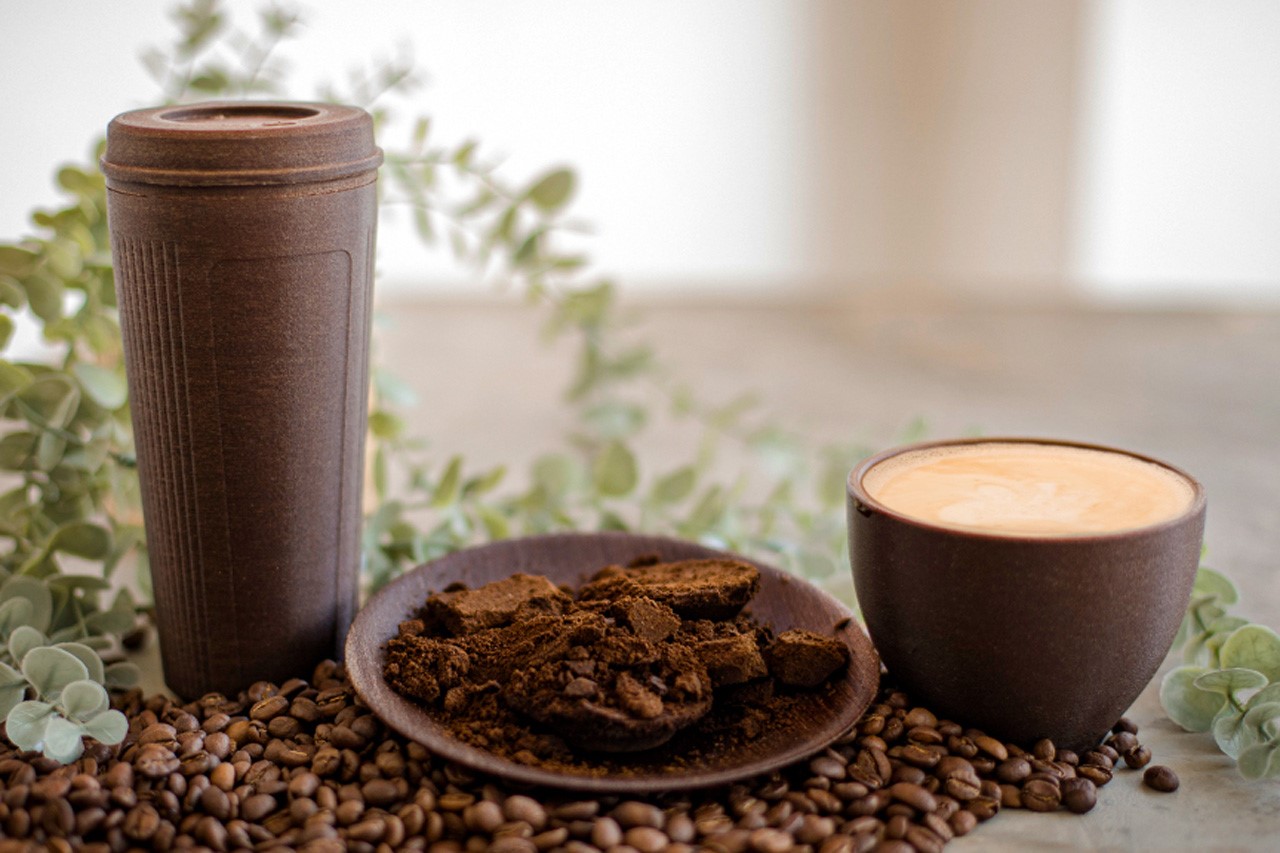
Meet the Kreis Cup, a coffee cup that’s sustainable, durable, and designed to enhance your coffee-drinking experience! Available in a cup and travel-mug styles, the Kreis Cup is a reusable cup made from used coffee grounds and plant-based materials, free of petroleum-based plastics.
Why is it noteworthy?
It is heat resistant and designed to keep your coffee hot longer. That being said, the Kreis Cup is still ultimately biodegradable, unlike the plastic-based to-go mugs you get at your local cafe or the breakable ceramic mugs you use at home. Once it reaches the end of its lifespan, the Kreis Cup disintegrates easily into the soil, leaving absolutely nothing behind.
What we like
- Made from spent coffee grounds that have been dried, treated, and then suspended in a natural, plant-based polymer
- Has the faint, unmistakable scent of coffee
What we dislike
- No complaints!
2. Float


At first glance, this product concept to help kids eat and finish their food seems to have no connection to picky eating. Float looks like regular food storage that kids can bring to school but upon closer inspection, it is a bit more interesting.
Why is it noteworthy?
The shape of the container is inspired by a ship and that’s where the helping picky eaters comes in. Before starting to eat, parents are encouraged to talk to their kids about the perils of leftover food. After eating, you can then float the container in water and depending on how much leftover food is there inside, the ship will lose its balance and sink or if they finished everything, it will float. This gives a bit of interactivity in trying to convince kids to eat all of their food.
What we like
- Made from sustainable materials
- Kids will have fun in assembling and disassembling the container
What we dislike
- Not sure if this will actually convince kids to eat food that they may not always like
3. Packioli


A Turkish designer was able to come up with soap packaging called ‘Packioli‘ that is both hygienic and non-plastic and therefore more eco-friendly. One thing missing from most similar products is convenience and she was able to add it to this as well.
Why is it noteworthy?
She used artichoke leaves and combined them with peapod bioplastics in order to create packaging that commercial soap brands can actually use if they really wanted to be more eco-conscious in creating their products.
What we like
- The packaging itself can last for a week if it gets wet and afterward, it starts disintegrating in the water
What we dislike
- People may find the look of the packaging a bit eccentric and odd
4. Remix Maison


Remix Maison is a collaboration between designer Irina Flore and Native Shoes using the latter’s material called Native Shoes Remix. This proprietary material is made from repurposed footwear, specifically using EVA (Ethylene Vinyl Acetate) and rubber.
Why is it noteworthy?
The shoes that are no longer in use are cleaned and then ground into a new kind of material and then used for other purposes. The sculptural structures also use metal for their frame. For this particular collection, they have created a piece of furniture that also looks like a piece of art.
What we like
- Created from repurposed materials
- Sturdy and ergonomic
What we dislike
- No complaints!
5. CoffeeB
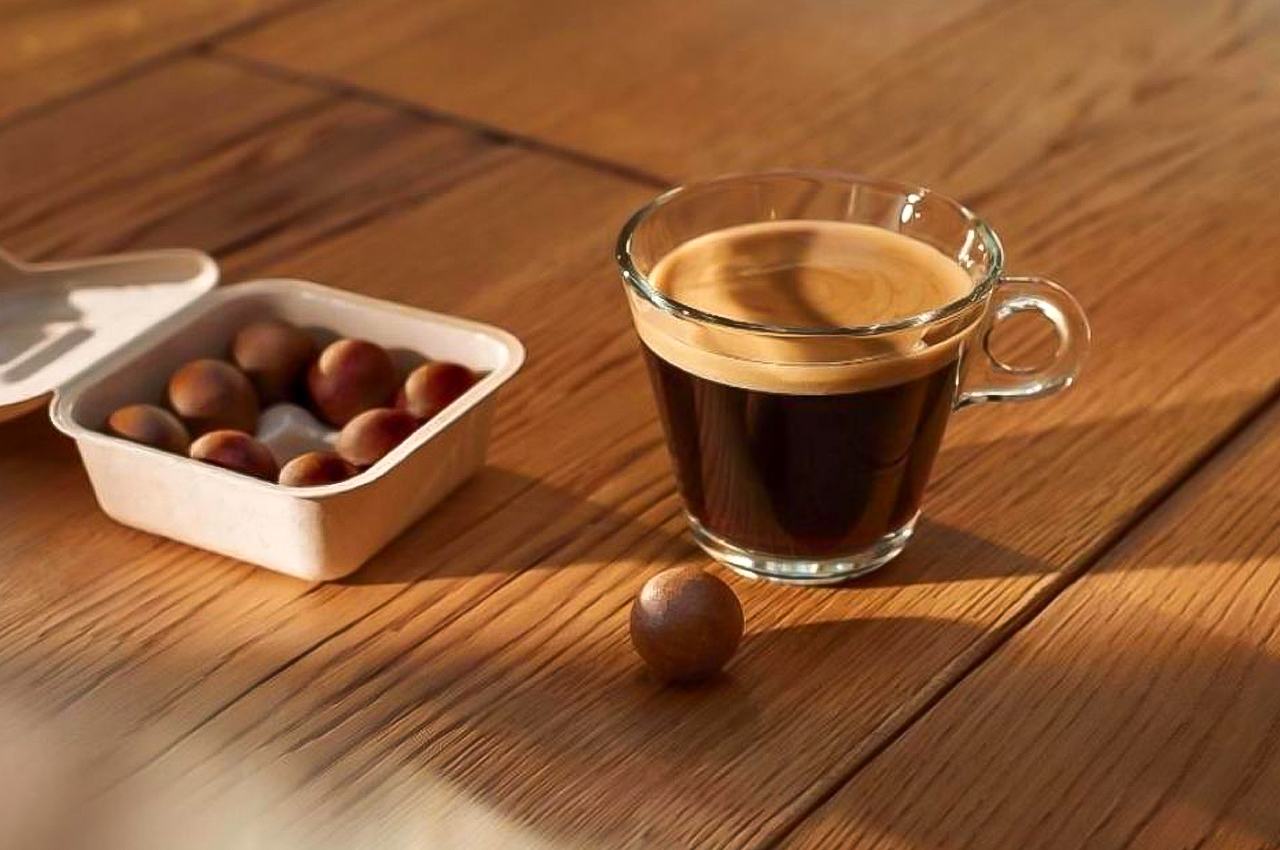

Swedish coffee brand CoffeeB has come up with a coffee machine that uses eco-friendly single-serve Coffee Balls. So basically it’s similar to the coffee pod machines except this one doesn’t have any plastic pods or capsules so you don’t contribute to the world’s plastic waste.
Why is it noteworthy?
The Coffee Balls can last up to three months at room temperature or if you store it in your ref. And after you use them, they can be turned into compost or natural fertilizer for your home plants and gardens. In case you don’t know how to use them post-coffee, the machine comes with instructions and guides on how to properly recycle them.
What we like
- Made from partially-recycled materials
- The coffee grounds used are certified organic and Fair Trade
What we dislike
- Not sure if the packaging could affect the flavor of the coffee
6. Mujjo
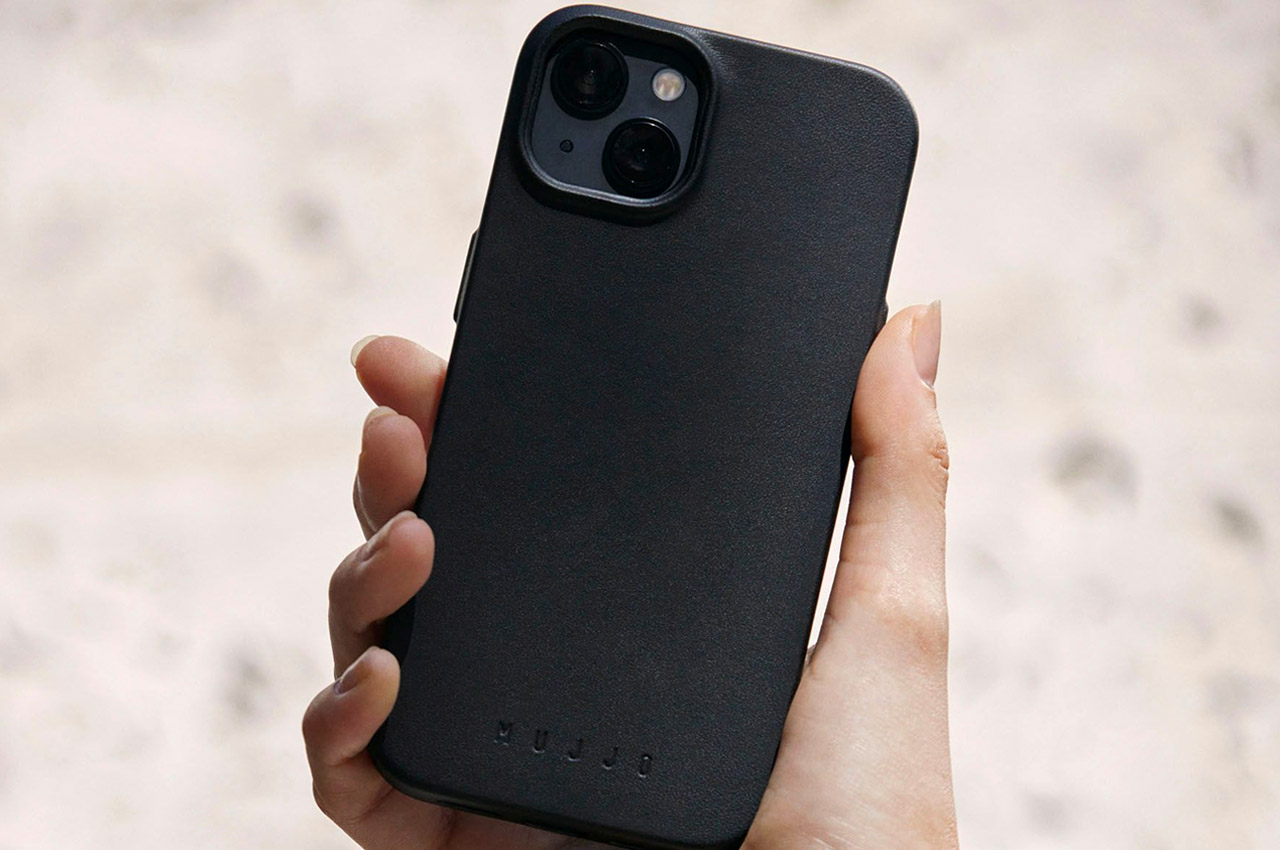
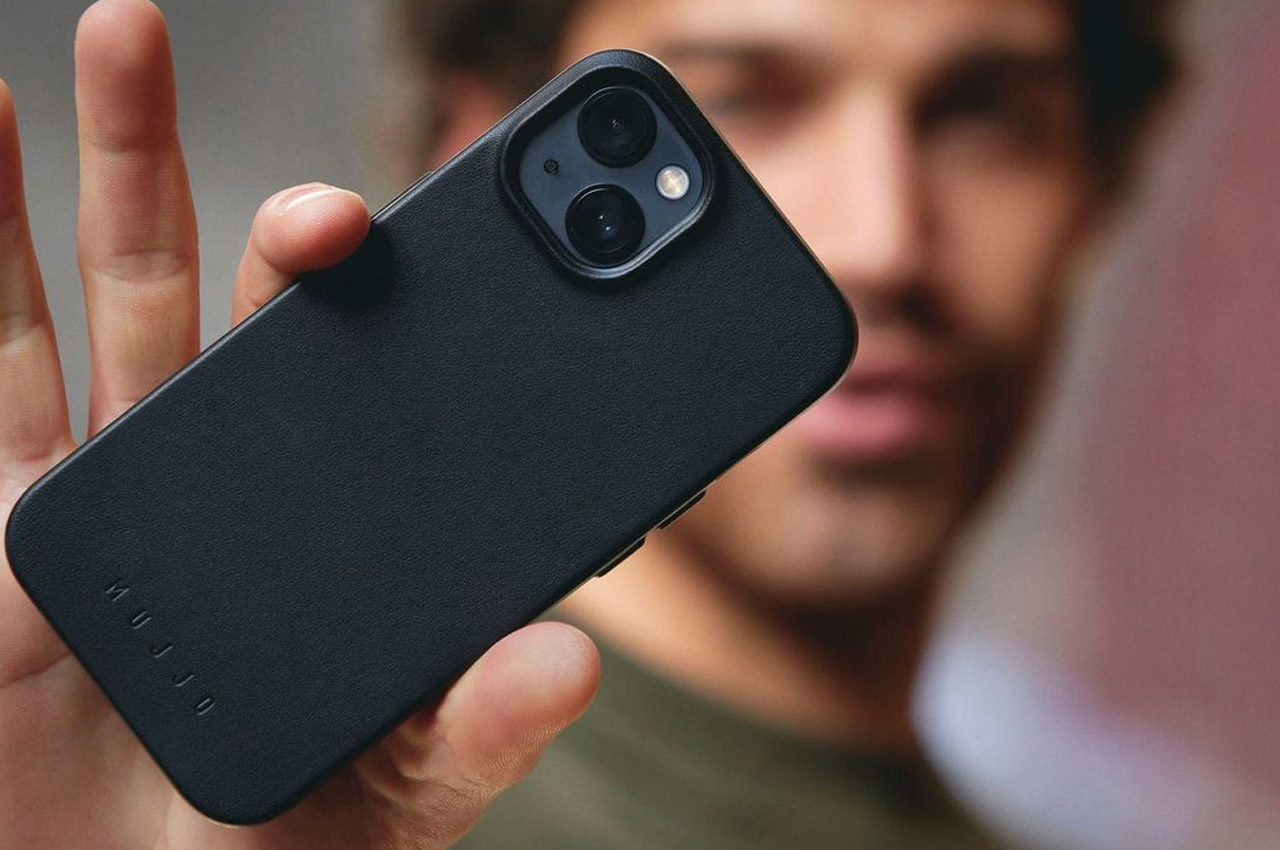
Mujjo has created a collection of luxurious cases for the iPhone 14! The cases are supposed to be the company’s most eco-friendly ones to date.
Why is it noteworthy?
The cases are created from Ecco Leather, which is now Gold Rated by the Leather Working Group. The beautiful vegetable-tanned leather is produced in the Netherlands and provides a durable finish that will develop a patina over time, making each individual case unique. The interior of the case is lined with the finest Japanese microfibre – which is slim, lightweight, and yet extremely strong.
What we like
- A raised bump around the rear camera provides great protection to the protruding lenses
- The leather subtly rises 1mm above the edge of the glass, creating a raised bezel, which ensures abrasive surfaces are kept away from the screen
What we dislike
- No complaints!
7. The Third Size


The Third Size is a product concept that utilizes rice straw to create not just the tissue but the boxes they come in as well. As anyone who has lived without a bidet or who suffers from various allergies and sicknesses, tissue paper is among the most used materials. In reality, just a small part of it is used and the rest is discarded. Re-using it comes with so many hygiene and medical issues. Some of them come in disposable boxes so the container is also part of the waste.
Why is it noteworthy?
Using biodegradable and recyclable materials like rice straw can help in limiting wastage. Third Size is a multi-size carton that can hold replaceable tissue packs. The different-sized holes let you choose which size tissue you’ll be needing, whether to blow your nose, wipe off a table, or do your business in the bathroom. The box is sturdy enough to be re-used several times over and can even be used as a container for other stuff if you have no need for tissue paper.
What we like
- Helps in limit wastage
- The box is sturdy enough to be re-used several times over
What we dislike
- No complaints!
8. B-Wise
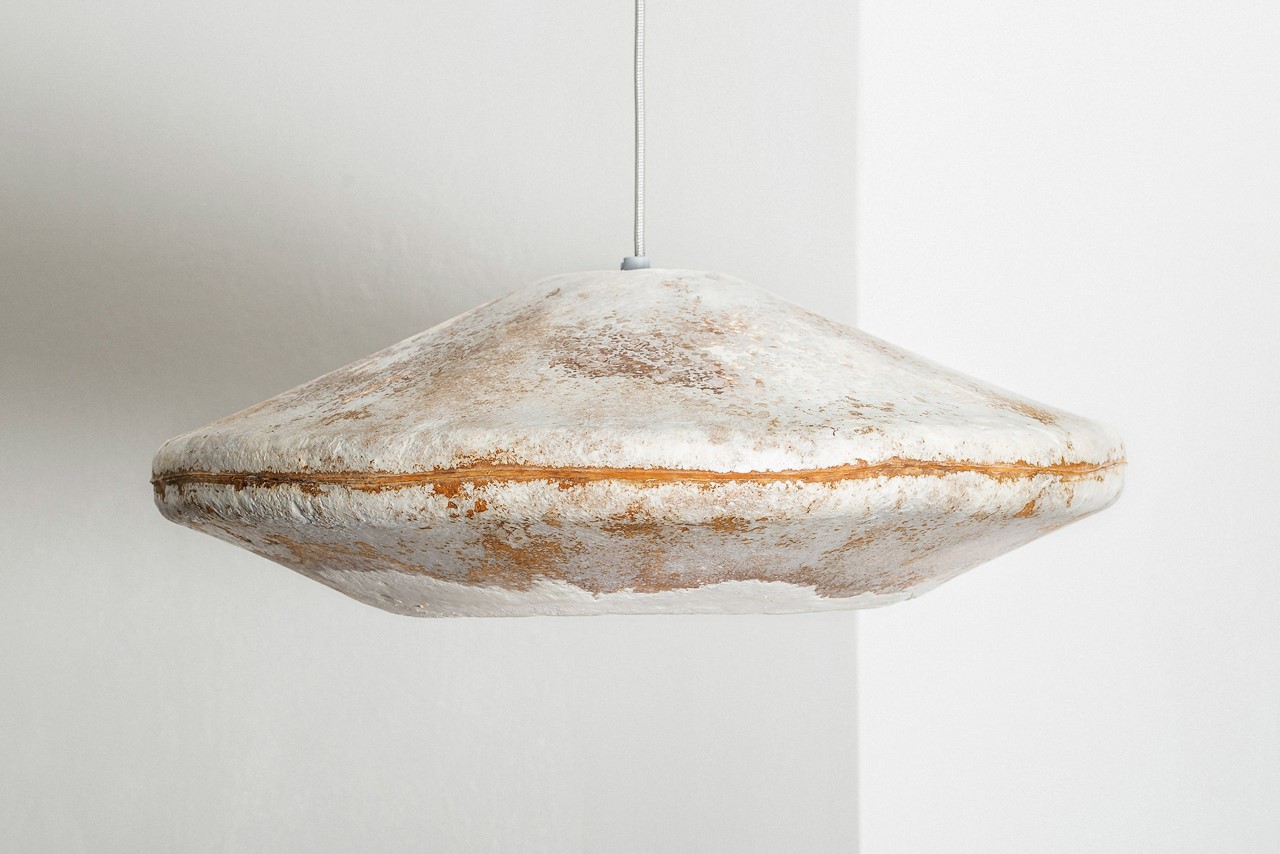
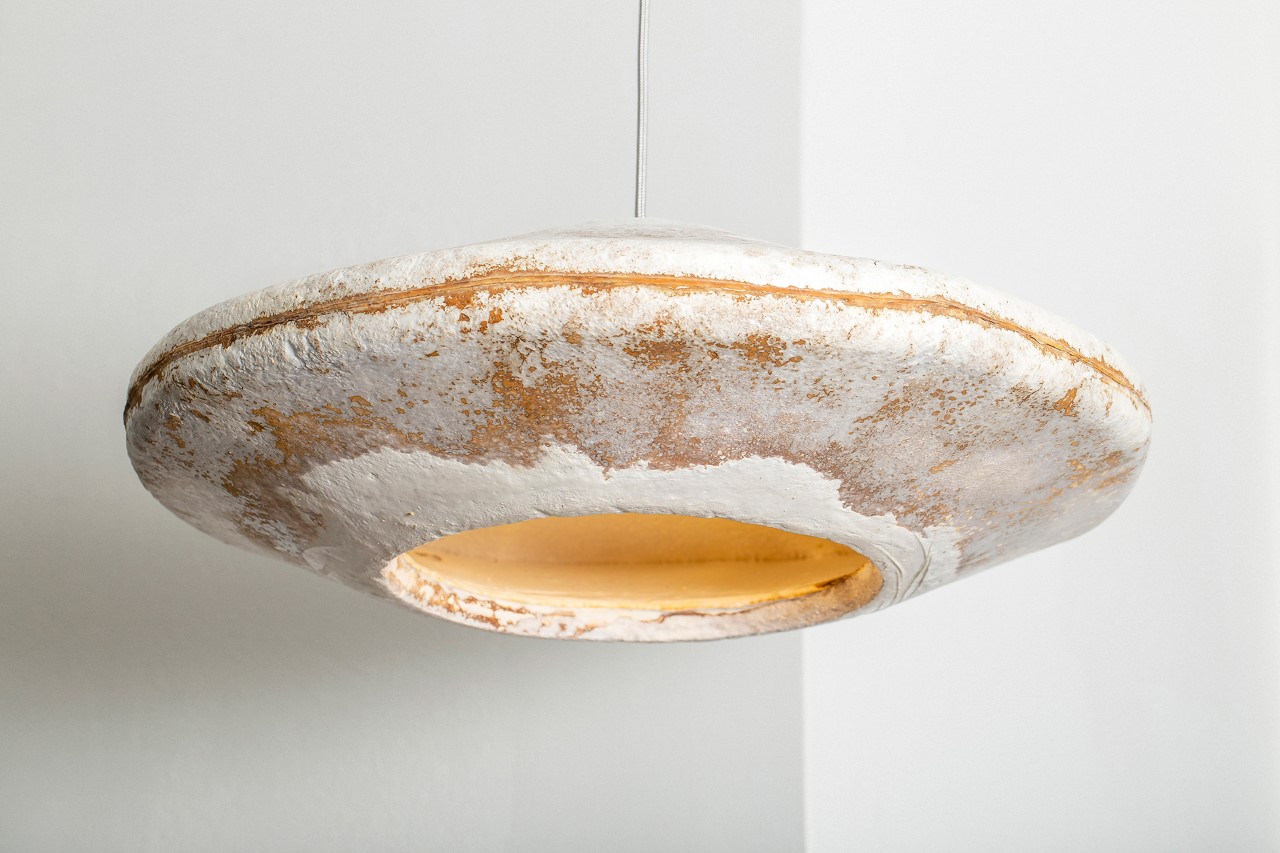
Unveiled this year at the Dutch Design Week, ‘B-Wise’ is a uniquely grungy-looking lampshade that’s actually made from mycelium – the vegetative part of a mushroom or fungus that often grows underneath the surface while we just notice the mushroom caps that make their way through the ground or tree bark.
Why is it noteworthy?
The pendant lamp, which measures an impressive 60cm wide, comes with a grungy appearance that is unique to each lamp. To make each lamp, the designers at Myceen take an empty mold and fill it with mycelium along with waste organic material from the timber and agricultural industry including sawdust and straw for the mycelium to feed on. In a matter of just 5 weeks, the mycelium grows into the shape of the mold and is then de-molded and dehydrated to prevent any further growth.
What we like
- Unique grungy appearance
What we dislike
- No complaints!
9. Kudarat
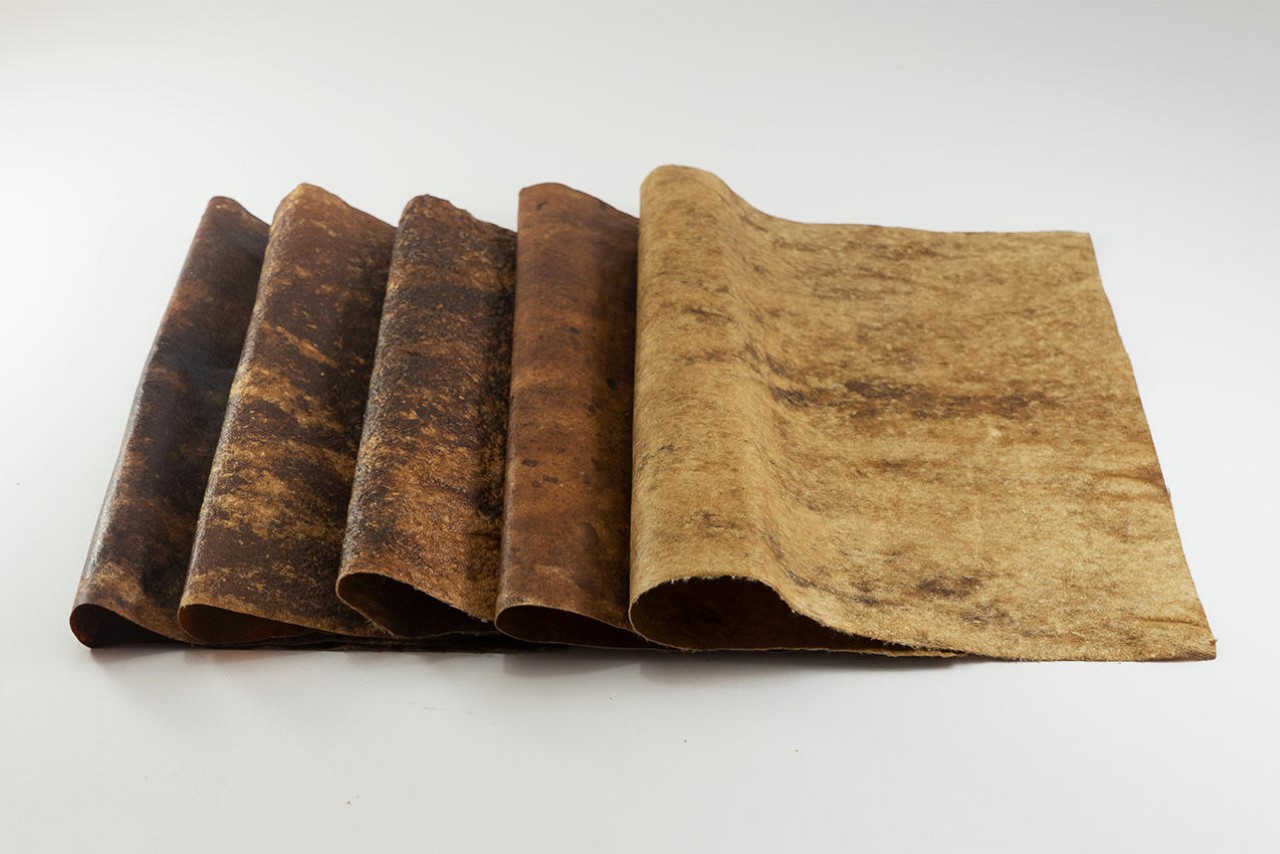
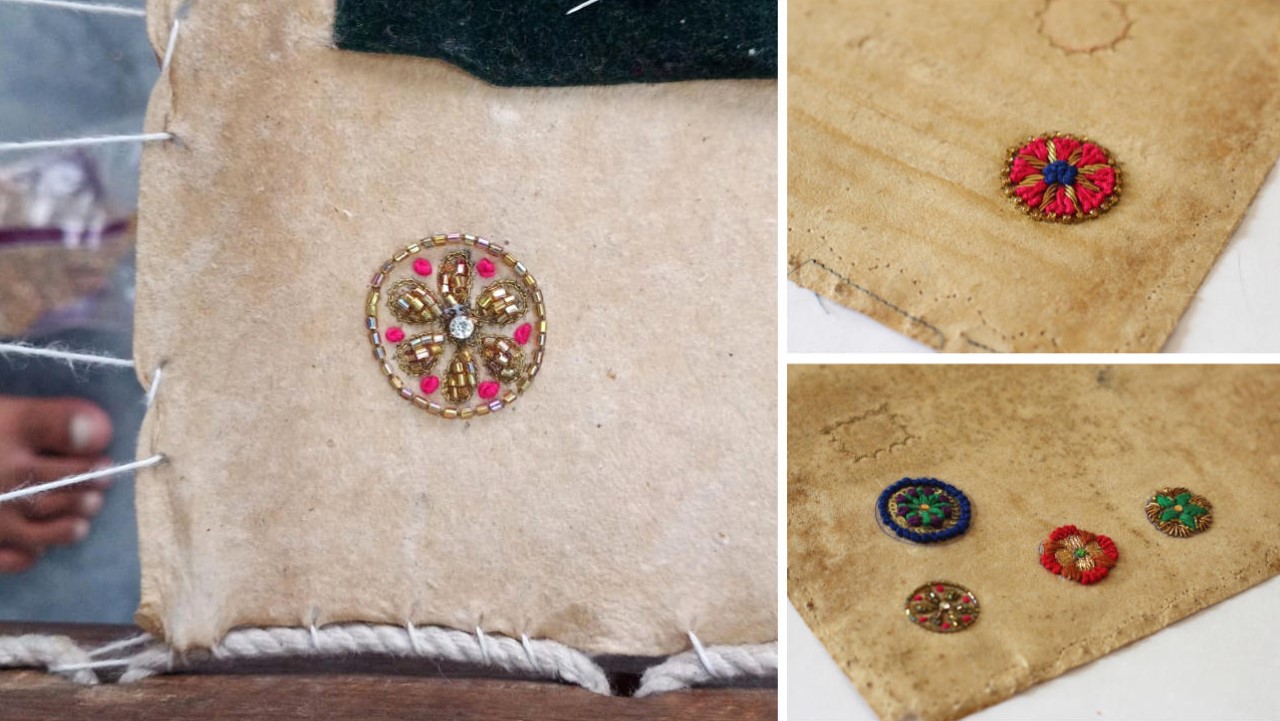
Meet Kudarat, a leather alternative synthesized using algae, food & fiber waste. Created by Divya Verma of the National Institute of Design in India, Kudarat bases itself on the concepts of circularity & sustainability, targeting SDGs (sustainable development goals).
Why is it noteworthy?
Kudarat leather resembles animal leather but is cruelty-free, waterproof, compostable, antimicrobial, and possesses good tensile strength, making it perfect for practical applications. It secured the National Runner-Up position at this year’s James Dyson Awards, narrowly being beaten by a design for a reusable EpiPen.
What we like
- They’re dyed using natural colors derived from food and flower waste
- The leather looks feels and lasts as long as traditional animal-hide
What we dislike
- No complaints!
10. Airy


The award-winning prototype Airy is a lightweight, comfortable, fashionable, and even sustainable kind of brace to correct the lateral curvature of the spine.
Why is it noteworthy?
The designer actually created this after talking with a group of adolescent girls, which is the demographic most affected by scoliosis. She tried to solve the pain points of the current back braces available in the market and came up with something that is not just comfortable but adjusts to the still-growing bodies of its users.
What we like
- The prototype is made from translucent polylactic acid (PLA) and its padding has a Voronoi pattern not just for aesthetics but to let the brace breathe
What we dislike
- No complaints!
The post Top 10 eco-friendly designs for the environmentalist in you first appeared on Yanko Design.









